Several years ago we set a goal for ourselves to hike all 500 featured hikes in William L. Sullivan’s “100 Hikes…” series of guidebooks (post). In 2020 we completed the first of these books covering the Central Oregon Cascades (post). We followed that up by completing a pair of books in 2021 starting with Sullivan’s “100 Hikes/Travel Guide Oregon Coast and Coast Range” 3rd edition (post) followed up by “100 HIkes/Travel Guide Northwest Oregon & Southwest Washington” 4th edition (post).
Generally speaking in order to check a hike off our list we need to have hiked a substantial portion of Sullivan’s described hike or visited the main attraction(s) he identifies for the hike. For 66 of the hikes we followed the books described route. For the other 34 hikes various factors contributed to us not completing all of each featured hike. For some we started at a different trailhead, others had portions of trail(s) closed when we visited, and several had longer options that would have required multiple days to complete. In some other cases we did slightly different routes, sometimes by accident.
The area covered by Sullivan in this book, as the title suggests includes parts of Southern Oregon and Northern California. It contains his southernmost featured hike, Caribou Lakes. In general the area covered in Oregon begins just North of Roseburg extending East to Highway 97 (with the exception being Klamath Falls which is included in his Eastern Oregon book), South to California, and West to Marial on the Rogue River. In California the area extends south to the Trinity Alps Wilderness, West to the Siskiyou Wilderness, and East to the Mount Shasta Wilderness.


In addition to the three wilderness areas in California mentioned above the featured hikes included visits to the Marble Mountain, Castle Crags, Russian, and Red Buttes Wilderness areas in California. Wilderness areas in Oregon included the Red Buttes (OR & CA share this wilderness), Kalmiopsis, Wild Rogue, Soda Mountain, Mountain Lakes, Sky Lakes, Rogue-Umpqua Divide, Boulder Creek, and Mt. Thielsen.
In addition to the 15 designated wilderness areas there were hikes in two National Monuments – Oregon Caves & Cascade-Siskiyou, and Crater Lake National Park.
#1 North Bank Ranch-Hiked 6/5/2015 6/25/2023
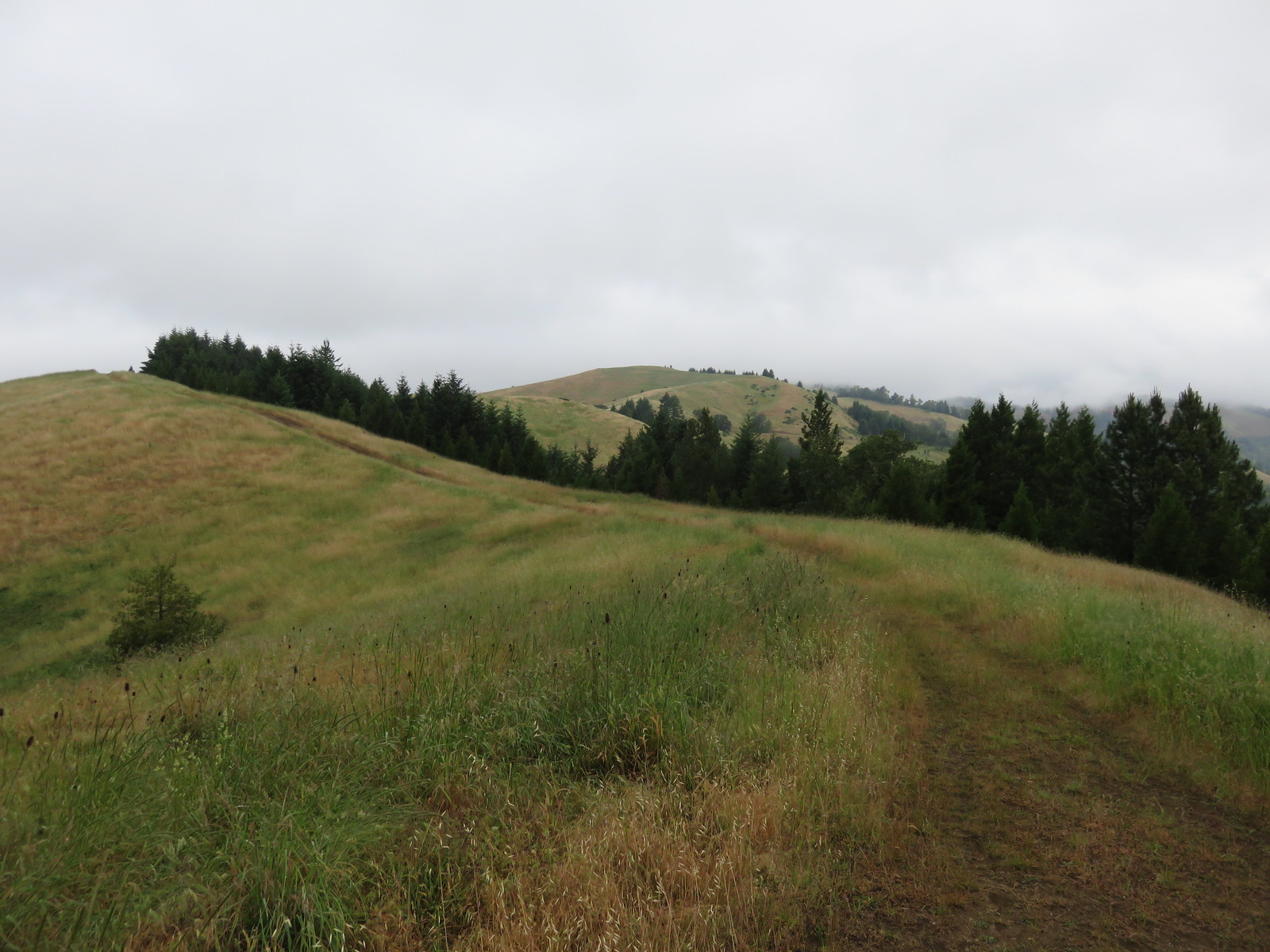
#2 Fall Creek Falls-Hiked 6/13/2022 8/7/2022 6/25/2023
 Fall Creek Falls
Fall Creek Falls
#3 Little River Waterfalls-Hiked 8/7/2022
 Yasko Falls
Yasko Falls
#4 Boulder Creek-Hiked 9/7/2020

#5 Twin Lakes-Hiked 6/14/2022
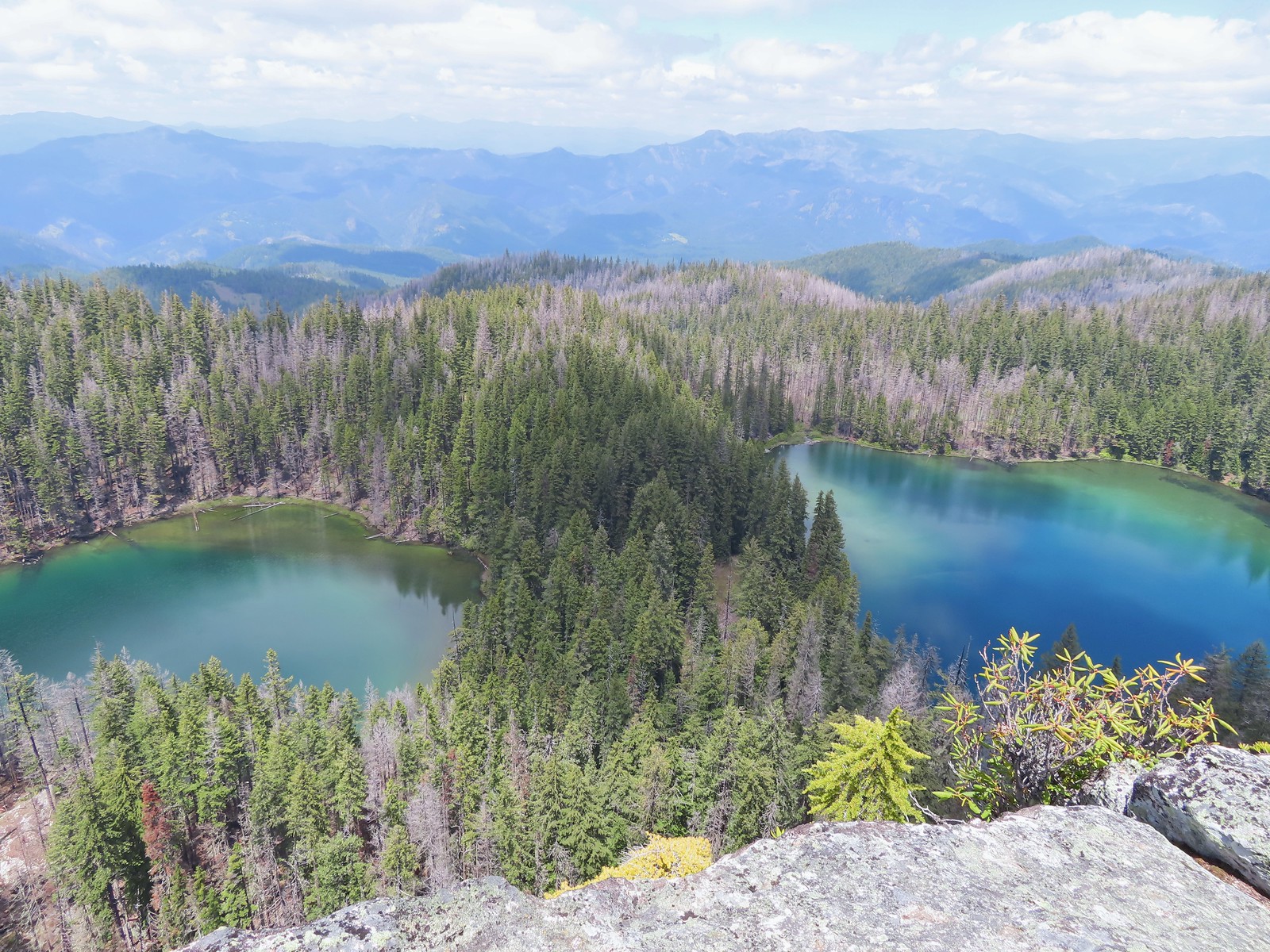
#6 Fish Lake-Hiked 9/3/2022

#7 Buckey and Cliff Lakes-Hiked 9/3/2022

#8 Umpqua Hot Springs-Hiked 6/13/2022
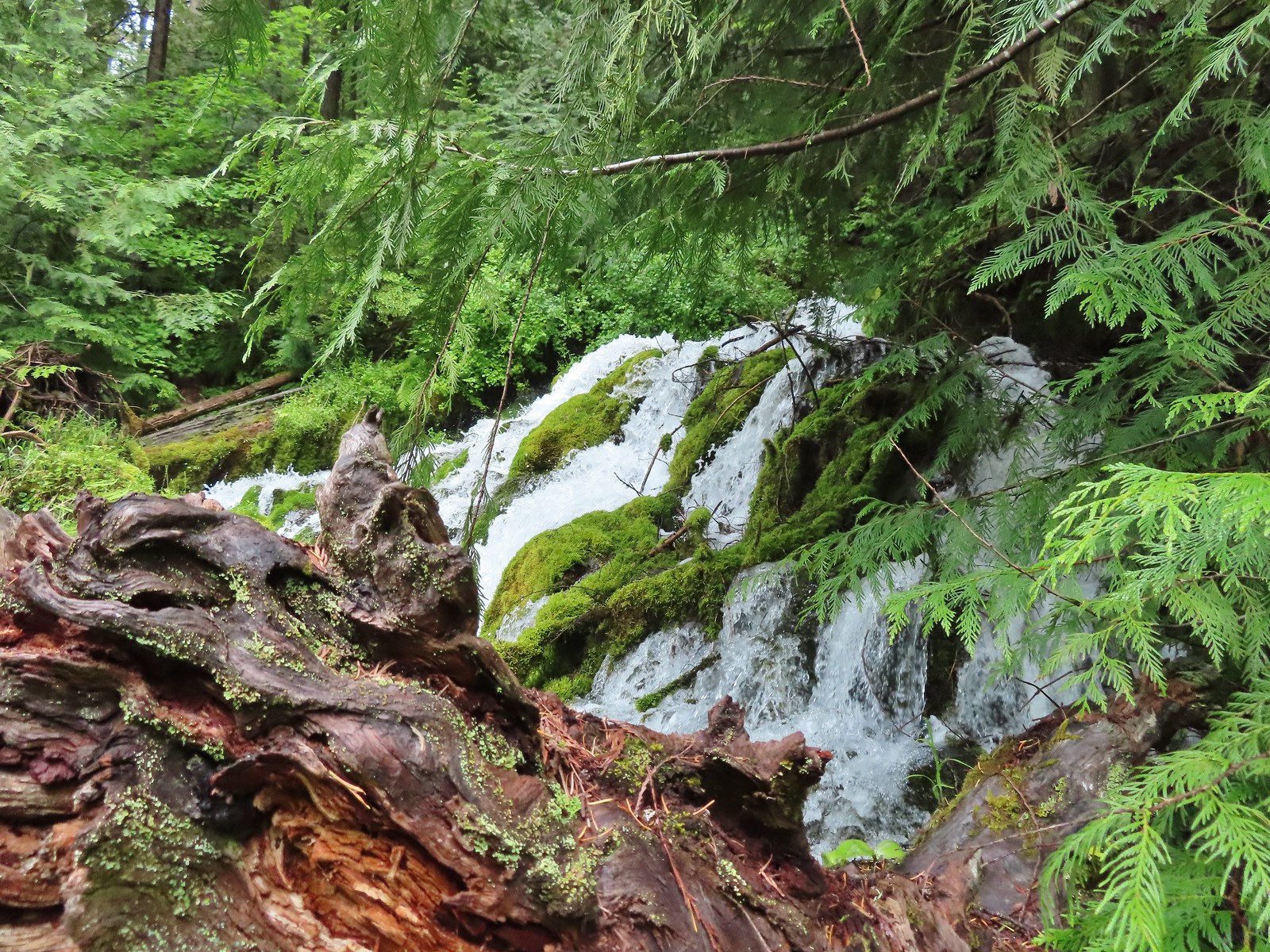
#9 Toketee and Watson Falls-Hiked 6/13/2022
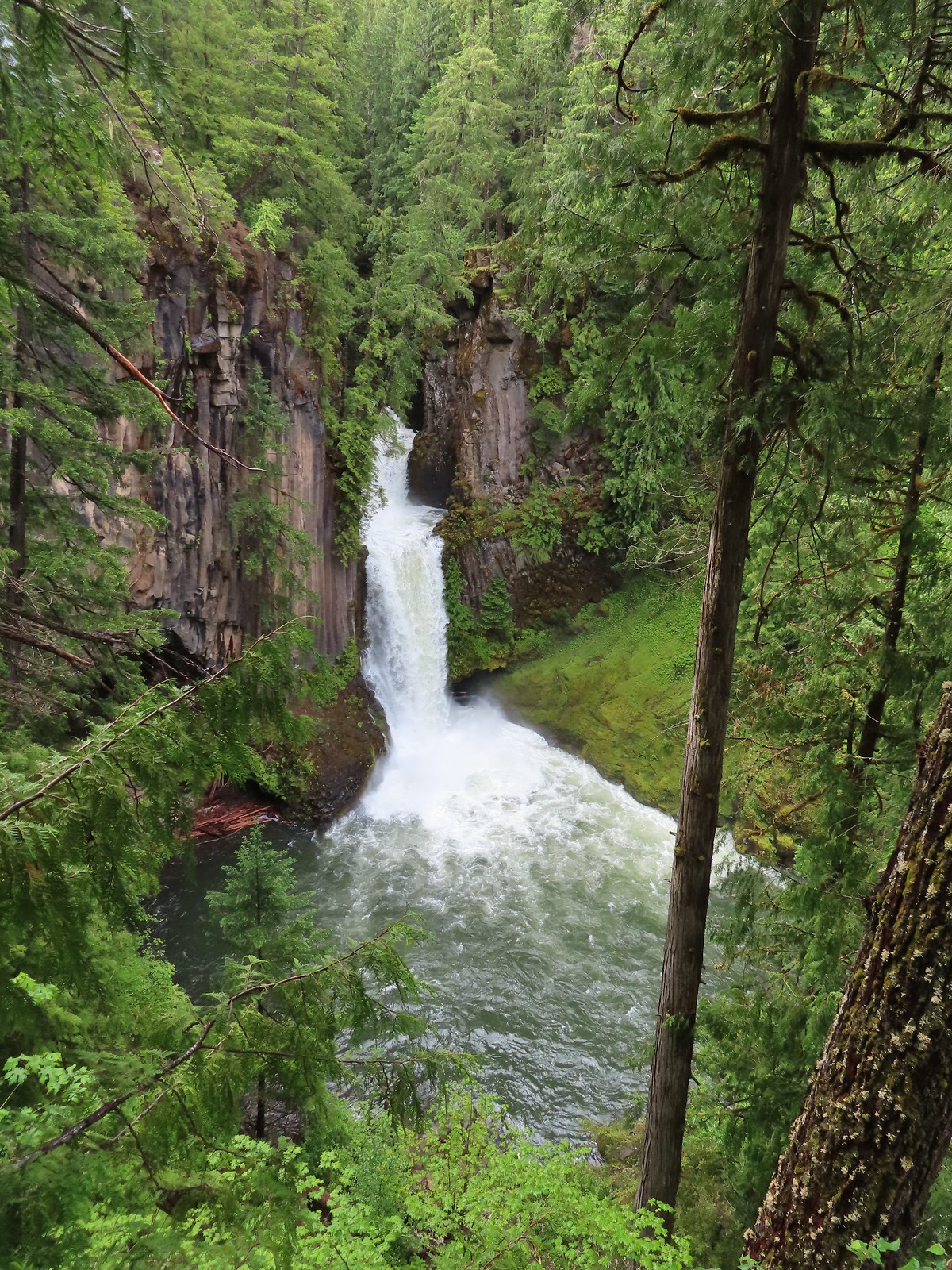
#10 Lemolo Falls-Hiked 6/13/2022

#11 Cowhorn Mountain-Hiked 9/15/2016

#12 Miller and Maidu Lakes-Hiked 8/1/2012

#13 Tipsoo Peak-Hiked 10/2/2014
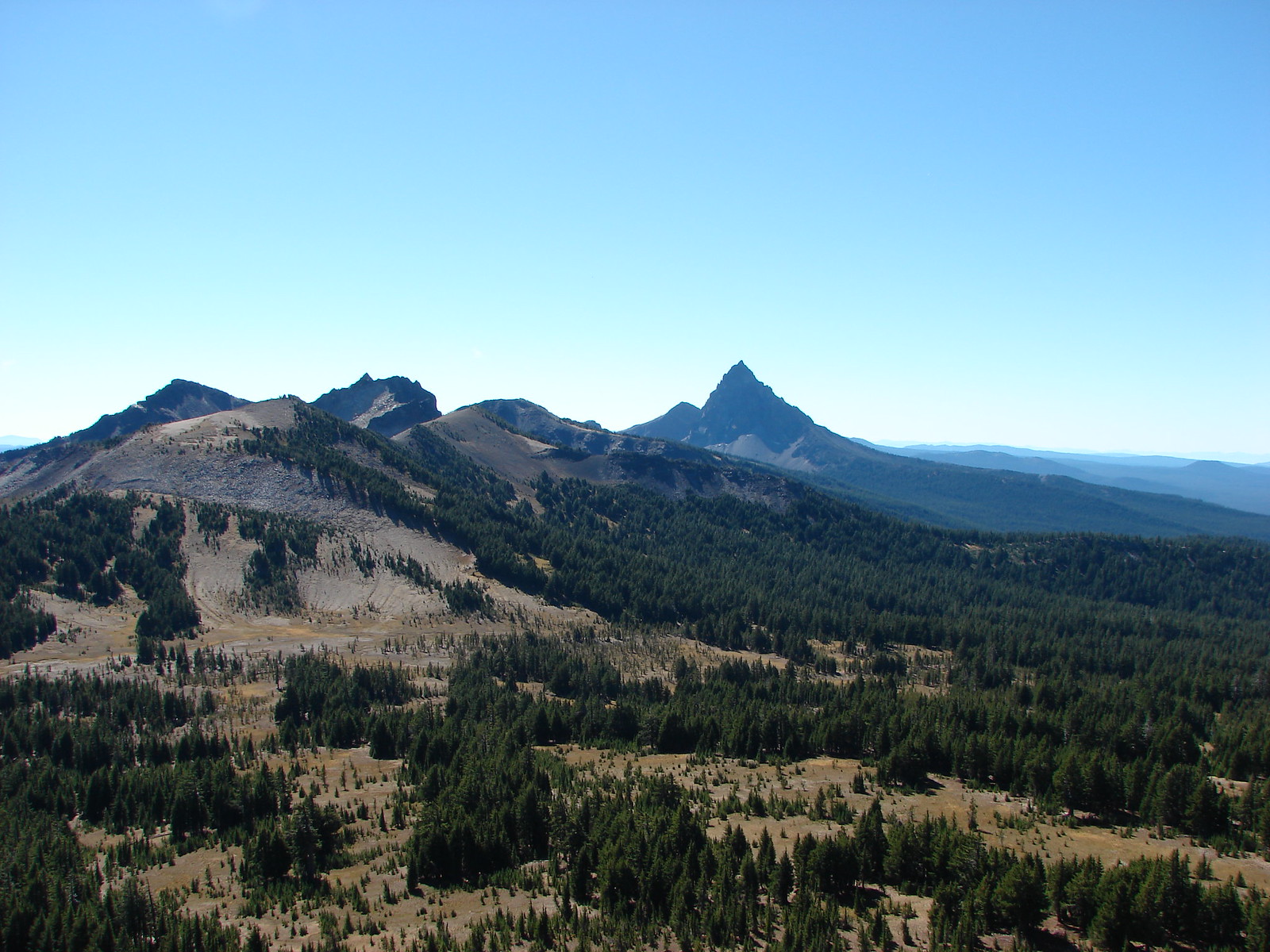
#14 Thielsen Creek-Hiked 8/8/2020
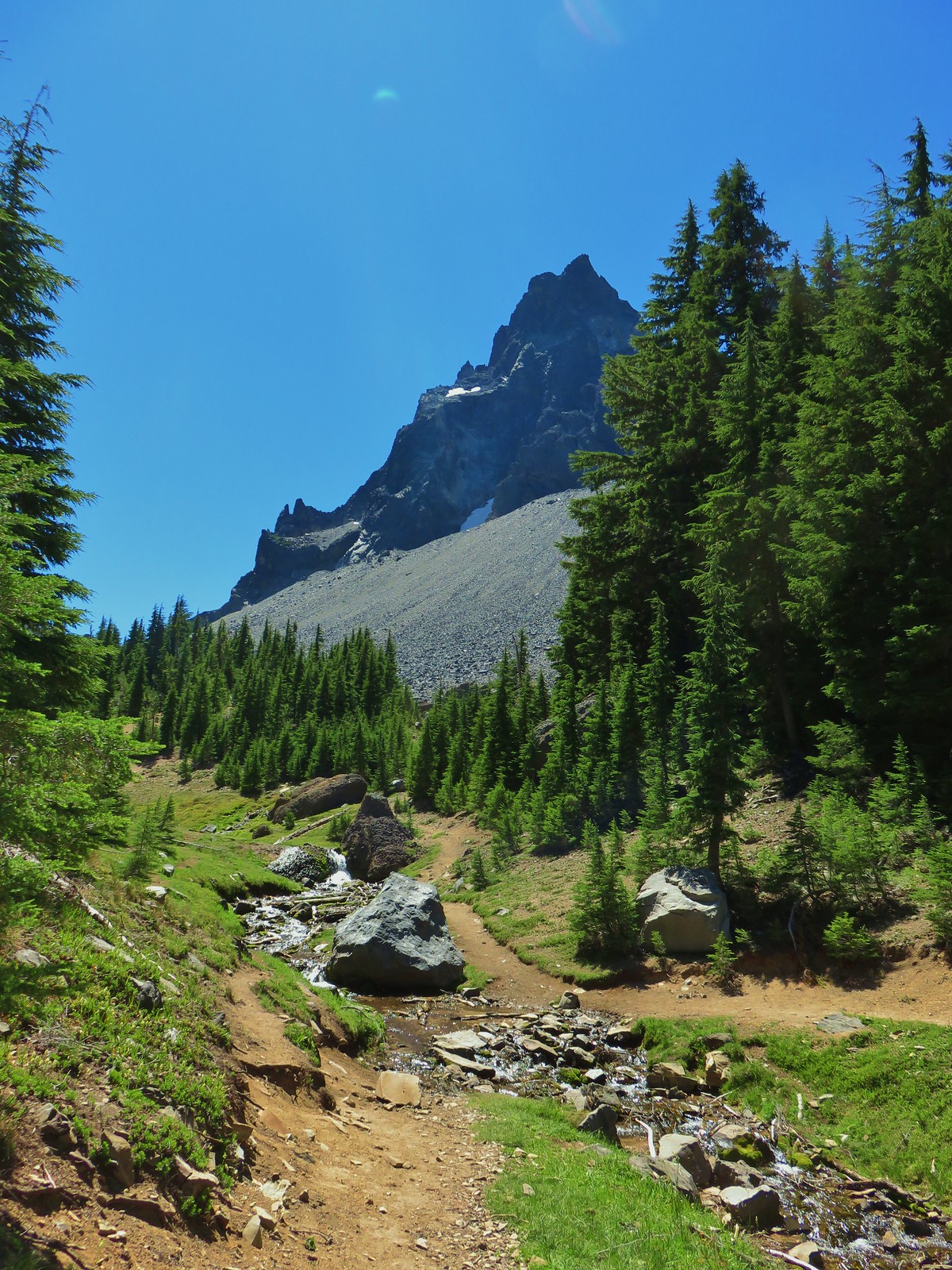
#15 Mount Thielsen-Hiked 9/23/2012
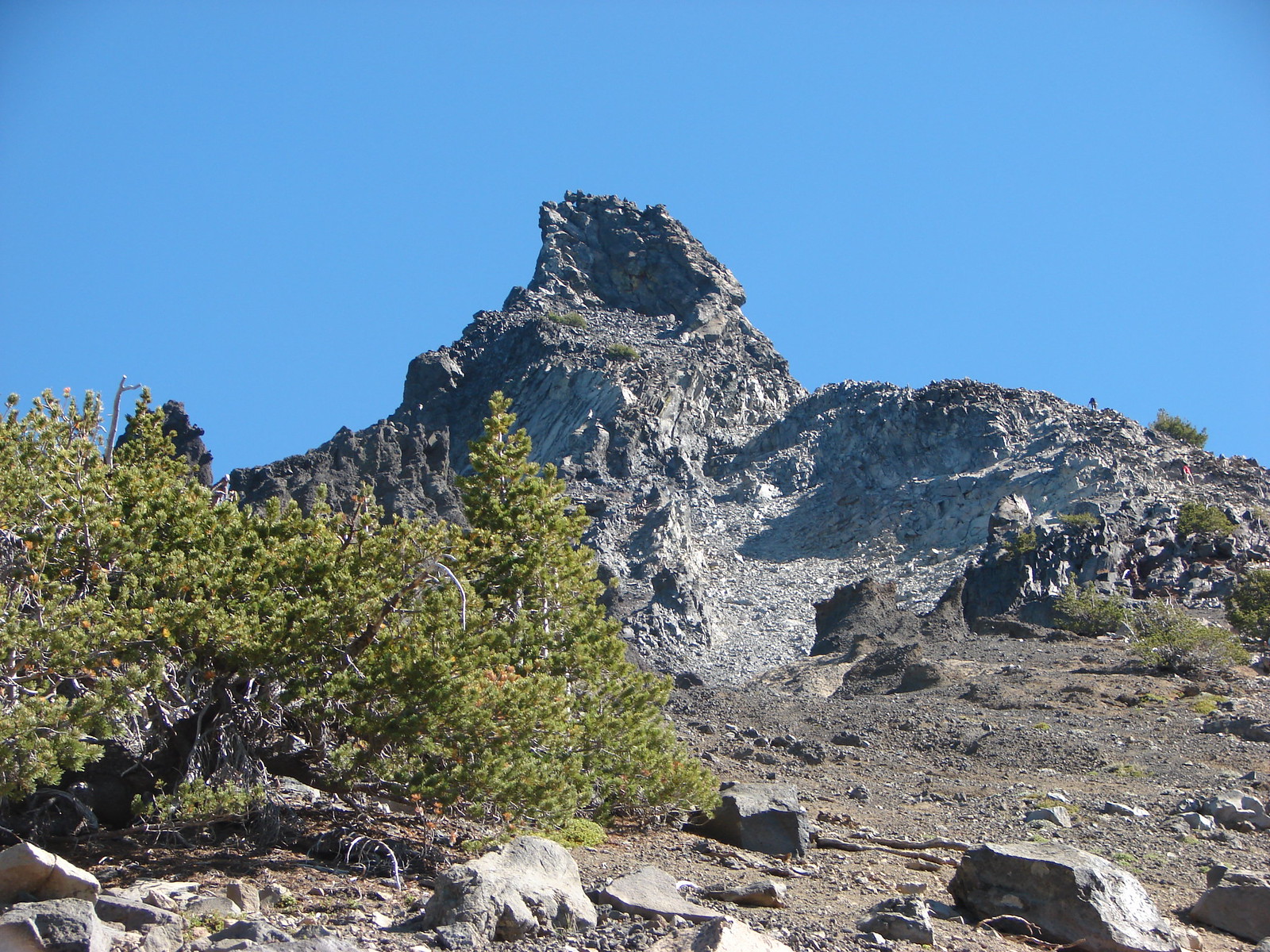
#16 Diamond Lake-Hiked 9/5/2020

#17 Mount Bailey-Hiked 8/12/2012
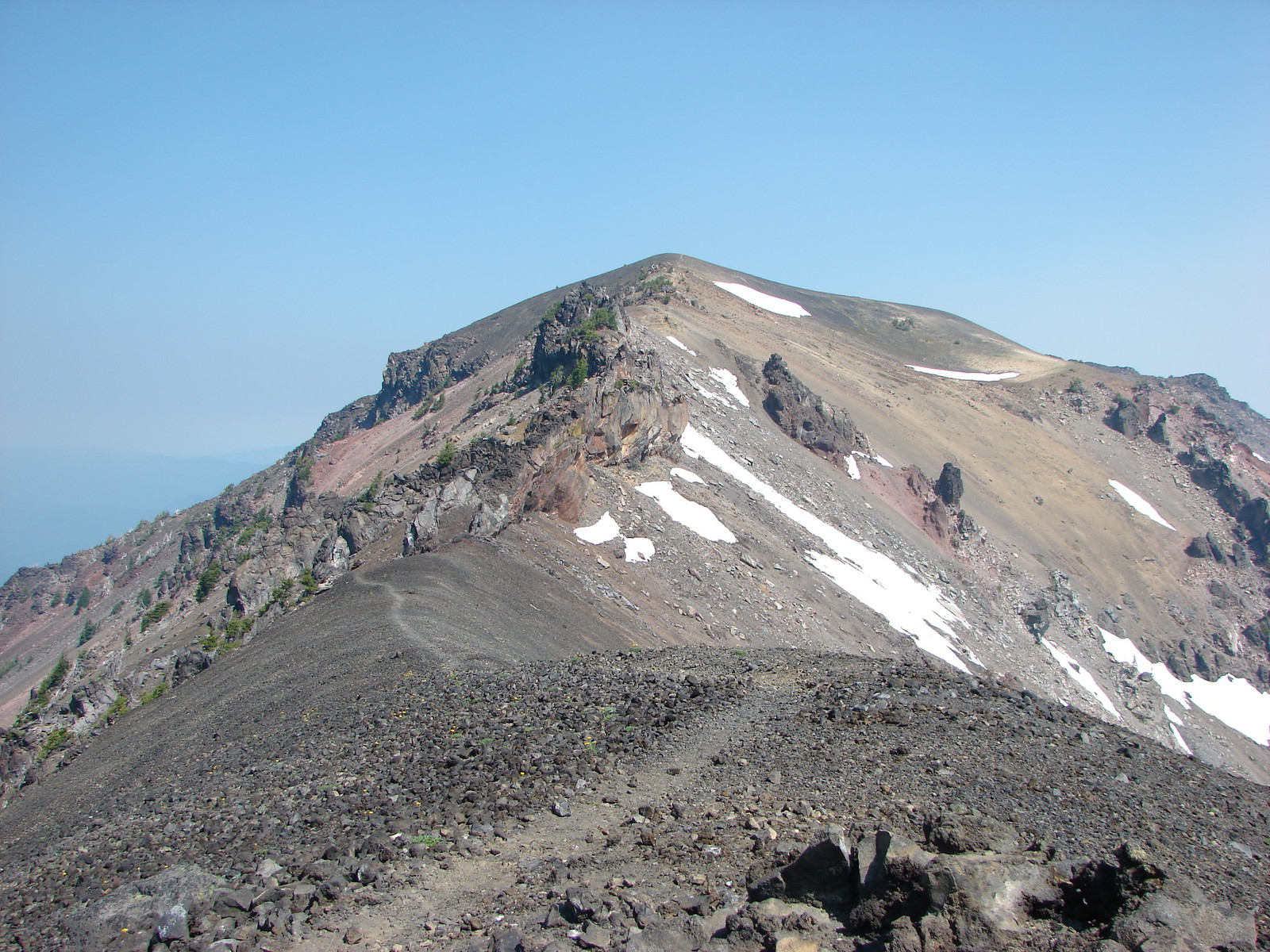
#18 Boundary Springs-Hiked 6/13/2014

#19 Park Headquarters-Hiked 7/31/2023
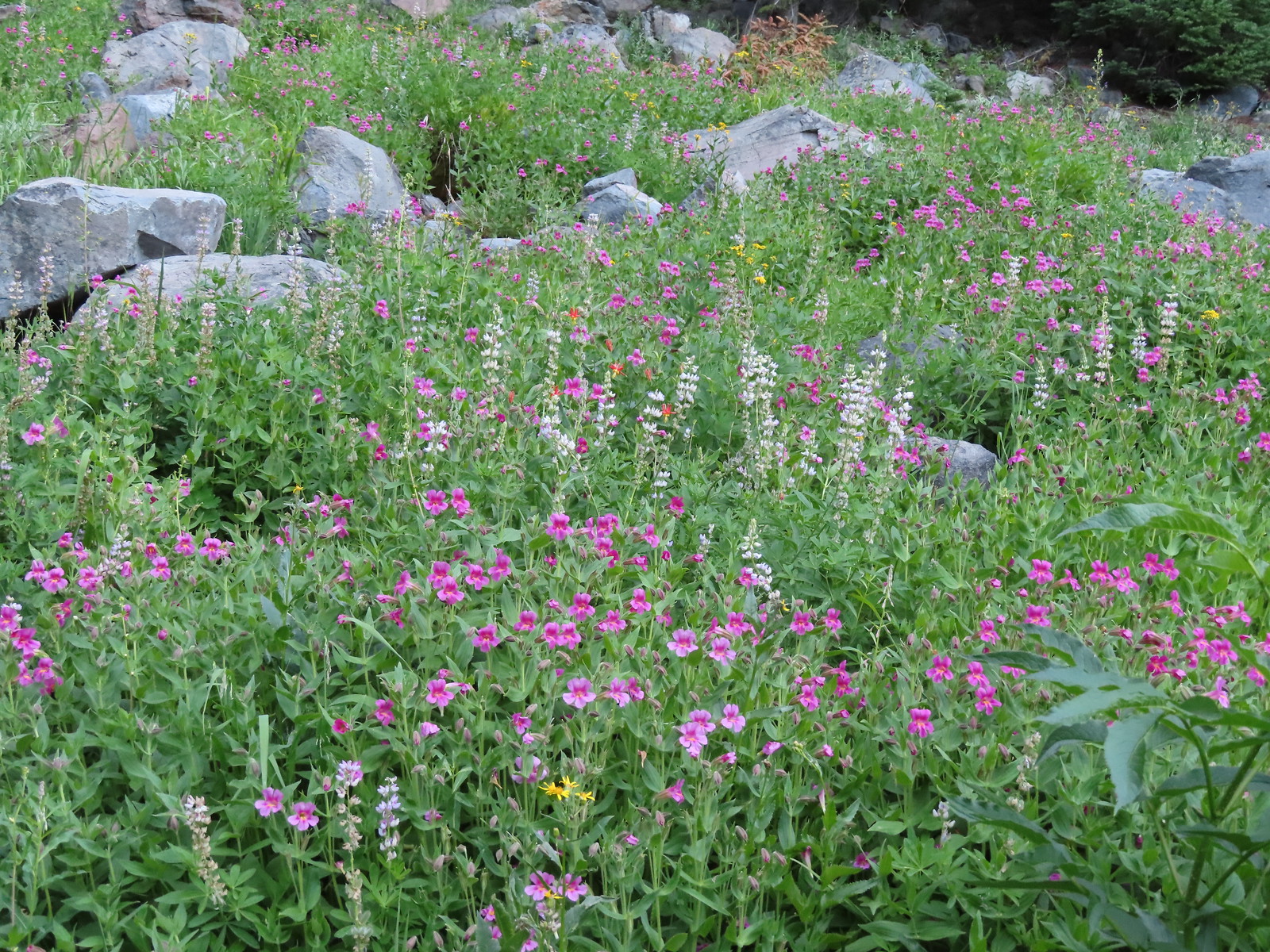
#20 Garfield Peak-Hiked 7/31/2023
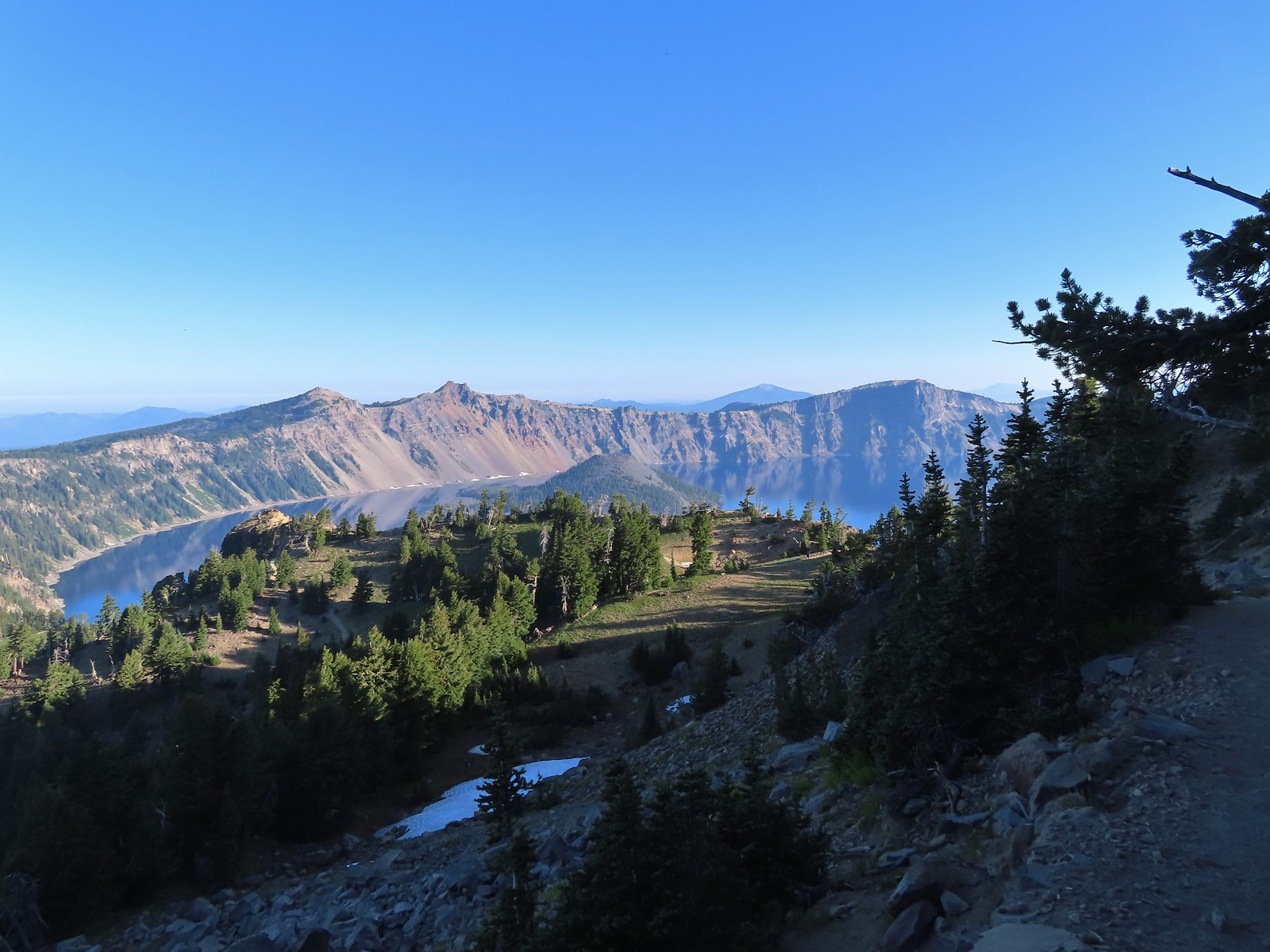
#21 Discovery Point-Hiked 9/19/2022

#22 The Watchman-Hiked 8/12/2012 7/31/2023

#23 Wizard Island-Hiked 8/1/2023

#24 Mount Scott-Hiked 10/2/2014

#25 Plaikni Falls and The Pinnacles-Hiked 7/30/2023

#26 Crater Peak-Hiked 7/30/2023

#27 Annie Creek & Godfrey Glen-Hiked 7/30/2023 7/31/2023
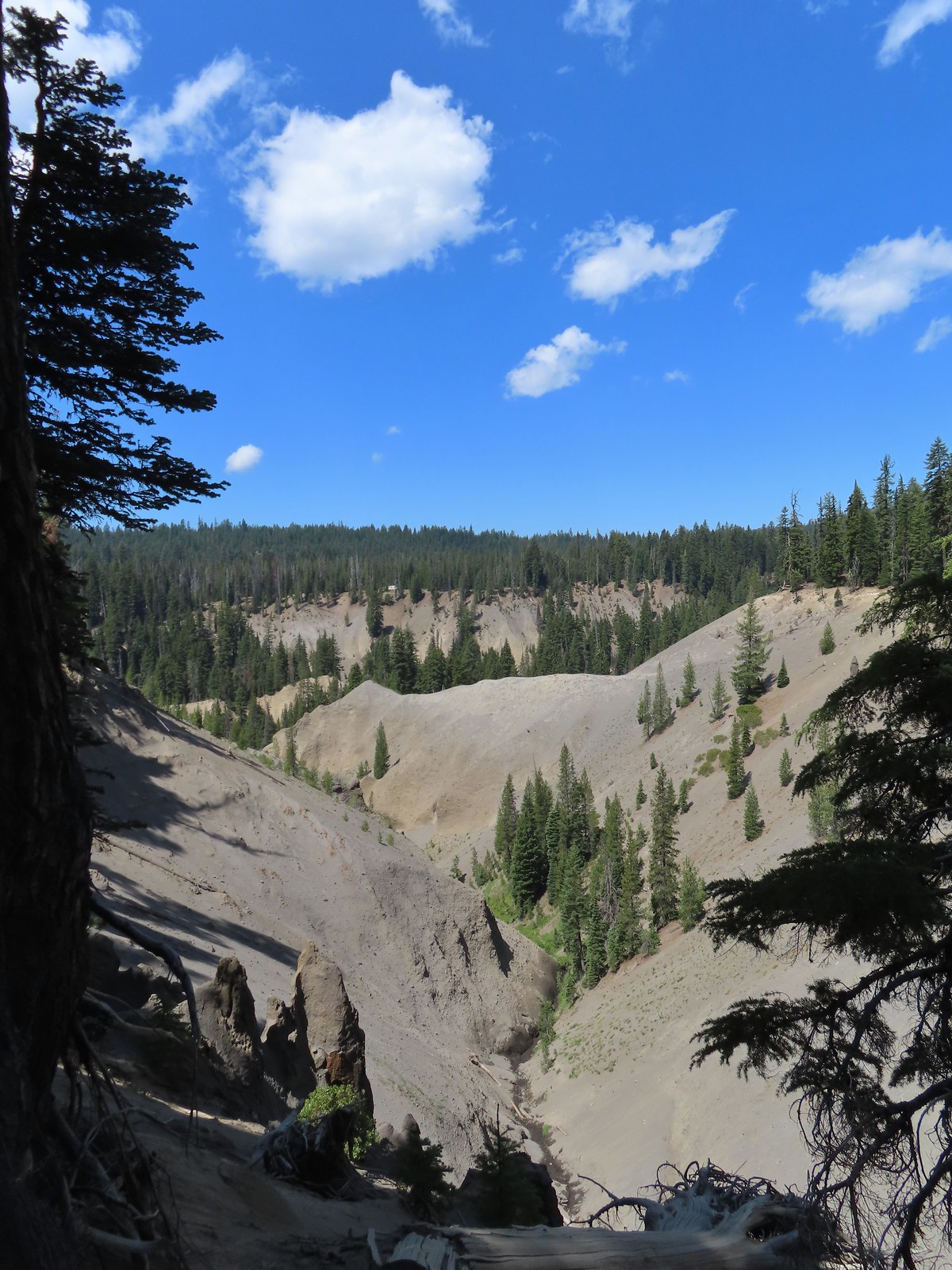
#28 Union Peak-Hiked 9/17/2022

#29 Upper and Lower Table Rocks-Hiked 6/9/2017 (Lower) & 5/26/2022 (Upper)
 Lower Table Rock
Lower Table Rock
 View from Upper Table Rock
View from Upper Table Rock
#30 Lost Creek Lake-Hiked 6/9/2017

#31 Takelma Gorge-Hiked 10/15/2020

#32 Natural Bridge-Hiked 10/16/2020

#33 Union Creek-Hiked 10/17/2020 9/20/2022

#34 Abbott Butte-Hiked 10/17/2020
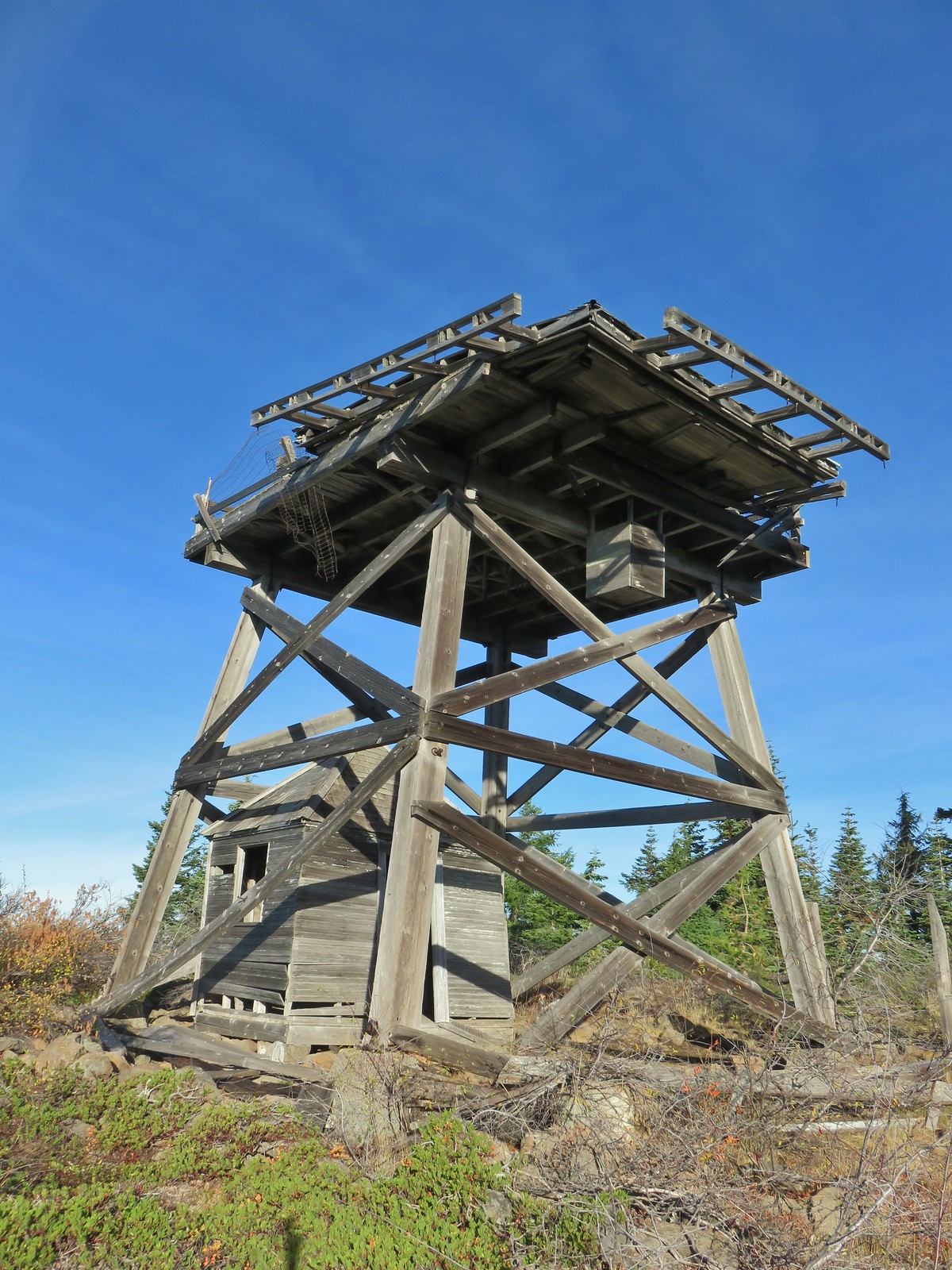
#35 Hershberger Mountain-Hiked 10/16/2020

#36 Muir Creek-Hiked 5/27/2018

#37 Rattlesnake Mountain-Hiked 9/6/2020
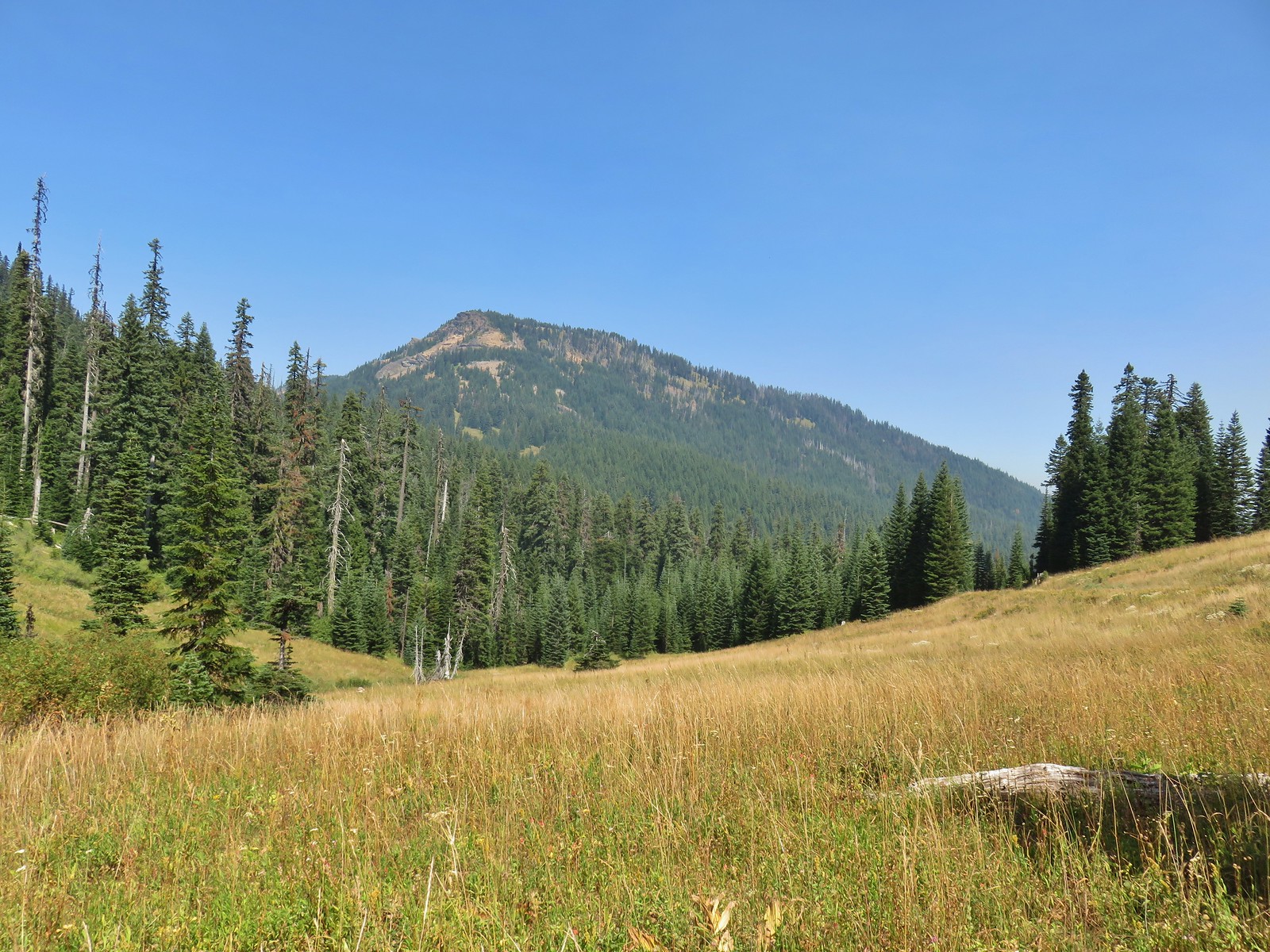
#38 Seven Lakes West-Hiked 9/9/2023

#39 Seven Lakes East-Hiked 9/9/2023

#40 Blue Lake Basin-Hiked 9/18/2022

#41 Mount McLoughlin-Hiked 8/27/2016

#42 Fourmile Lake-Hiked 8/26/2016

#43 Sky Lakes via Cold Springs-Hiked 9/24/2022

#44 Sky Lakes via Nannie Creek-Hiked 9/24/2022

#45 Fish Lake-Hiked 10/7/2018
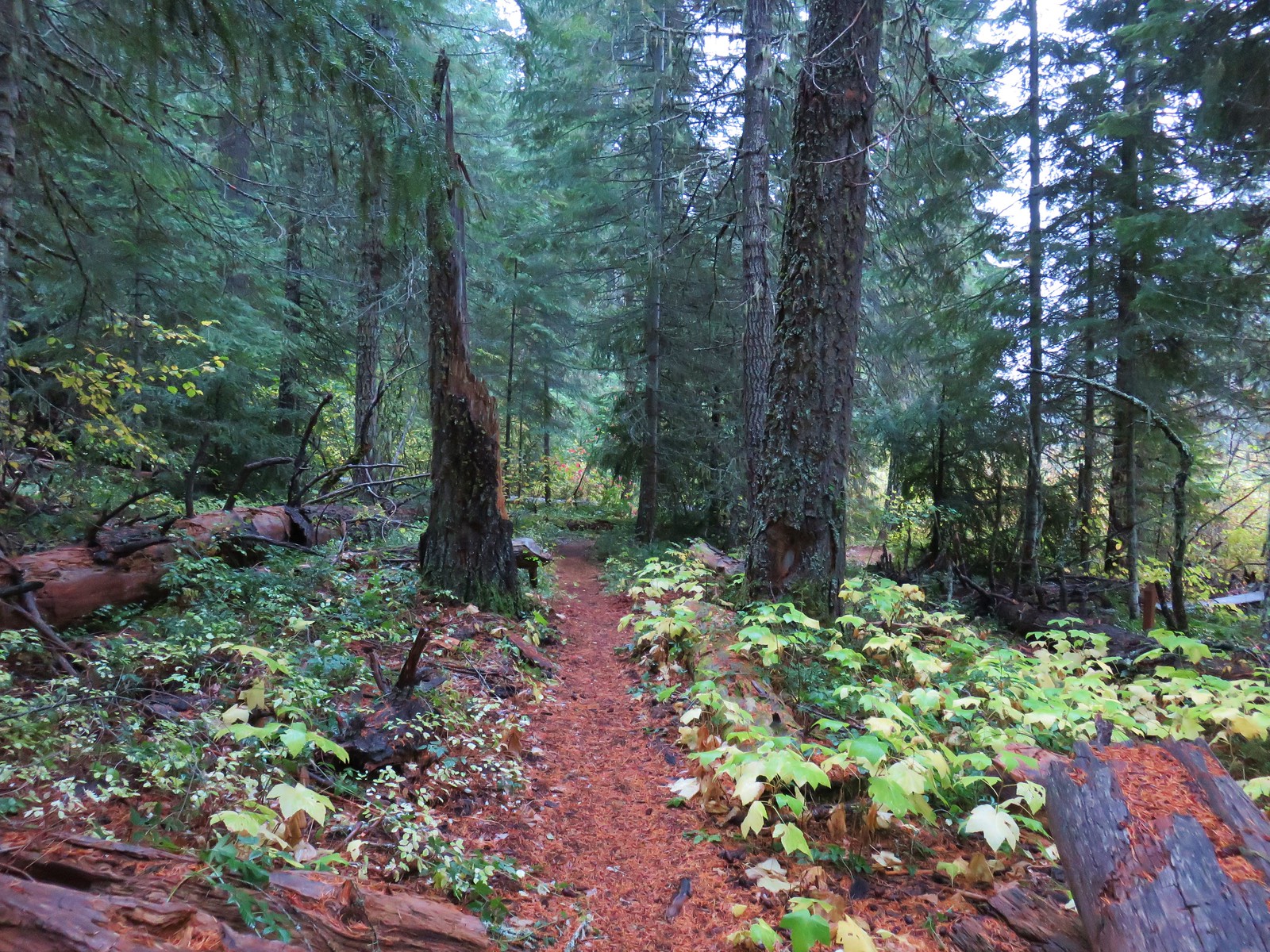
#46 Brown Mountain Lava Flow-Hiked 8/28/2016

#47 Lake of the Woods-Hiked 10/7/2018
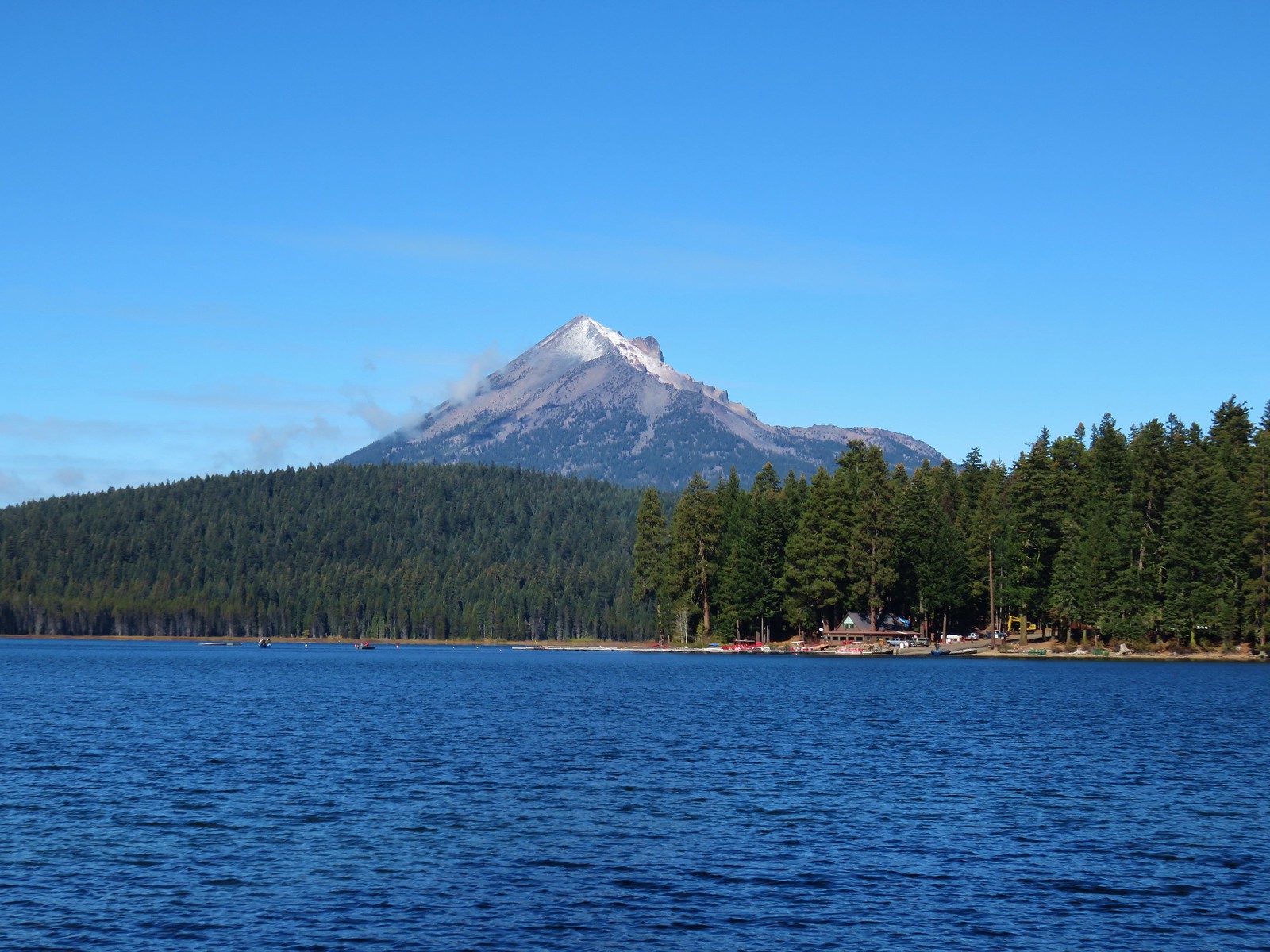
#48 Mountain Lakes-Hiked 8/25/2016

#49 Soda Mountain-Hiked 6/3/2015
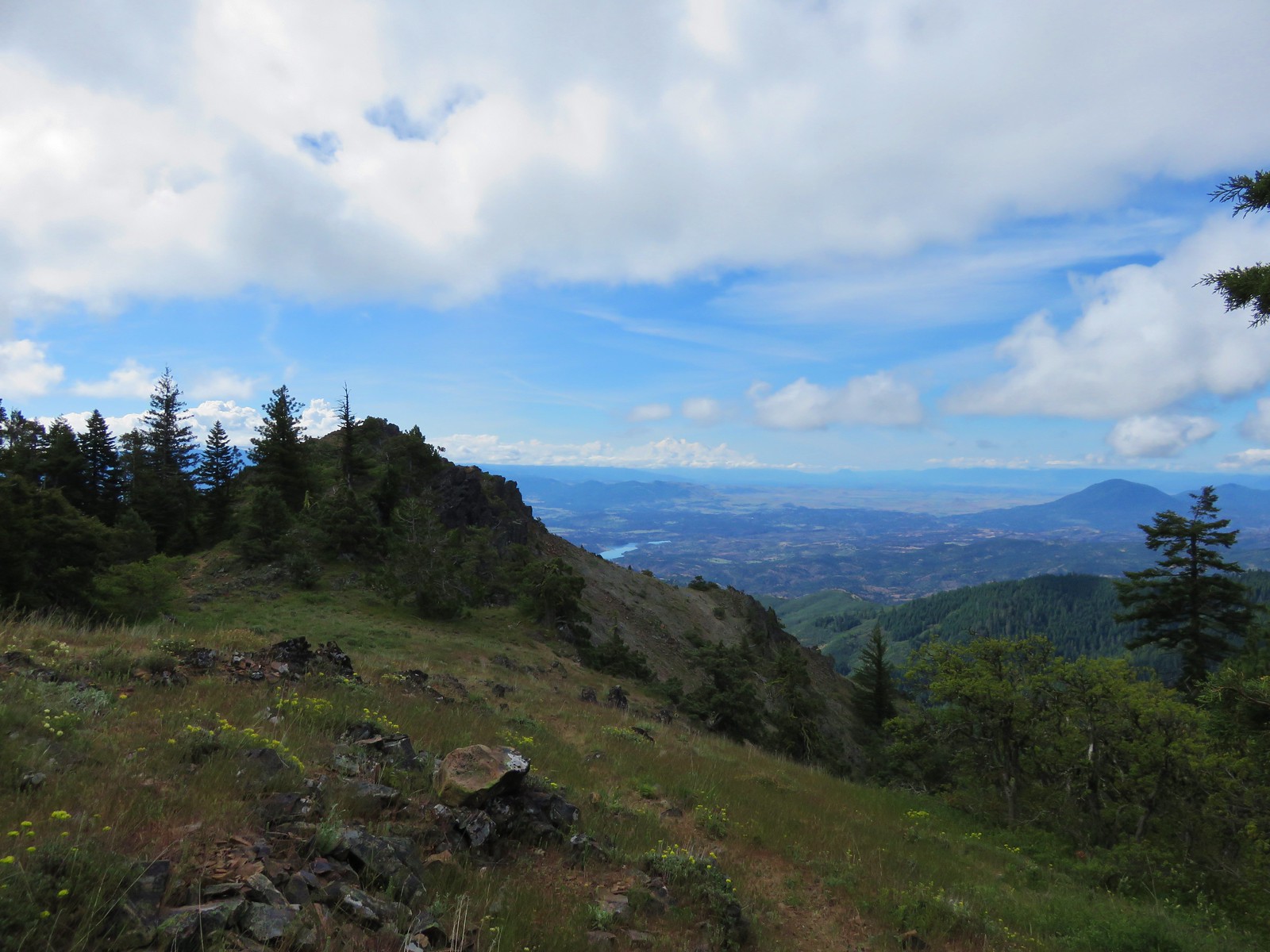
#50 Pilot Rock-Hiked 7/29/2017
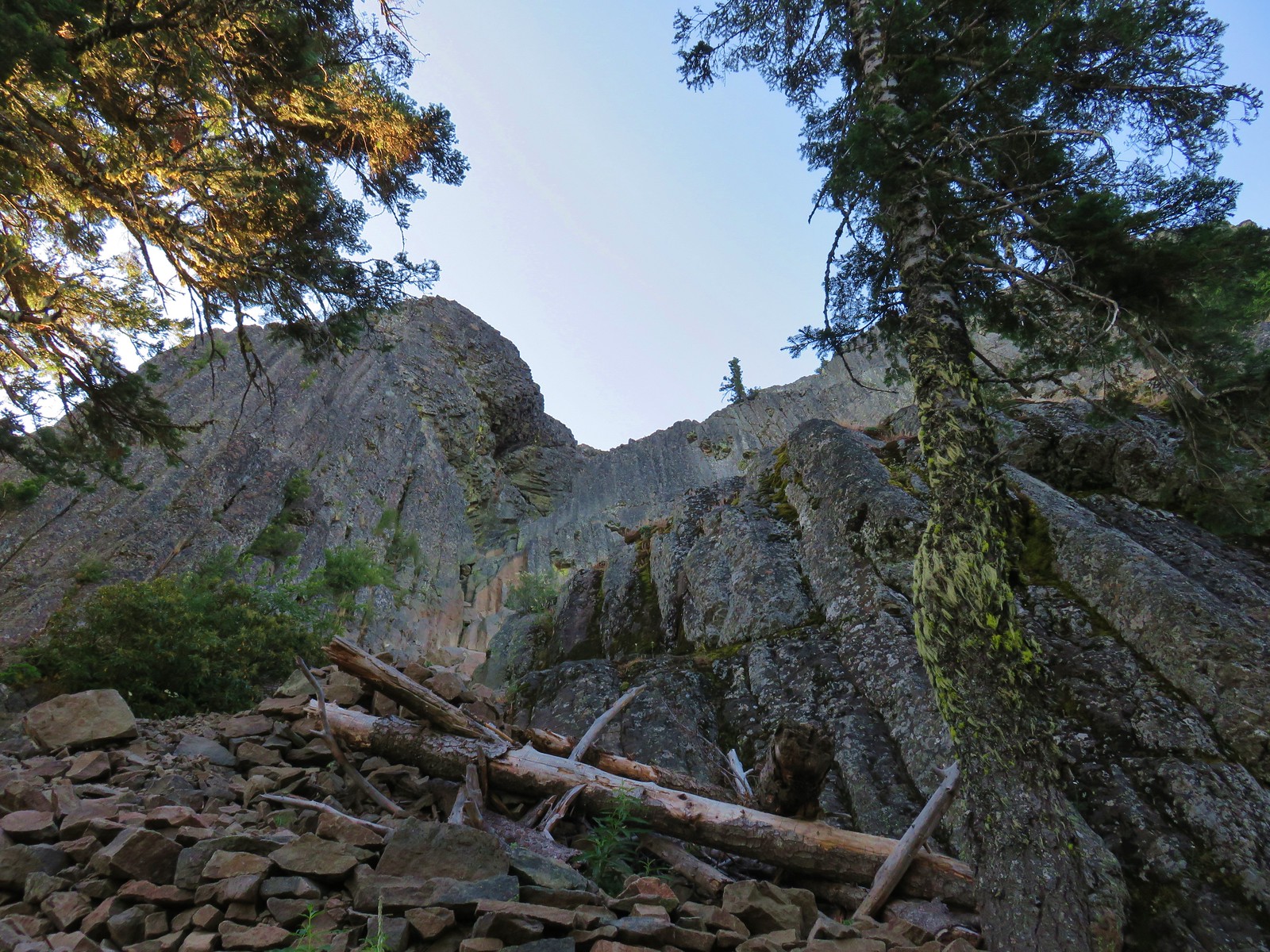
#51 Mount Ashland Meadows-Hiked 6/3/2015
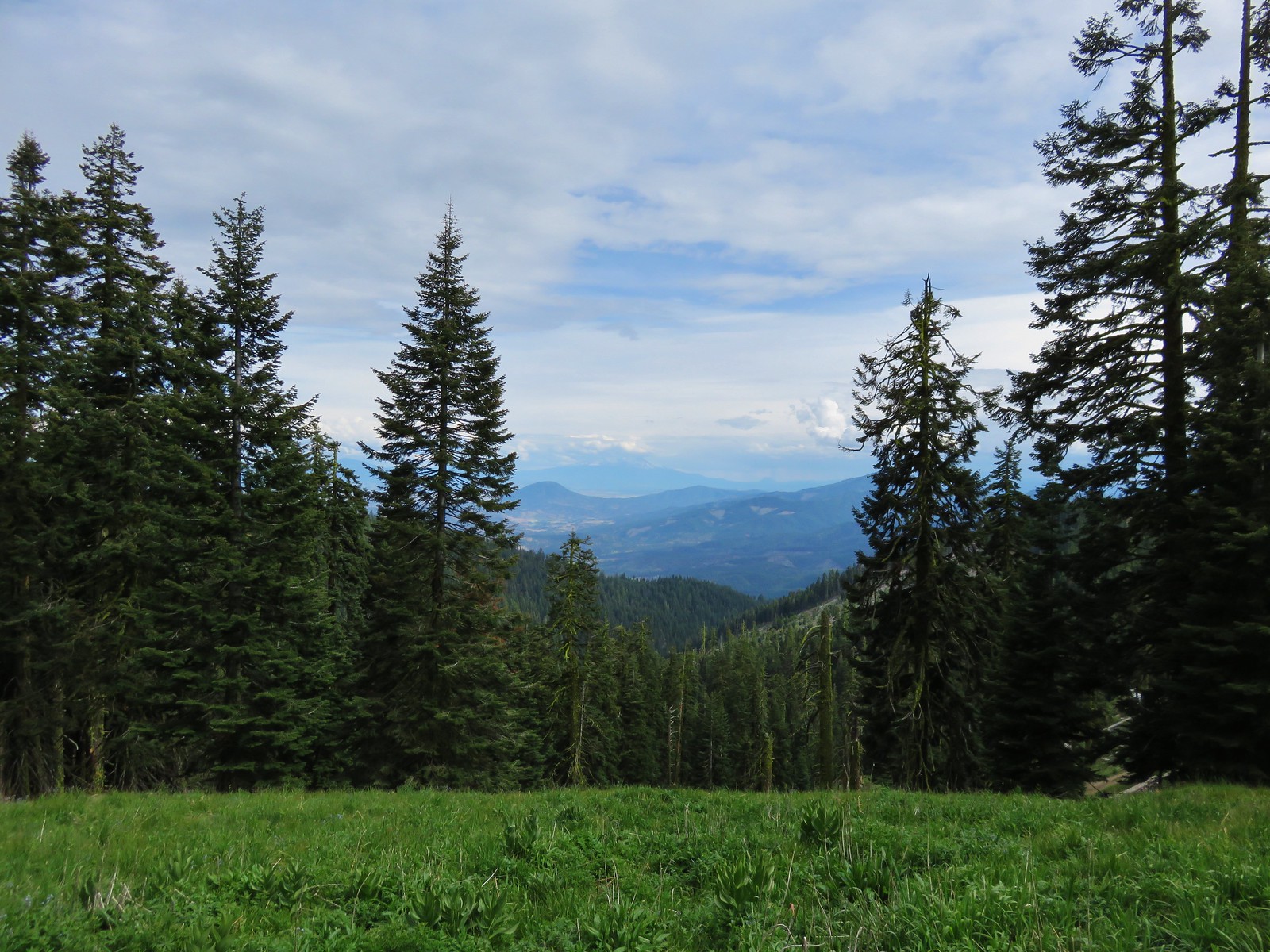
#52 Lithia Park-Hiked 6/2/2015

#53 Bandersnatch Trail-Hiked 6/17/2022
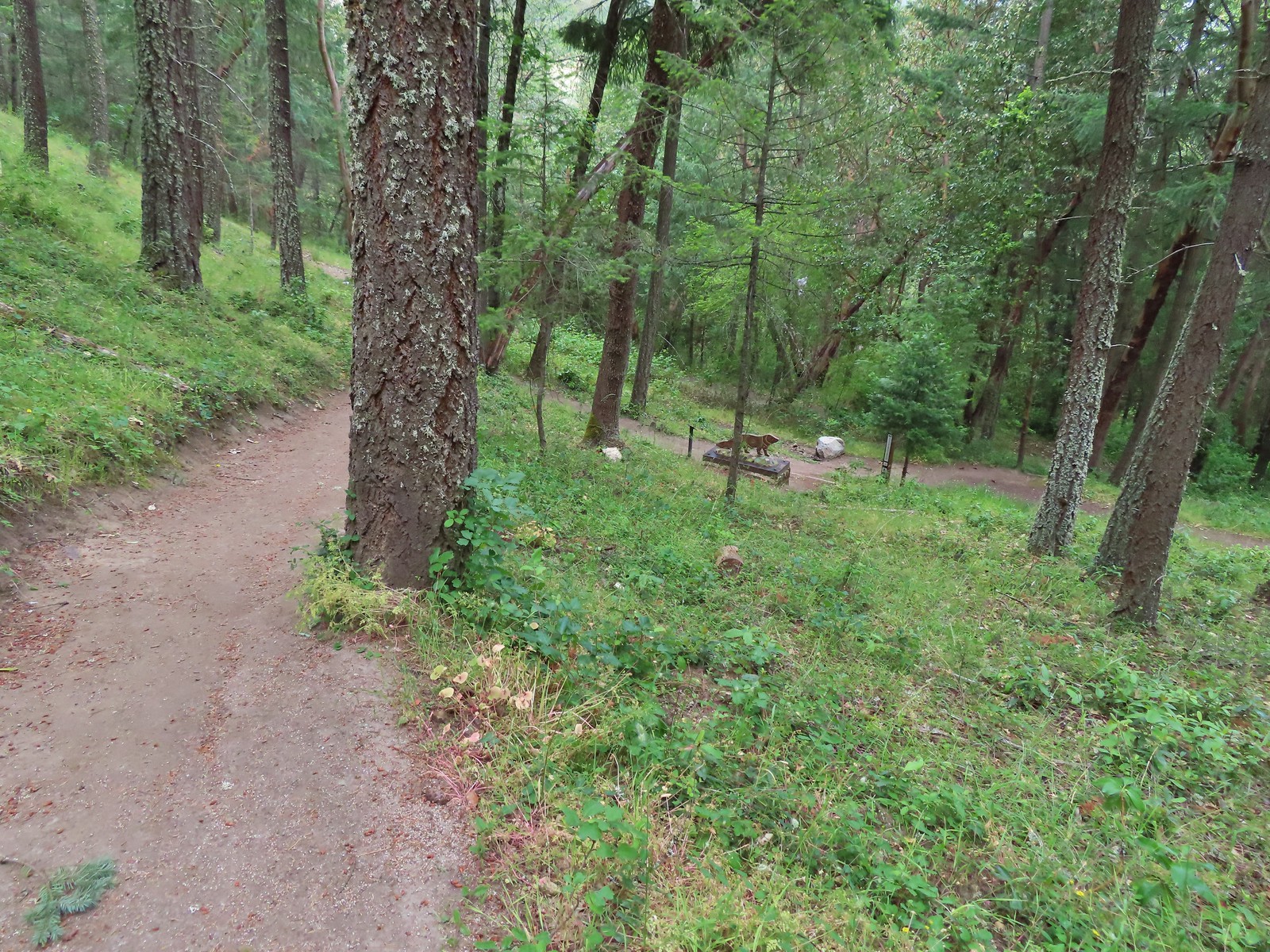
#54 White Rabbit Trail-Hiked 6/17/2022

#55 Grizzly Peak-Hiked 6/5/2015

#56 Roxy Ann Peak-Hiked 5/30/2022

#57 Wagner Butte-Hiked 6/4/2015

#58 Siskiyou Gap-Hiked 6/16/2022

#59 Jack-Ash Trail-Hiked 5/27/2022

#60 Sterling Ditch Tunnel-Hiked 6/10/2017 5/2/2023
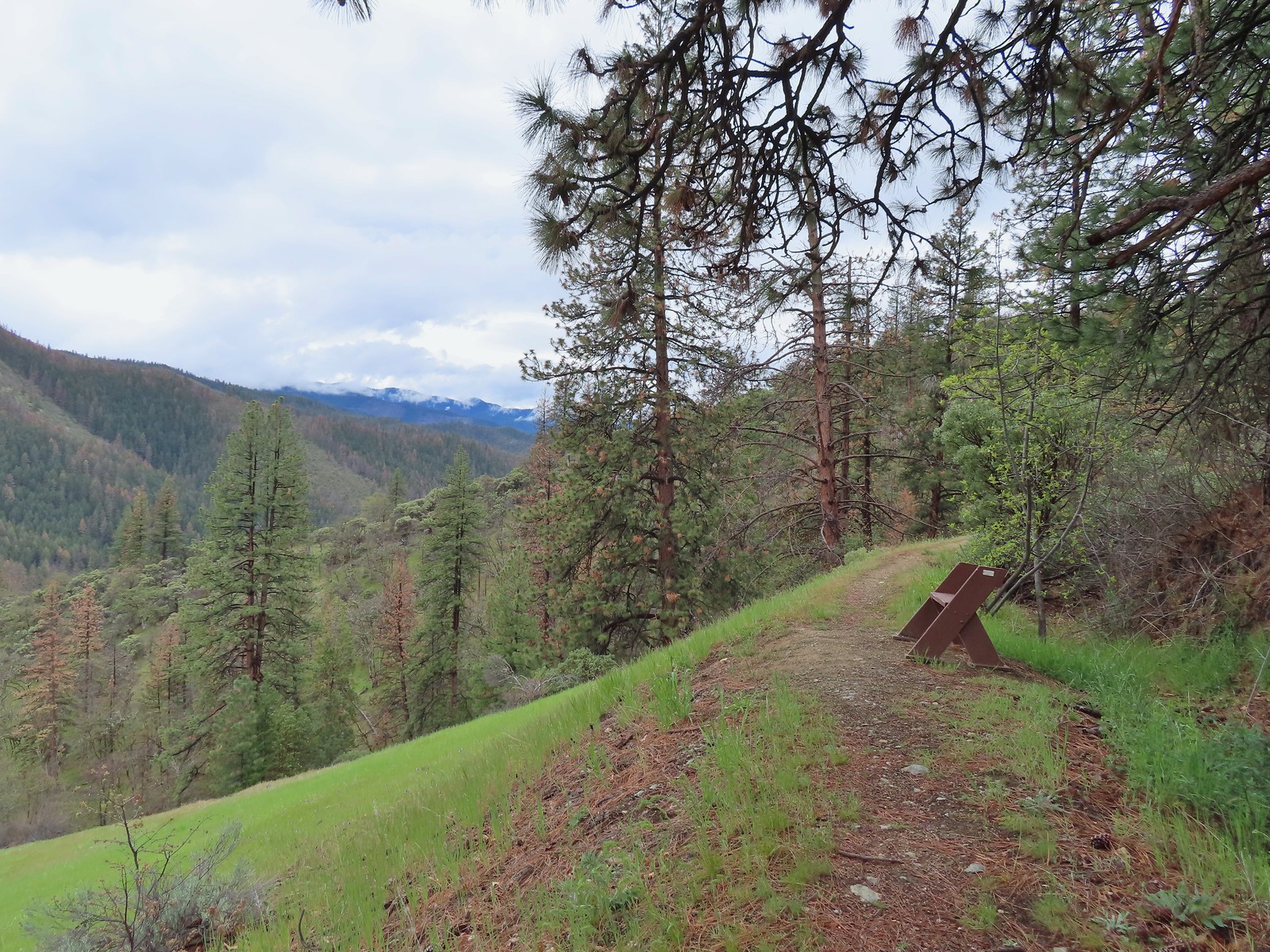
#61 Jacksonville-Hiked 6/8/2017

#62 Enchanted Forest-Hiked 6/11/2017

#63 Observation Peak-Hiked 6/15/2022

#64 Collings Mountain-Hiked 6/8/2017
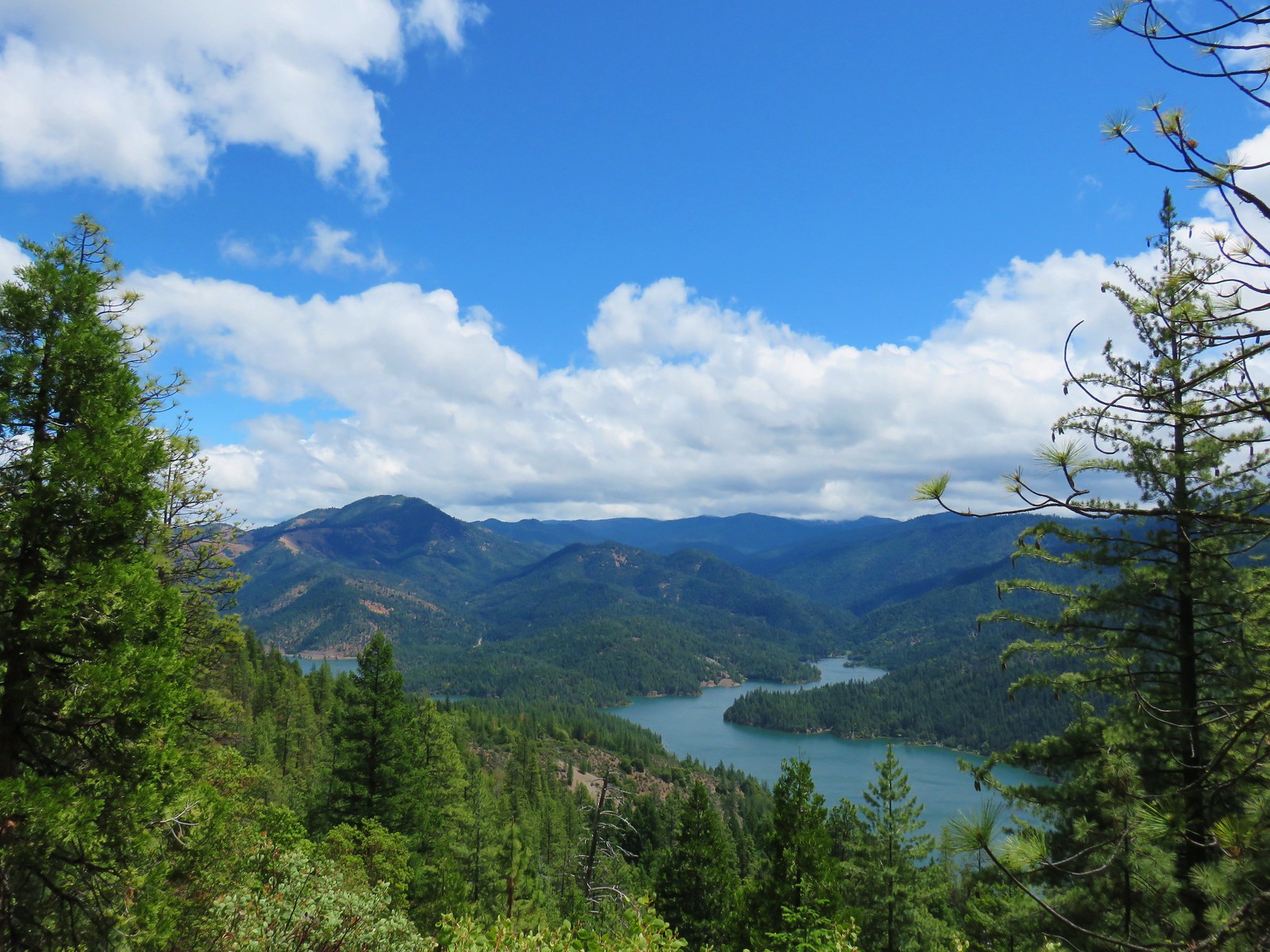
#65 Applegate Lake-Hiked 6/8/2017 5/29/2022

#66 Red Buttes-Hiked 10/27/2015

#67 Frog Pond-Hiked 6/18/2022

#68 Azalea Lake-Hiked 10/26/2015
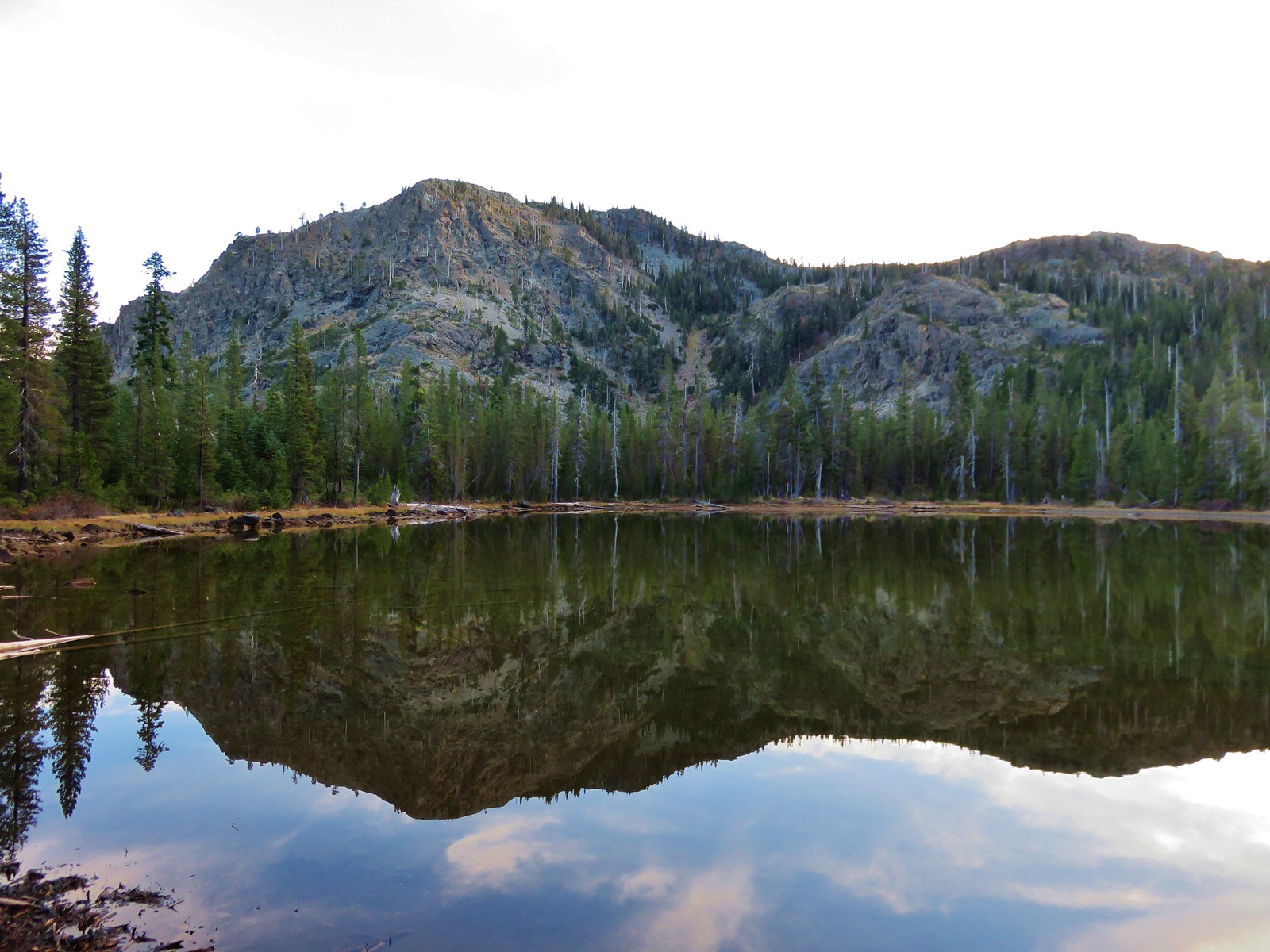
#69 Sturgis Fork-Hiked 10/7/2023
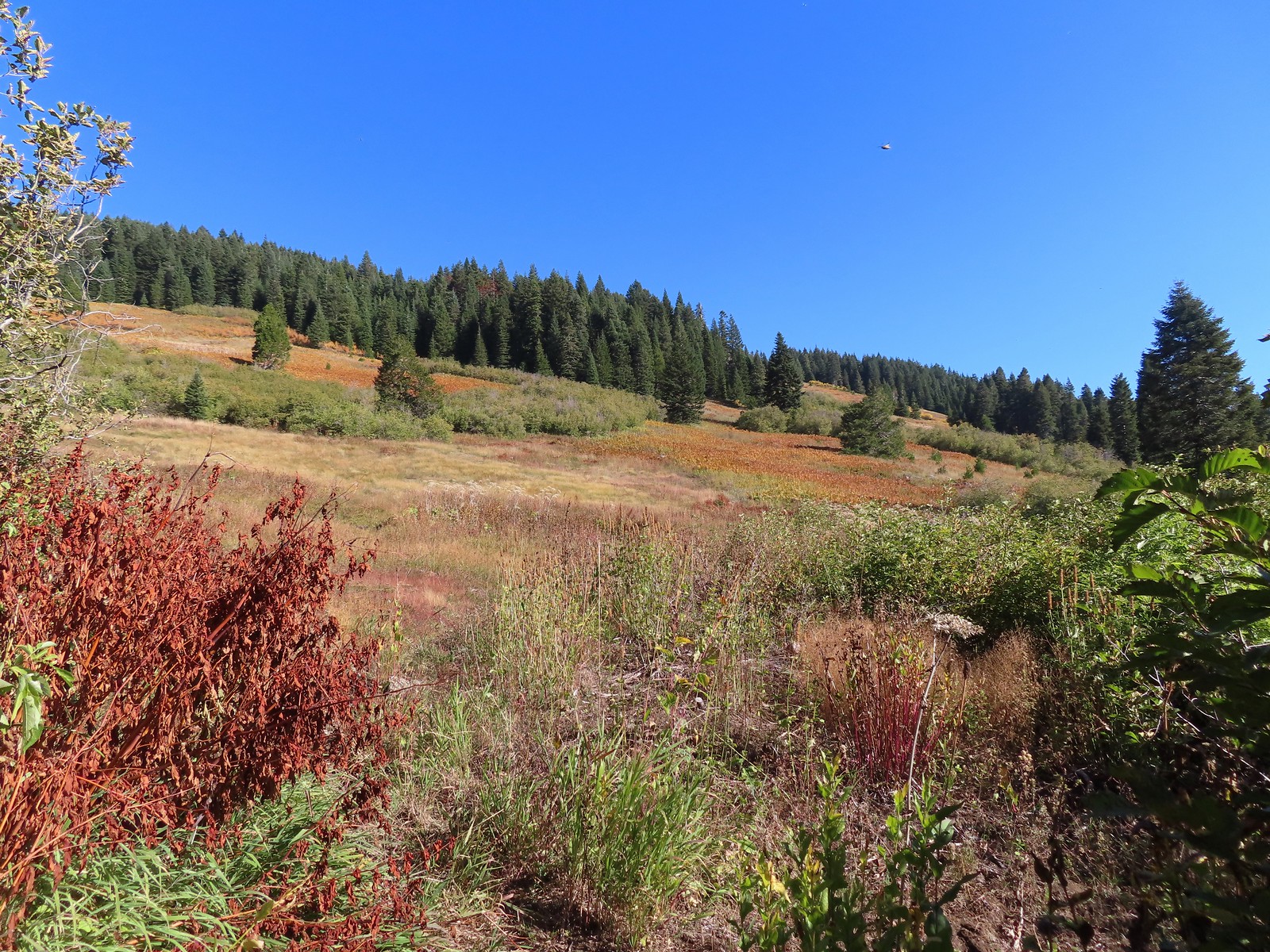
#70 Grayback Mountain-Hiked 10/9/2023
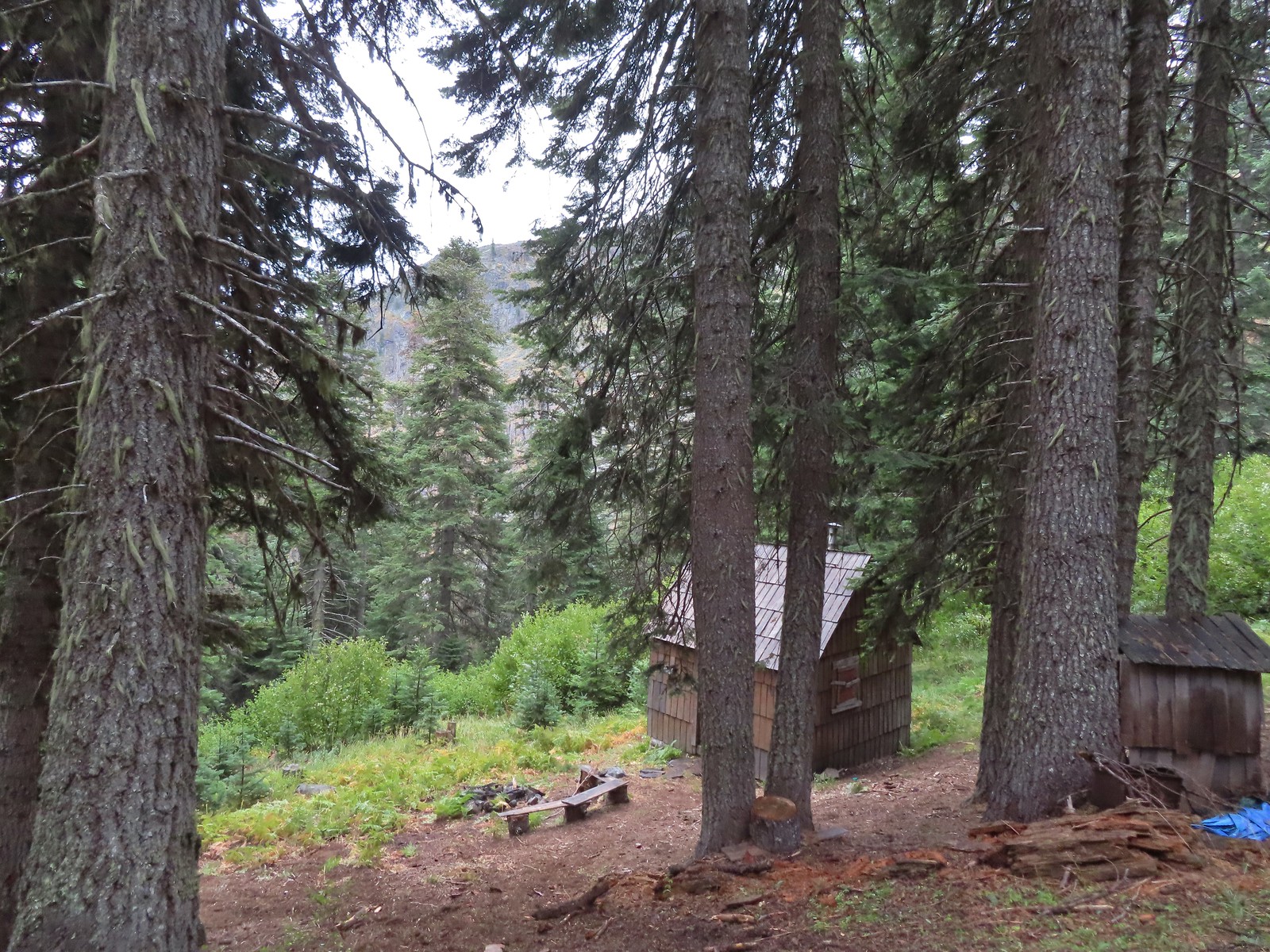
#71 Oregon Caves-Hiked 10/30/2015

#72 Mount Elijah-Hiked 10/7/2023
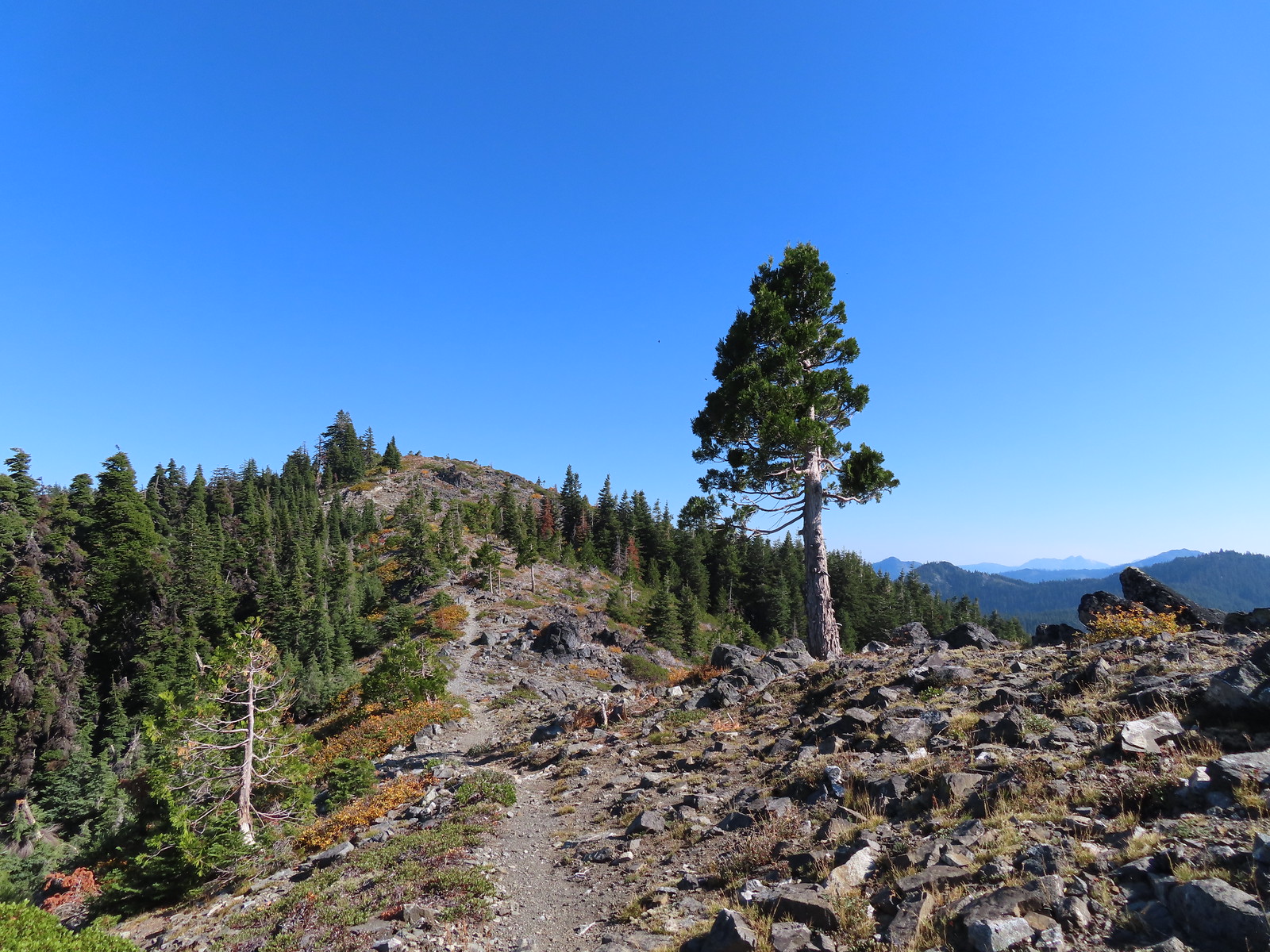
#73 Sucker Creek-Hiked 10/26/2015

#74 Tanner Lakes-Hiked 10/8/2023

#75 Bolan Lake-Hiked 10/8/2023
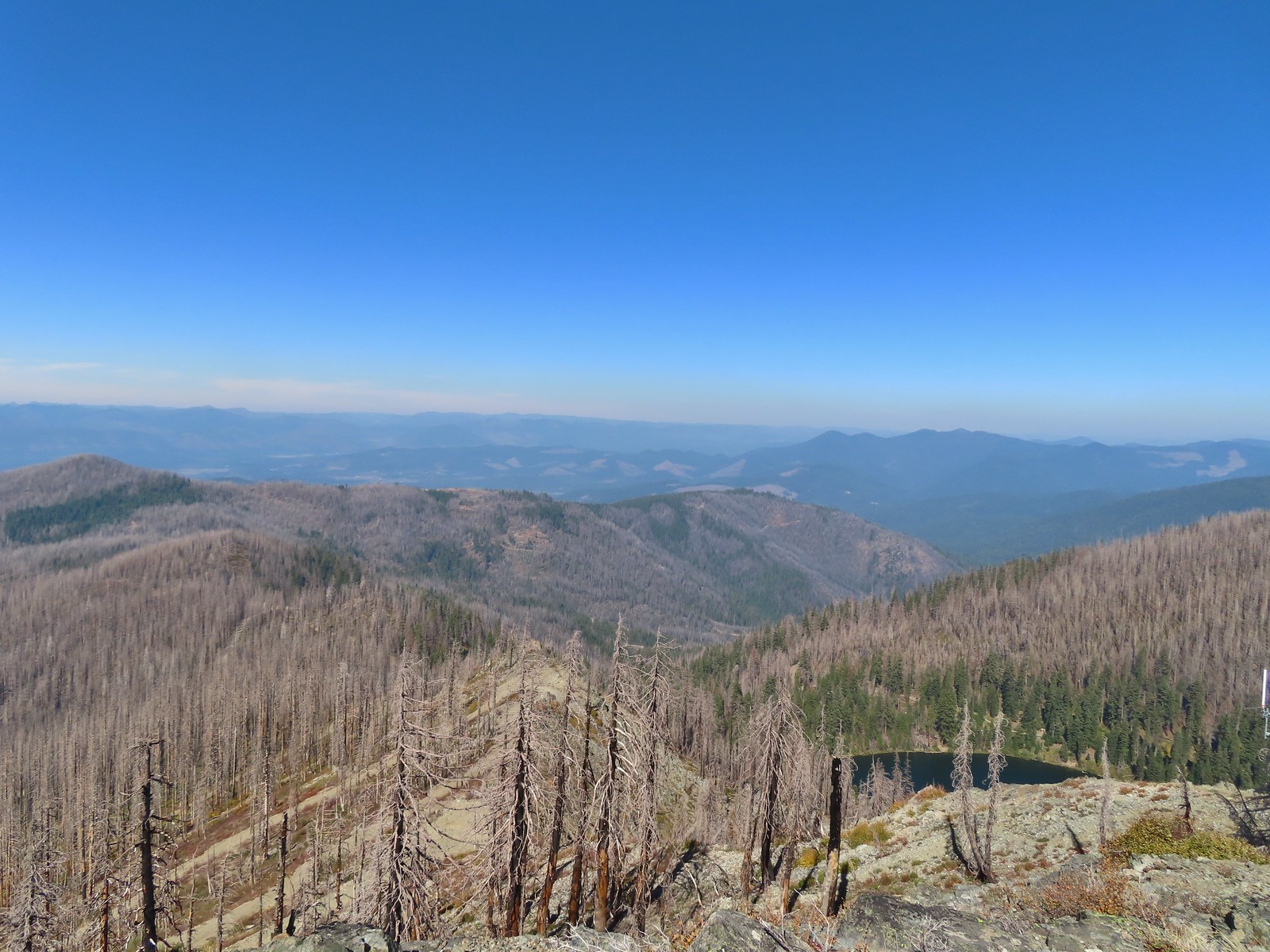
#76 Polar Bear Gap-Hiked 7/1/2022

#77 Raspberry Lake-Hiked 7/3/2022

#78 Devils Punchbowl-Hiked 7/2/2022
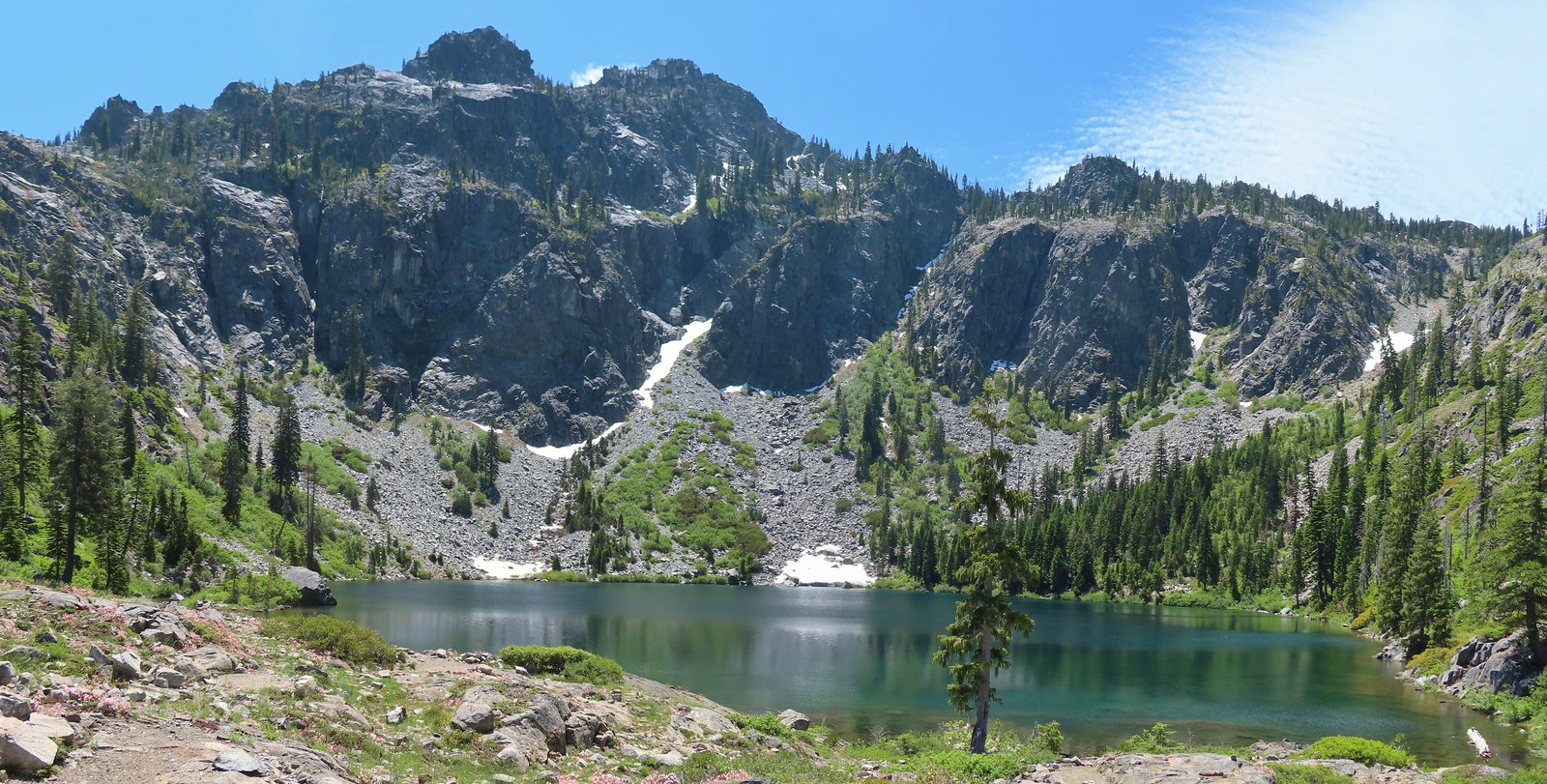
#79 Rough and Ready Creeks-Hiked 5/12/2017

#80 Babyfoot Lake-Hiked 10/9/2023
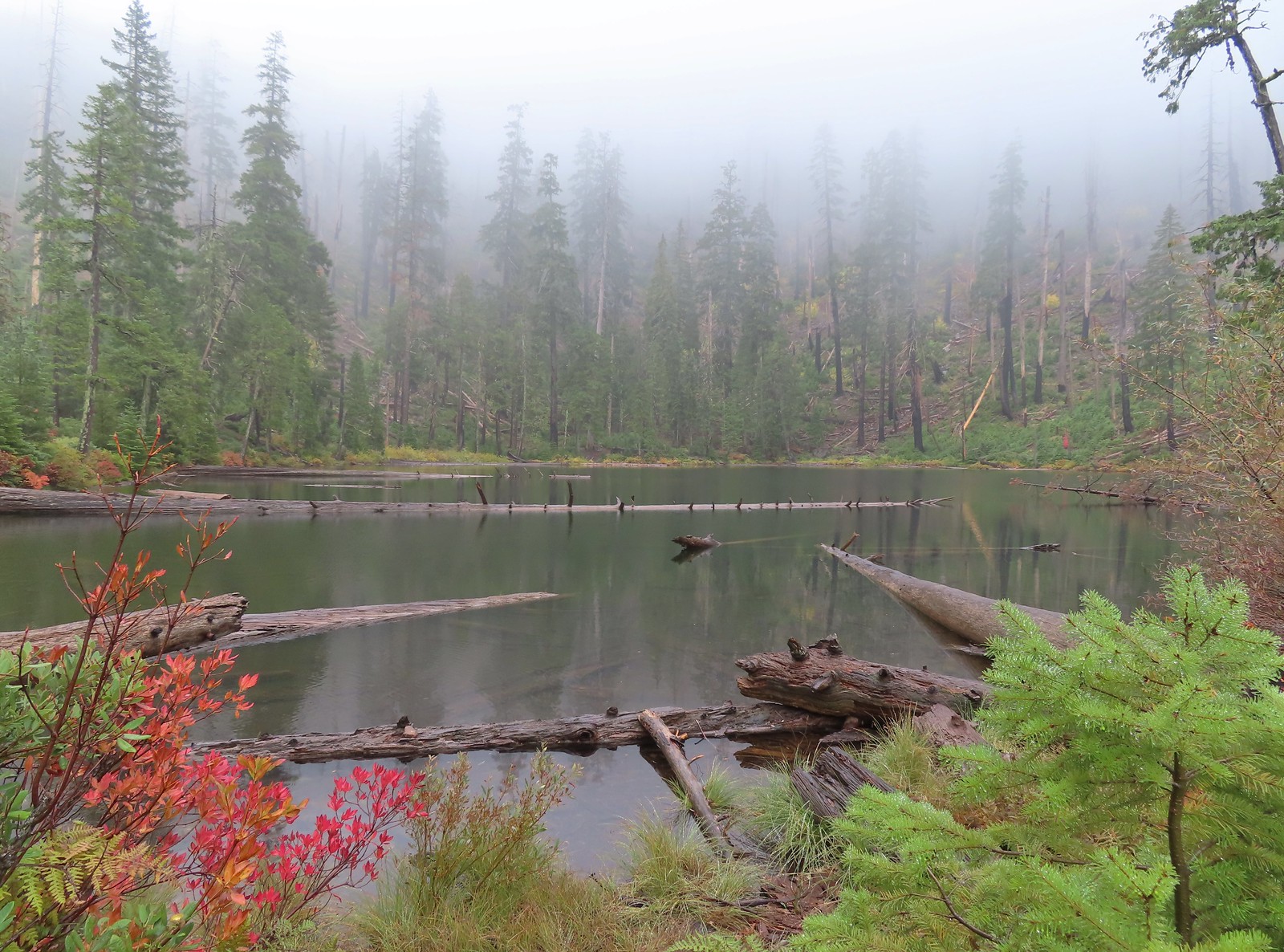
#81 Eight Dollar Mountain-Hiked 5/4/2023

#82 Illinois River Beaches-Hiked 5/4/2023

#83 Grants Pass Nature Trails 5/3/2023
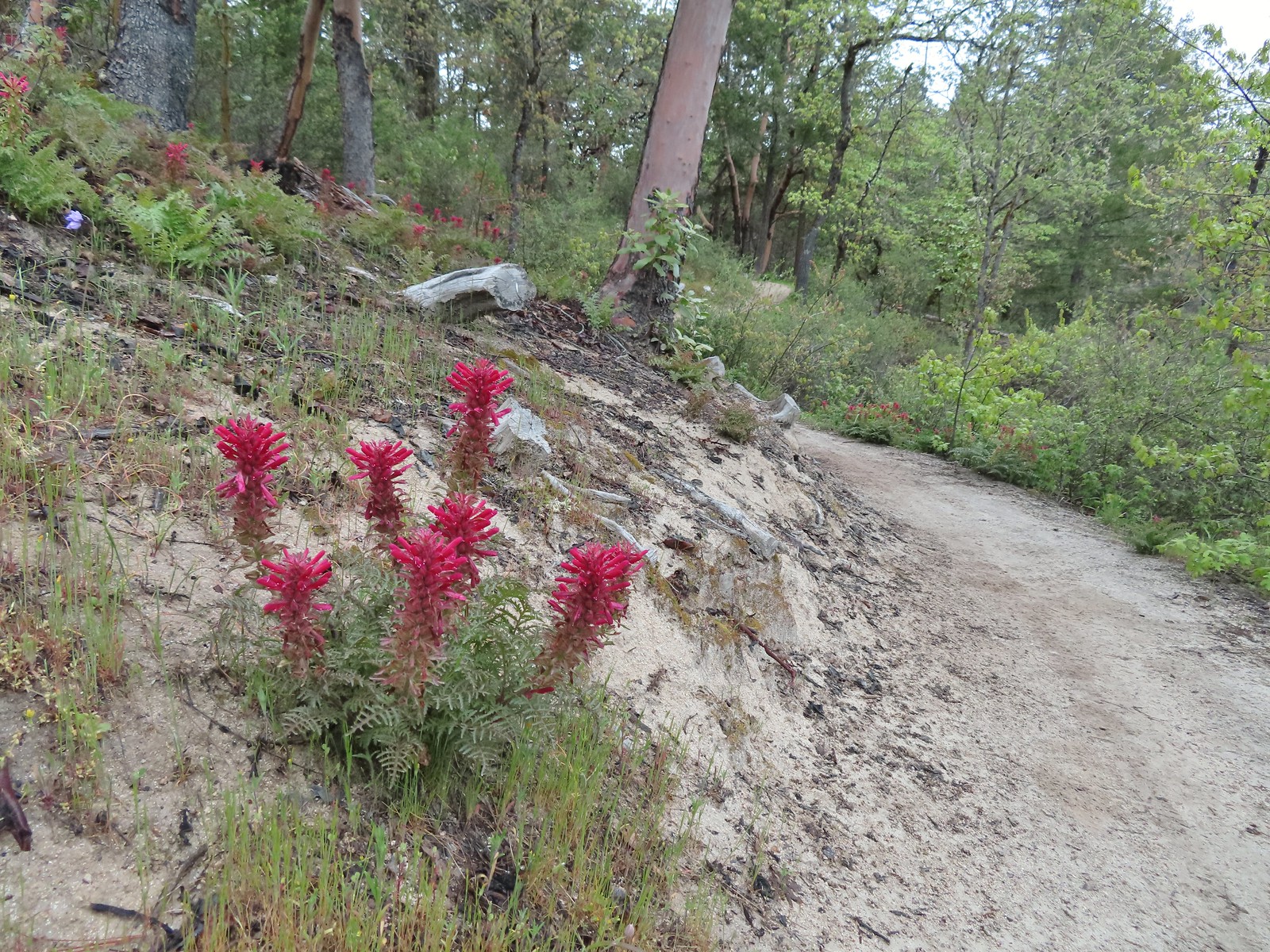
#84 Rouge River Trail East-Hiked 5/1/2023
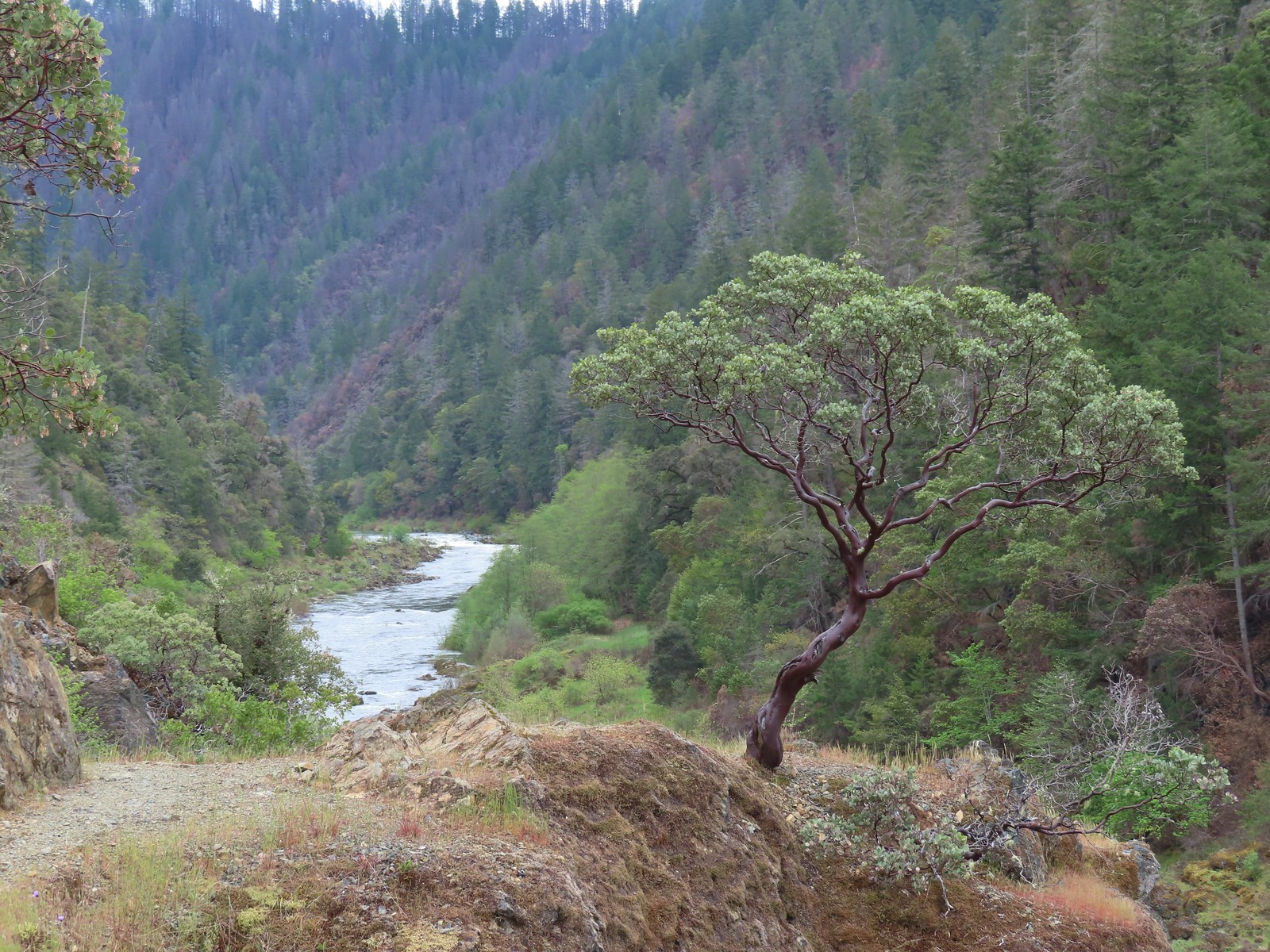
#85 Rogue River Trail West-Hiked 6/24/2023
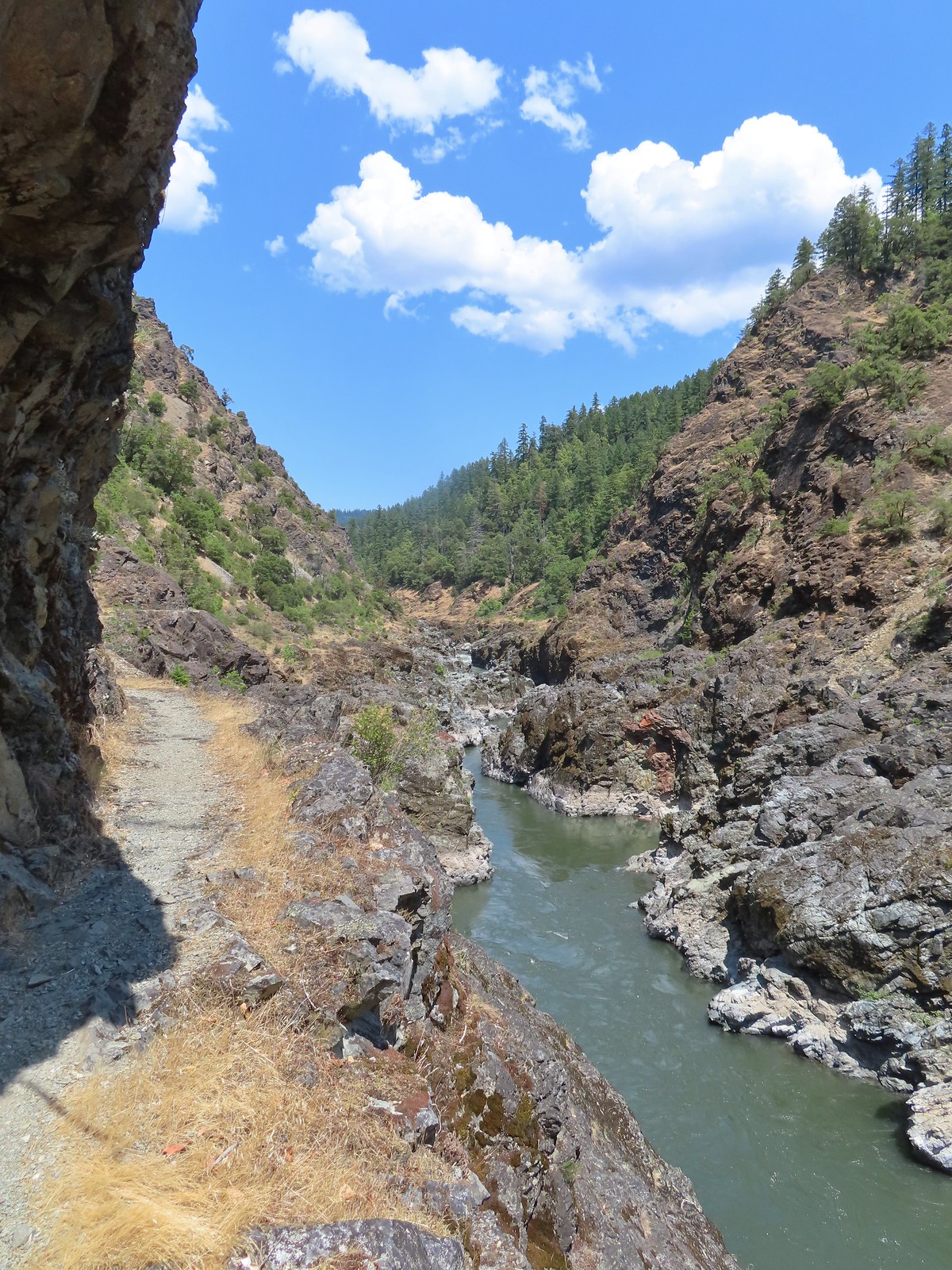
#86 Paradise Lake-Hiked 6/28/2016

#87 Sky High Lakes-Hiked 6/29/2016

#88 Campbell Lake-Hiked 6/27/2016

#89 Paynes Lake-Hiked 7/24/2017

#90 Russian Lake-Hiked 8/24/2022

#91 Hidden & South Fork Lakes-Hiked 8/26/2022

#92 Trail Gulch Lake-Hiked 8/25/2022
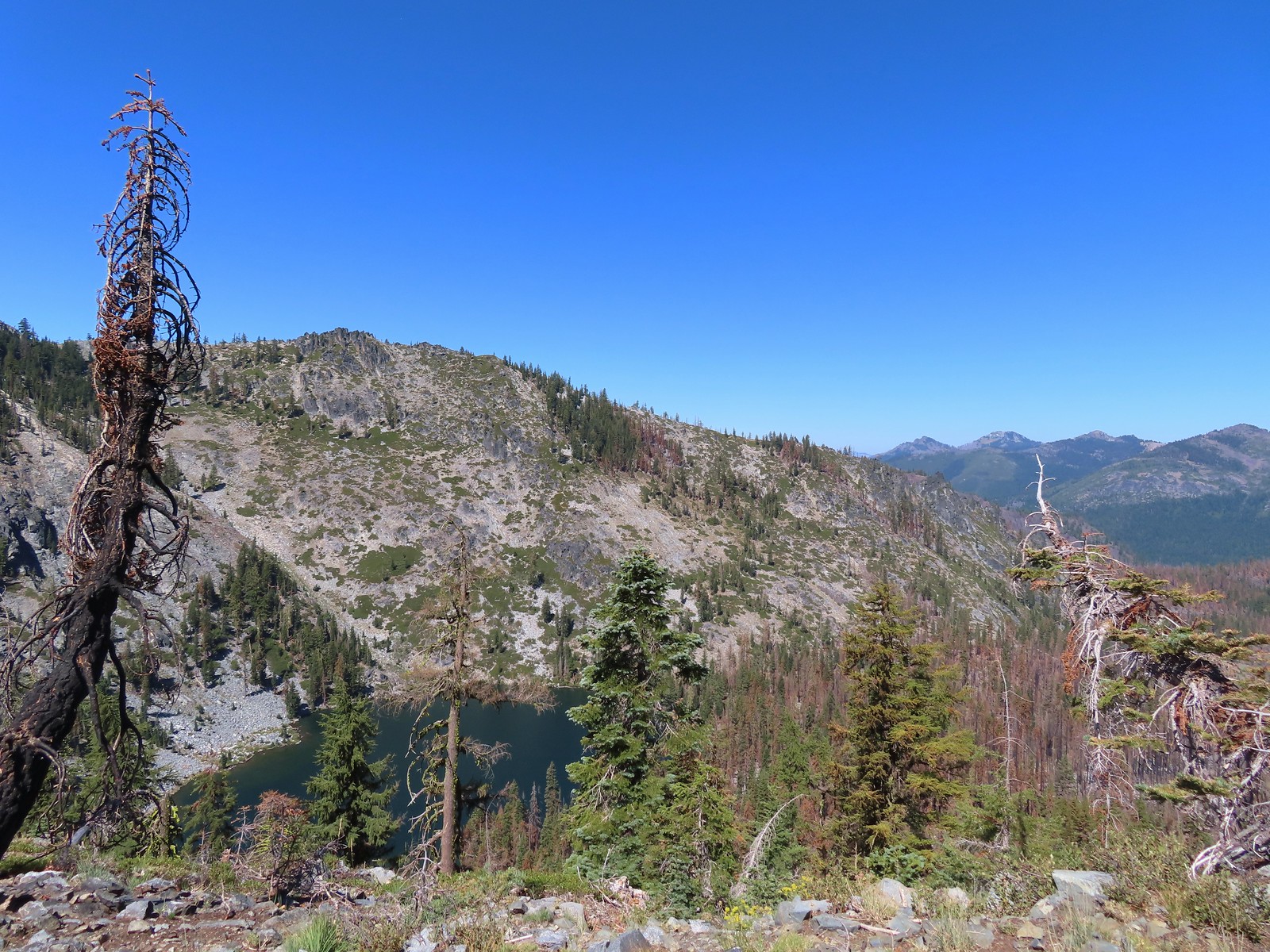
#93 East Boulder Lake-Hiked 8/23/2022

#94 Kangaroo Lake-Hiked 7/23/2017

#95 Deadfall Lakes-Hiked 7/25/2017

#96 Caribou Lake-Hiked 7/27/2017

#97 Castle Lake-Hiked 7/26/2017

#98 Castle Crags-Hiked 7/26/2017
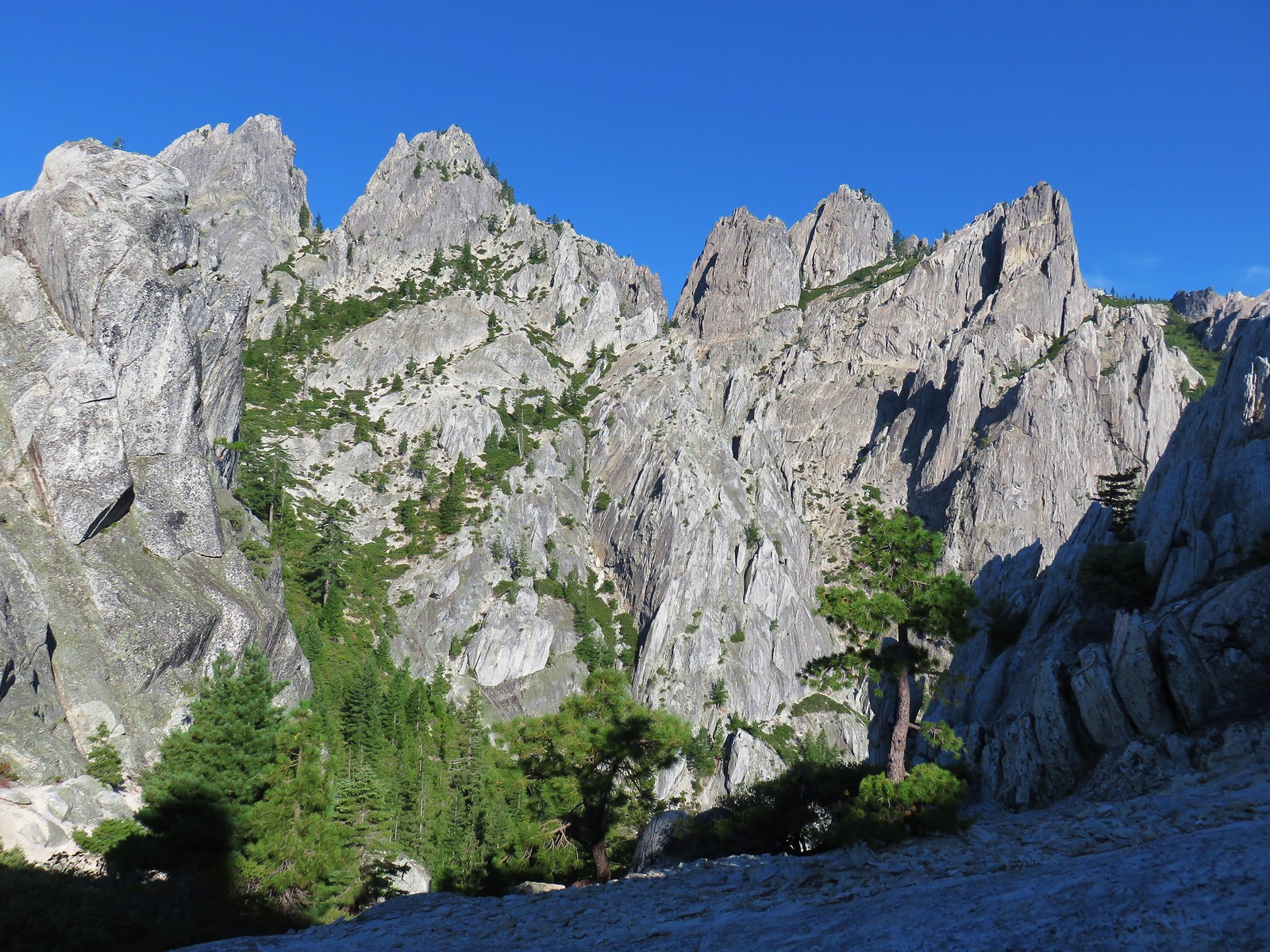
#99 Black Butte-Hiked 7/28/2017
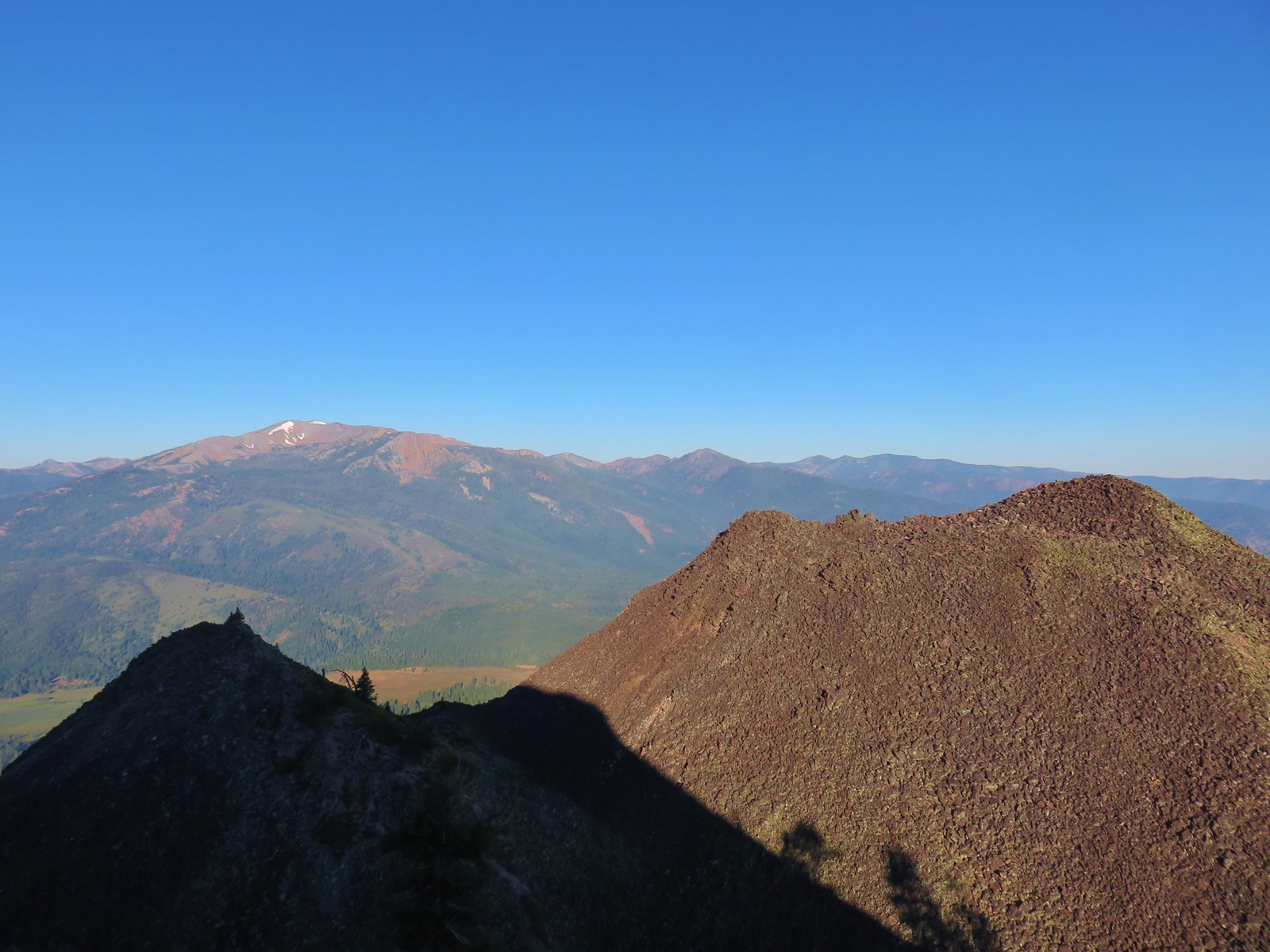
#100 Mount Shasta Meadows-Hiked 8/22/2022

In our minds this was by far the most challenging area to finish even though we did so before completing Eastern Oregon. The difficulty with Eastern Oregon mostly revolves around distance from Salem and the size of the area covered. The Southern Oregon-Northern California area is smaller and the hikes not as far away, but it involved a lot of trails that frankly don’t see the level of maintenance that most of the other areas receive. While we’ve encountered rough trails, all over poison oak is much more prevalent down south which doesn’t invite pushing through overgrown tread or bushwacking around obstacles. This area has also been hit harder by fires over the last couple of decades leaving extra work to reopen them as well as remove additional blowdown as the dead trees fall over. When the conditions were good though the scenery and diverse plant and wildlife made for some spectacular hikes. There are many that we’d love to do again and several non-featured hikes that we have in our future plans, so we aren’t done with area yet. Happy Trails!

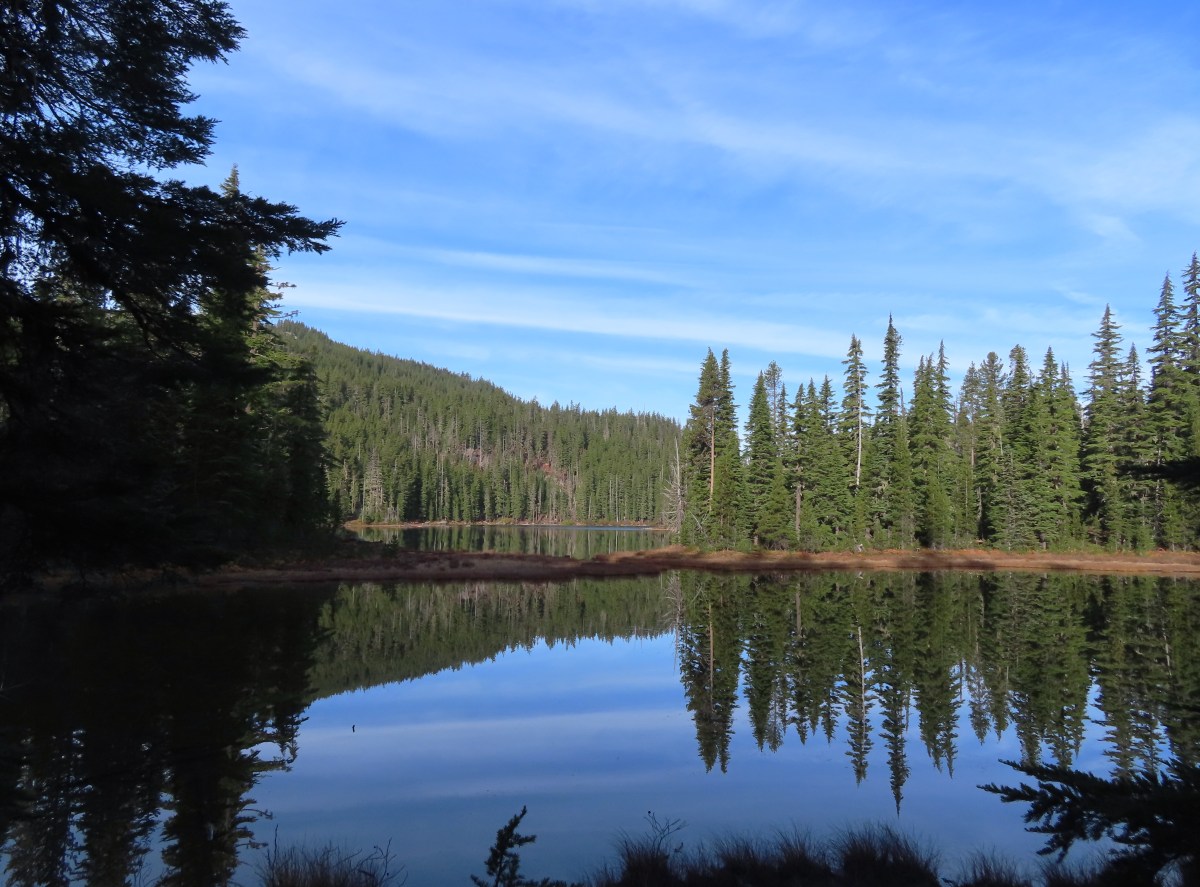




 Along the way we entered the wilderness area.
Along the way we entered the wilderness area.









 It looks to have been a good year for beargrass.
It looks to have been a good year for beargrass.


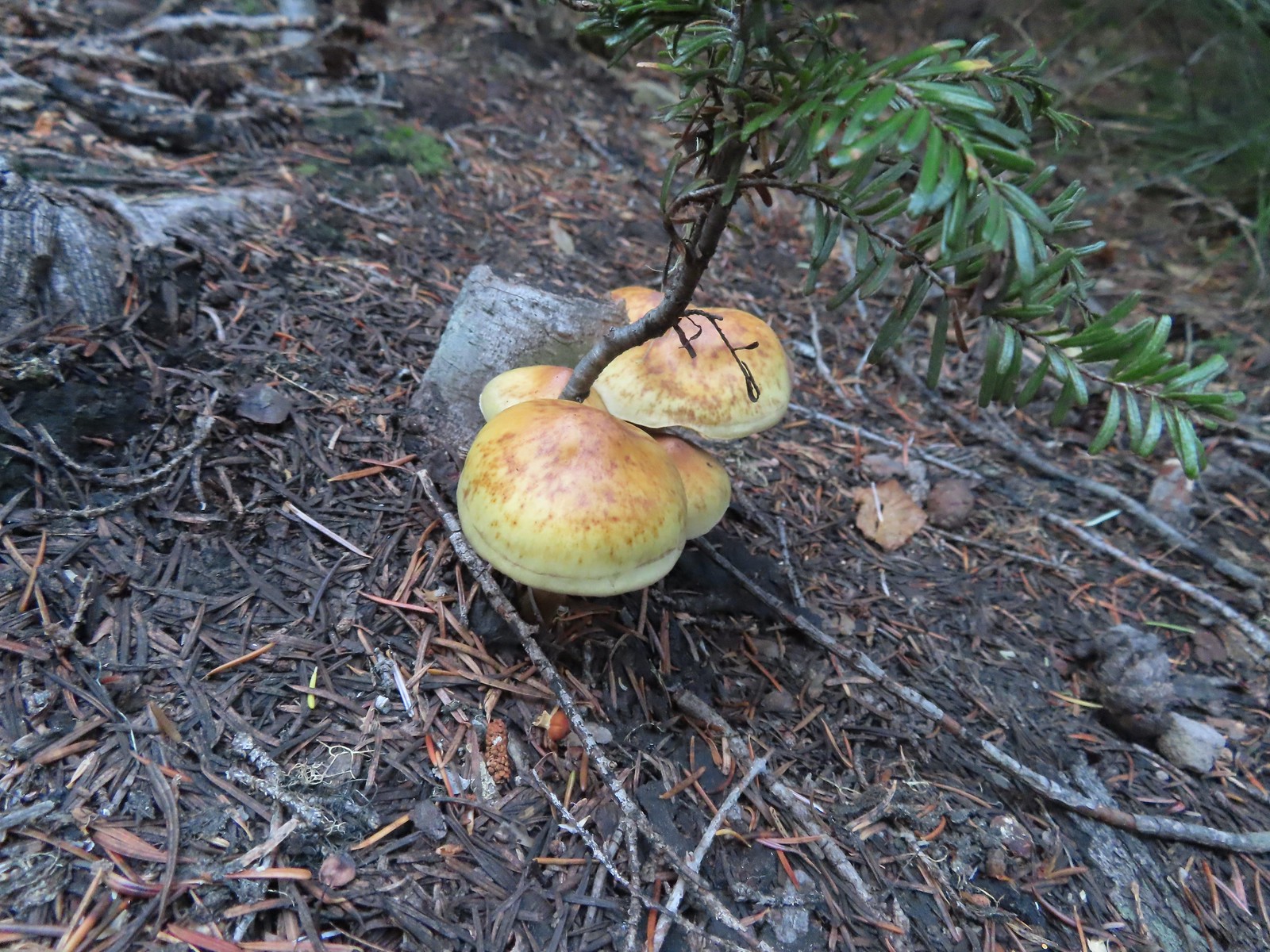
 The trail was well maintained with only one small log across the entire route to Vivian Lake.
The trail was well maintained with only one small log across the entire route to Vivian Lake.

 Another level section.
Another level section. Pond along the trail.
Pond along the trail. The saddle at the high point of the trail.
The saddle at the high point of the trail. Maiden Peak (
Maiden Peak (


 We passed the smaller of the two lakes a half mile below the saddle.
We passed the smaller of the two lakes a half mile below the saddle. The second lake, which was just 100 yards from the first, was much larger.
The second lake, which was just 100 yards from the first, was much larger. Mt. Yoran from the lake.
Mt. Yoran from the lake. Ridge above the lakes.
Ridge above the lakes.
 Just before beginning the descent the trail passed South of a third small pond/lake that was visible through the trees.
Just before beginning the descent the trail passed South of a third small pond/lake that was visible through the trees. Heading down to the creek.
Heading down to the creek.

 The marsh
The marsh Mt Yoran from the marsh. While it looks like a meadow, Fall Creek flows through here, and at times we could see water out in the grass.
Mt Yoran from the marsh. While it looks like a meadow, Fall Creek flows through here, and at times we could see water out in the grass.




 We were able to use these rocks to hop across this narrow channel to the North shore of the lake where we were able to get a view of Mt. Yoran.
We were able to use these rocks to hop across this narrow channel to the North shore of the lake where we were able to get a view of Mt. Yoran.












 Varied thrush. These continue to be the most frustrating frequently seen bird to try and photograph.
Varied thrush. These continue to be the most frustrating frequently seen bird to try and photograph.


 I believe these were ring-necked ducks.
I believe these were ring-necked ducks.
 Diamond Peak from the trail on the way back.
Diamond Peak from the trail on the way back.

 Not all of the blowdown was as easy as this log to get over/under.
Not all of the blowdown was as easy as this log to get over/under.
 Multiple switchbacks kept the lower portion of the climb from feeling too steep.
Multiple switchbacks kept the lower portion of the climb from feeling too steep.
 The Hemlock Butte Trail succumbing to the vegetation.
The Hemlock Butte Trail succumbing to the vegetation.
 An obvious spur trail at the base of the rock outcrop leads to a view of Mt. Yoran and Diamond Peak. For those not comfortable with the scramble this is a good goal.
An obvious spur trail at the base of the rock outcrop leads to a view of Mt. Yoran and Diamond Peak. For those not comfortable with the scramble this is a good goal. The trail to the summit at the junction with the spur.
The trail to the summit at the junction with the spur. Scrambling up
Scrambling up Mt. Yoran and Diamond Peak from the summit.
Mt. Yoran and Diamond Peak from the summit. Wolf Mountain to the NW with clouds covering the Willamette Valley in the distance.
Wolf Mountain to the NW with clouds covering the Willamette Valley in the distance. The view South.
The view South. Looking down from the summit. (The trail is to the right.)
Looking down from the summit. (The trail is to the right.)
 The “trailhead” was just under 14 miles from Highway 58 or just over 5.5 miles from the Vivian Lake Trailhead.
The “trailhead” was just under 14 miles from Highway 58 or just over 5.5 miles from the Vivian Lake Trailhead. The trail sign on the right. The Pool Creek Trail #4228 shows up on the Forest Service map, but they don’t have a dedicated webpage for it. We were made aware of the trail by following
The trail sign on the right. The Pool Creek Trail #4228 shows up on the Forest Service map, but they don’t have a dedicated webpage for it. We were made aware of the trail by following 
 What looks like it might be tread ahead is actually the log.
What looks like it might be tread ahead is actually the log. The Pool Creek Trail to the left of the creek. Here you can see the first switchback turning steeply uphill.
The Pool Creek Trail to the left of the creek. Here you can see the first switchback turning steeply uphill. The makeshift creek crossing.
The makeshift creek crossing. At the third switchback.
At the third switchback.
 The reason we hadn’t noticed the trail on the far side was because it climbed quite a bit in an initial series of short switchbacks so from where we had been the trail was already much higher than we’d expected it would be. In the photo Heather is coming up to the third switchback below.
The reason we hadn’t noticed the trail on the far side was because it climbed quite a bit in an initial series of short switchbacks so from where we had been the trail was already much higher than we’d expected it would be. In the photo Heather is coming up to the third switchback below. These two trees are mentioned in the May 2022 trail update on the Cascade Volunteers webpage.
These two trees are mentioned in the May 2022 trail update on the Cascade Volunteers webpage. This one was high enough to easily pass under. On the far side are more cut logs.
This one was high enough to easily pass under. On the far side are more cut logs. First view of the falls from the trail.
First view of the falls from the trail. Pool Creek Falls
Pool Creek Falls








 The barricade ahead.
The barricade ahead. The trail before the barricade.
The trail before the barricade.
 This trail had seen maintenance at some point.
This trail had seen maintenance at some point.
 Trail sign along the road.
Trail sign along the road.



 Toward the end of the trail, we began to pass a series of volcanic rock formations.
Toward the end of the trail, we began to pass a series of volcanic rock formations.





 The western fin.
The western fin. Use trail along the western fin.
Use trail along the western fin. View up Castle Canyon.
View up Castle Canyon. Rock pillar across Castle Canyon.
Rock pillar across Castle Canyon. Devil’s Peak (
Devil’s Peak ( Looking down from the end of the rock fin.
Looking down from the end of the rock fin. Just after taking this picture on my way back I received my first sting.
Just after taking this picture on my way back I received my first sting. I actually followed a use trail several yards above the end of the trail just to make sure I wasn’t being followed.
I actually followed a use trail several yards above the end of the trail just to make sure I wasn’t being followed.
 The trail on the other fin.
The trail on the other fin. The Castle Canyon Trail below the rock fin.
The Castle Canyon Trail below the rock fin.
 <
< One of two red-breasted sapsuckers on the tree.
One of two red-breasted sapsuckers on the tree.
 The Castle Canyon Trail was approximately 0.2-miles East of the barricade that we’d seen from the use trail we turned up.
The Castle Canyon Trail was approximately 0.2-miles East of the barricade that we’d seen from the use trail we turned up.
 We liked the colors of this plant carpeting the ground along the road.
We liked the colors of this plant carpeting the ground along the road. Back at the West Zigzag Trailhead.
Back at the West Zigzag Trailhead. The upper junction with the loop trail was just 0.2-miles from the trailhead.
The upper junction with the loop trail was just 0.2-miles from the trailhead. We stuck to the Sandy River Trail on the way down.
We stuck to the Sandy River Trail on the way down. The Sandy River Midway Trail on the left was about 0.4 of a mile from the upper junction making a shorter loop (or figure 8) possible.
The Sandy River Midway Trail on the left was about 0.4 of a mile from the upper junction making a shorter loop (or figure 8) possible.
 The lower junction with the Jim Slagle Trail was 0.6-miles from the upper junction.
The lower junction with the Jim Slagle Trail was 0.6-miles from the upper junction.
 The river is behind the trees at the top while the Sandy River Trail is clearly visible below.
The river is behind the trees at the top while the Sandy River Trail is clearly visible below.














 Dust from ultra runner’s cars hanging over the closed roadbed.
Dust from ultra runner’s cars hanging over the closed roadbed. Mt. Jefferson in the monring.
Mt. Jefferson in the monring. The Summer haze we’ve grown to expect was back after having improved following a brief period of rain.
The Summer haze we’ve grown to expect was back after having improved following a brief period of rain. The smoke does make for some colorful sunrises though.
The smoke does make for some colorful sunrises though. Scouler’s bluebells
Scouler’s bluebells There was a nice forest along the road. Much of the butte is within one of the five tracts making up the
There was a nice forest along the road. Much of the butte is within one of the five tracts making up the  Mt. Hood to the North.
Mt. Hood to the North. Mt. Hood
Mt. Hood Despite the surrounding haze the sky above the road was bright blue.
Despite the surrounding haze the sky above the road was bright blue. There were numerous good views of Mt. Jefferson from the road.
There were numerous good views of Mt. Jefferson from the road. Olallie Butte (
Olallie Butte ( About 0.4 miles from the lookout an abandoned spur road splits off to the right toward the eastern summit which is just a couple of feet higher than the western.
About 0.4 miles from the lookout an abandoned spur road splits off to the right toward the eastern summit which is just a couple of feet higher than the western. The tower is still staffed at times, but it was empty today.
The tower is still staffed at times, but it was empty today.
 Penstemon
Penstemon Olallie Butte, Mt. Jefferson and Three Fingered Jack from the lookout.
Olallie Butte, Mt. Jefferson and Three Fingered Jack from the lookout. Mt. Jefferson and Three Fingered Jack
Mt. Jefferson and Three Fingered Jack Mt. Hood, West Pinhead Butte, and the eastern summit.
Mt. Hood, West Pinhead Butte, and the eastern summit. A hazy Mt. Hood.
A hazy Mt. Hood. Flat topped Battle Ax Mountain (
Flat topped Battle Ax Mountain ( Bachelor and Coffin Mountains (
Bachelor and Coffin Mountains ( Grouse along the road.
Grouse along the road.
 Despite high temperatures around 80 the leaves reminded us that Fall would be arriving soon.
Despite high temperatures around 80 the leaves reminded us that Fall would be arriving soon. Canada jay checking us out.
Canada jay checking us out.

 Lower Lake Campground, a work in progress.
Lower Lake Campground, a work in progress. While the campground was closed, the trail was open despite the fire damage.
While the campground was closed, the trail was open despite the fire damage. The Fish Lake Trail at Lower Lake Campground.
The Fish Lake Trail at Lower Lake Campground. Ferns creating a green hillside in the burn scar.
Ferns creating a green hillside in the burn scar. Lower Lake
Lower Lake The water in Lower Lake was quite colorful.
The water in Lower Lake was quite colorful.
 Duck
Duck
 Most of the lakes in the
Most of the lakes in the  Potato Butte (
Potato Butte ( Olallie Butte
Olallie Butte
 Sisi Butte off to the right.
Sisi Butte off to the right. Fireweed going to seed.
Fireweed going to seed. Buckwheat
Buckwheat The burn was intense along the trail, but it was in pretty good shape all things considered.
The burn was intense along the trail, but it was in pretty good shape all things considered. Sisi Butte and Fish Lake from the cliff.
Sisi Butte and Fish Lake from the cliff. Mt. Hood peeking out from behind West Pinhead Butte.
Mt. Hood peeking out from behind West Pinhead Butte. Mt. Hood
Mt. Hood The Fish Lake Trail switchbacked a few times before giving up on that and dropping steeply for the final 0.2 miles.
The Fish Lake Trail switchbacked a few times before giving up on that and dropping steeply for the final 0.2 miles. A beat up Lorquin’s admiral.
A beat up Lorquin’s admiral. There were signs of somewhat recent trail maintenance, but given the severity of the burn and the steepness of the hillside the trail is going to need a lot of ongoing attention to keep it passable.
There were signs of somewhat recent trail maintenance, but given the severity of the burn and the steepness of the hillside the trail is going to need a lot of ongoing attention to keep it passable. The trail disappeared a couple of times in brush and blowdown near the lake, but it was never hard to pick back up.
The trail disappeared a couple of times in brush and blowdown near the lake, but it was never hard to pick back up.


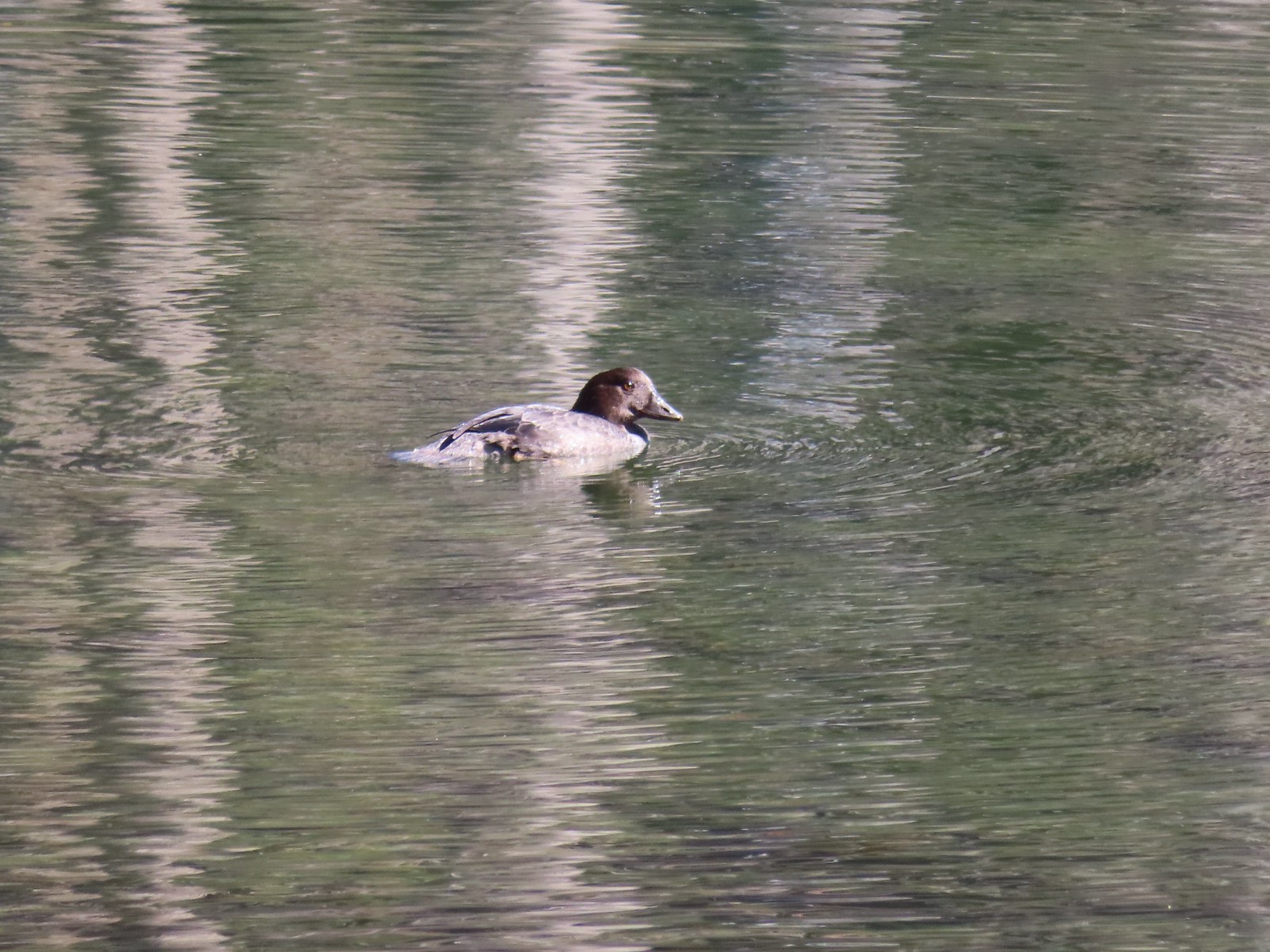
 Nap time.
Nap time. Olallie Butte from Fish Lake.
Olallie Butte from Fish Lake.
 The trail followed along Squirrel Creek (currently dry) for 0.4-miles.
The trail followed along Squirrel Creek (currently dry) for 0.4-miles.

 We passed a few of these “Spot Fire” flags, presumably left over from 2020.
We passed a few of these “Spot Fire” flags, presumably left over from 2020. The signed junction.
The signed junction.

 I had to walk out on a log and fight through some thick brush to reach a decent view of the water.
I had to walk out on a log and fight through some thick brush to reach a decent view of the water. Surprise Lake
Surprise Lake The trail between the junction and Si Lake got a little brushy.
The trail between the junction and Si Lake got a little brushy. Huckleberry leaves in their Fall colors.
Huckleberry leaves in their Fall colors. Si Lake from the trail.
Si Lake from the trail.
 Si Lake.
Si Lake.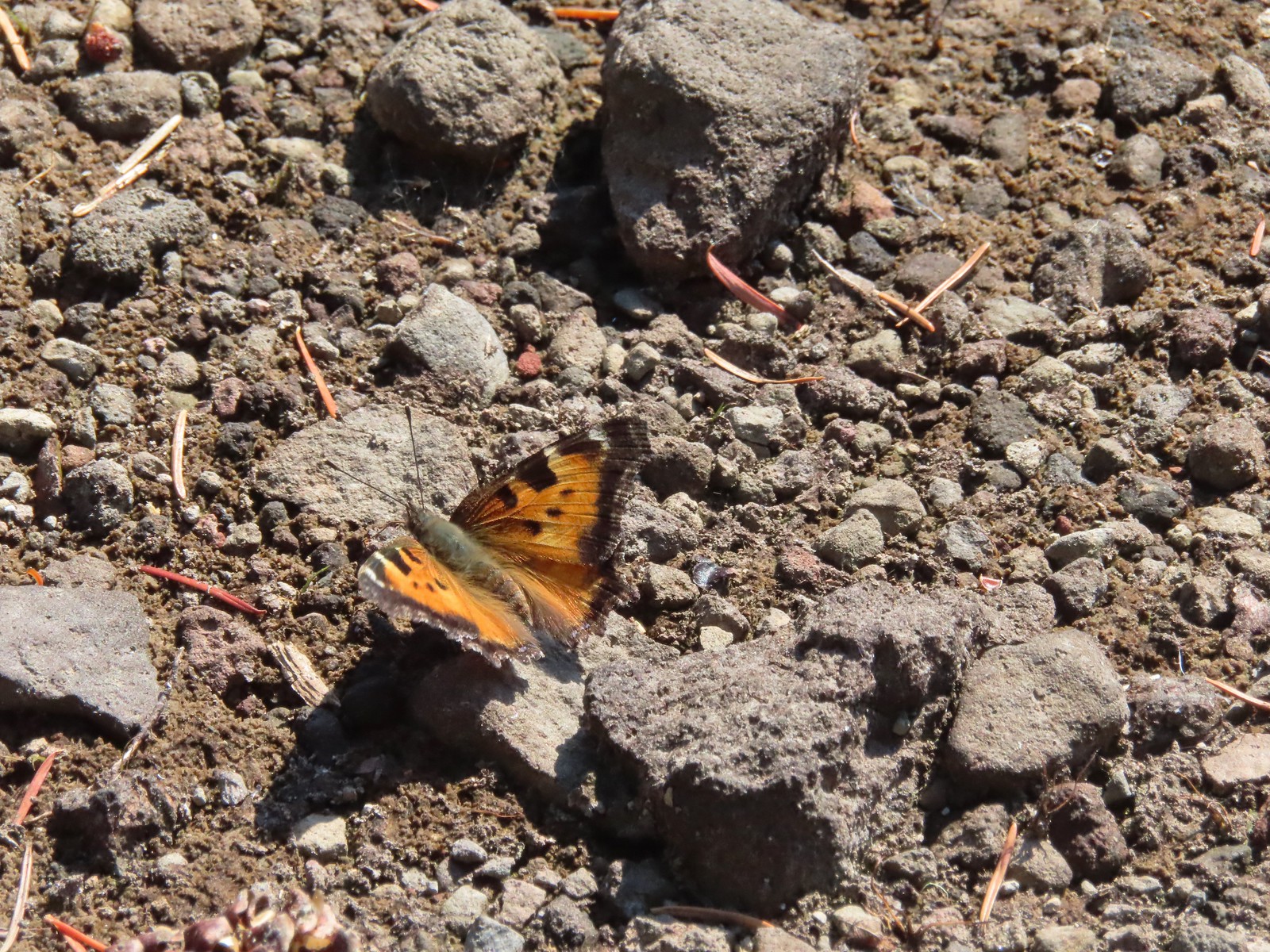 Tortoiseshell butterfly
Tortoiseshell butterfly Olallie Butte from Fish Lake.
Olallie Butte from Fish Lake. Black bear print along the shore of Fish Lake.
Black bear print along the shore of Fish Lake.
 White breasted nuthatch
White breasted nuthatch Lower Lake from the Fish Lake Trail.
Lower Lake from the Fish Lake Trail. Olallie Butte from Lower Lake.
Olallie Butte from Lower Lake. While parts of Lower Lake are shallow it actually reaches a depth of 73′ which is the reason it is so colorful.
While parts of Lower Lake are shallow it actually reaches a depth of 73′ which is the reason it is so colorful. Arriving back at Lower Lake Campground.
Arriving back at Lower Lake Campground.
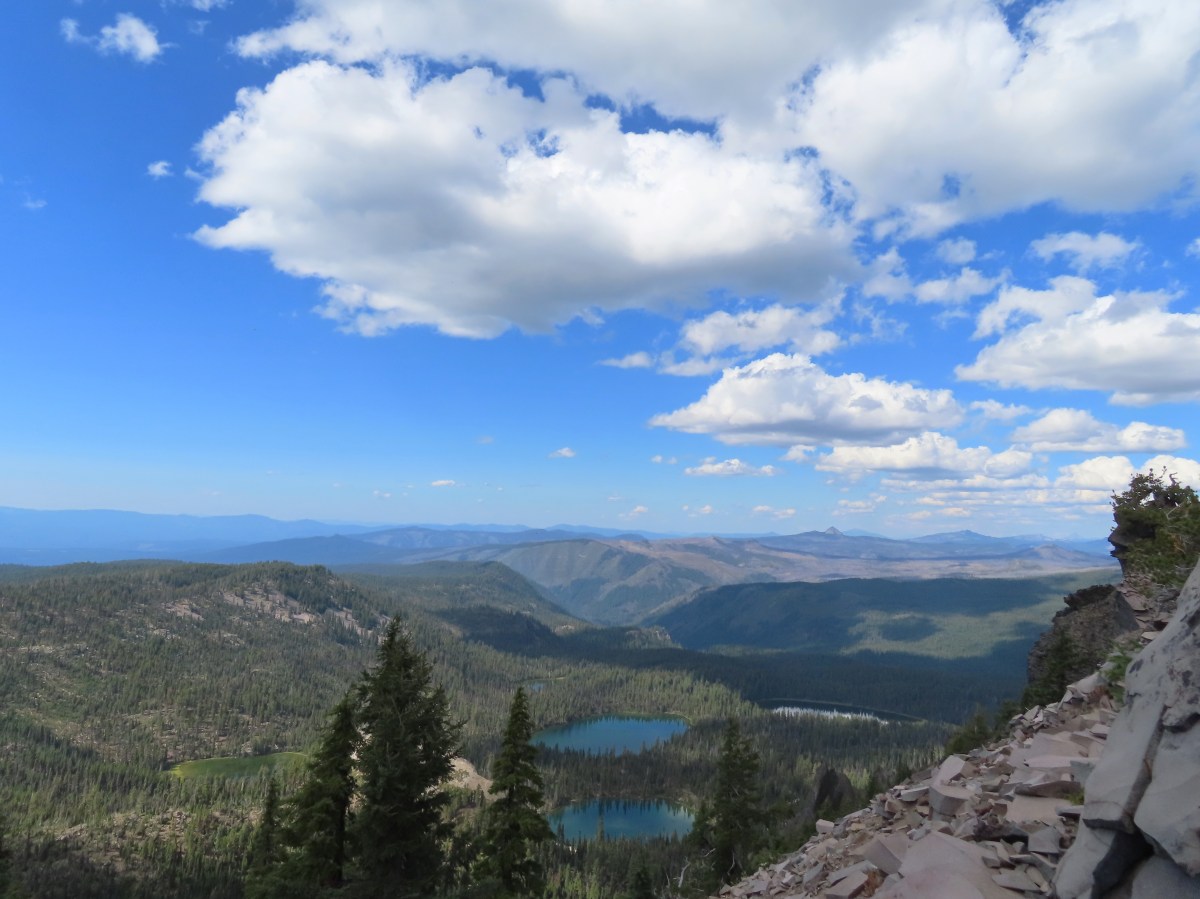
 Sevenmile Marsh Trailhead
Sevenmile Marsh Trailhead
 Sevenmile Creek
Sevenmile Creek Entering the wilderness
Entering the wilderness Sevenmile Marsh
Sevenmile Marsh Lodgepole pines were the dominate trees along the first part of the trail.
Lodgepole pines were the dominate trees along the first part of the trail. Mountain hemlock took over as the trail gained elevation.
Mountain hemlock took over as the trail gained elevation.
 Junction with the PCT.
Junction with the PCT.
 There were a few downed trees along this section but nothing difficult to get around.
There were a few downed trees along this section but nothing difficult to get around. This twisted tree caught our attention.
This twisted tree caught our attention. Nice blue sky.
Nice blue sky. Lewis’s woodpecker way up in a snag.
Lewis’s woodpecker way up in a snag.
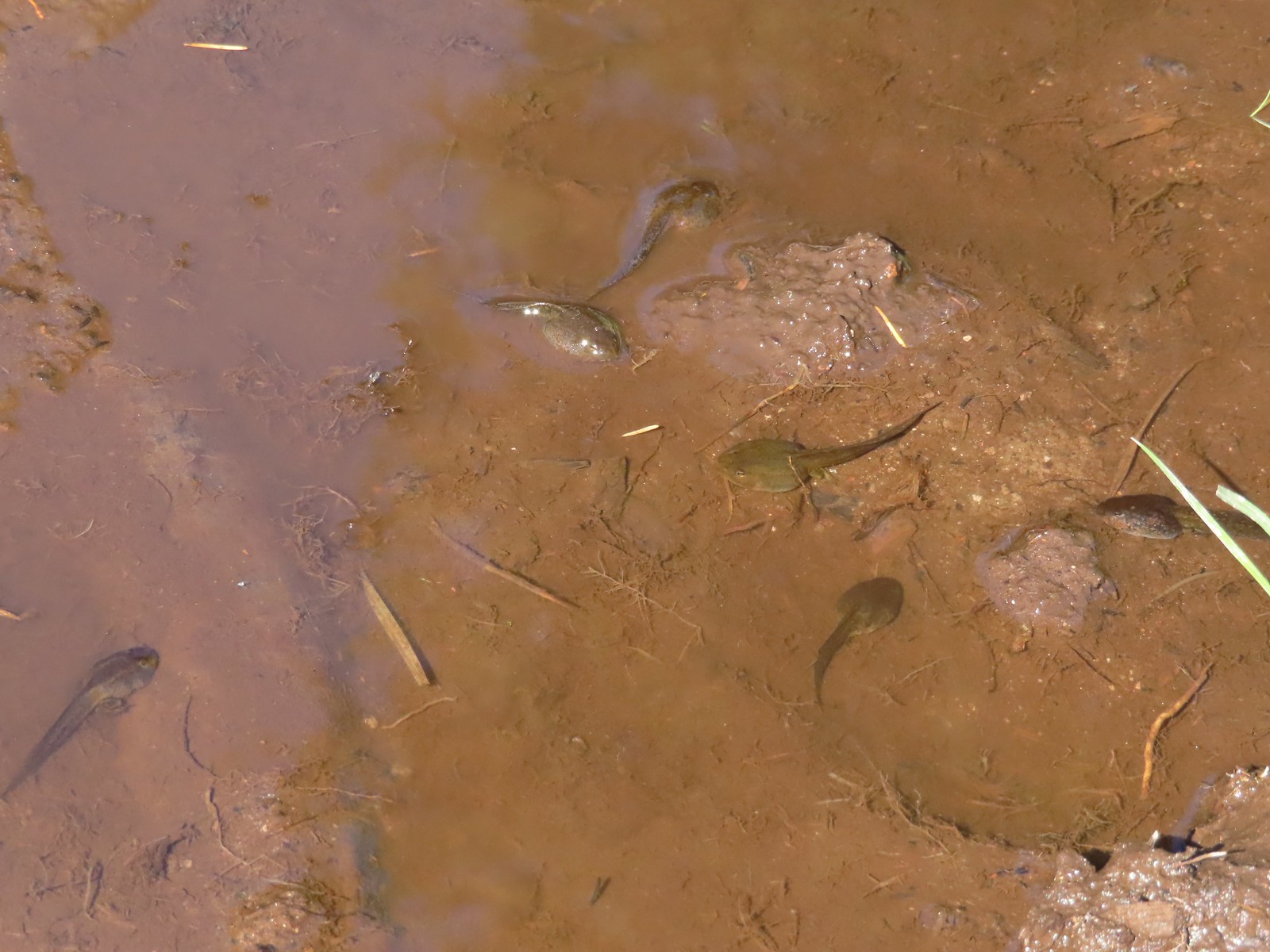 Tadpoles
Tadpoles Frog in the water.
Frog in the water.
 Trail sign ahead on the right.
Trail sign ahead on the right.
 Unnamed creek along the PCT. We were surprised at how many of the seasonal creeks still had flowing water.
Unnamed creek along the PCT. We were surprised at how many of the seasonal creeks still had flowing water. Grass-of-parnassus
Grass-of-parnassus Huckleberries, there were a lot of these around the basin which we happily sampled.
Huckleberries, there were a lot of these around the basin which we happily sampled. Devil’s Peak poking up above the trees.
Devil’s Peak poking up above the trees. The Cliff Lake Trail.
The Cliff Lake Trail.
 Prince’s pine
Prince’s pine Another flowing seasonal creek.
Another flowing seasonal creek. Crater Lake collomia (Collomia mazama)
Crater Lake collomia (Collomia mazama) The Seven Lakes Trail arriving on the right.
The Seven Lakes Trail arriving on the right.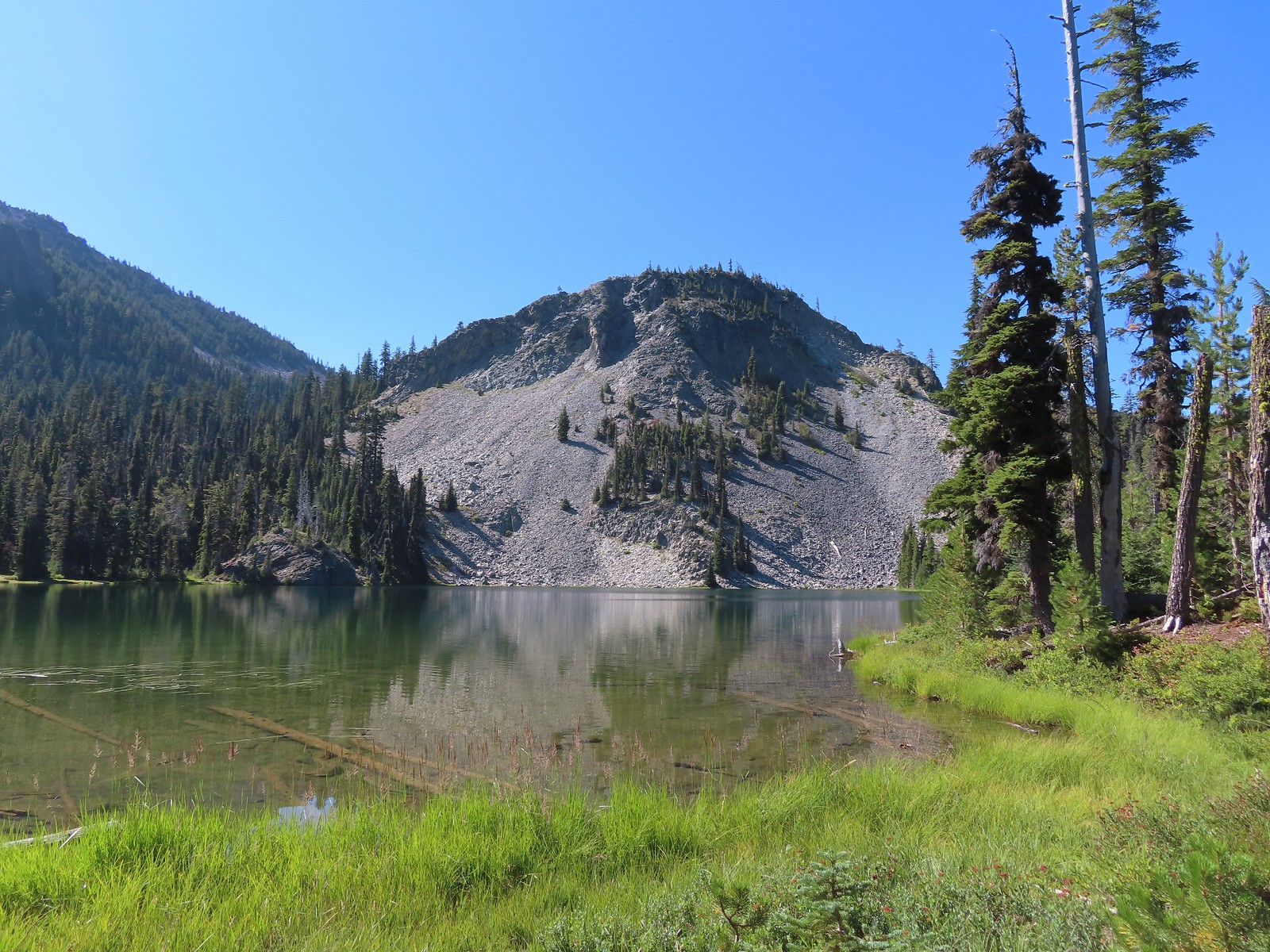 Cliff Lake
Cliff Lake
 Arnica
Arnica Aster
Aster
 Splash in Cliff Lake from one of many fish that were feeding on insects.
Splash in Cliff Lake from one of many fish that were feeding on insects. Camp
Camp Huckleberry bushes along the Cliff Lake Trail.
Huckleberry bushes along the Cliff Lake Trail. Anywhere there was water nearby there were lots of tiny Cascade toads to watch out for.
Anywhere there was water nearby there were lots of tiny Cascade toads to watch out for. Back at the PCT.
Back at the PCT.
 Larger frog
Larger frog Monkshood
Monkshood More grass-of-parnassus
More grass-of-parnassus Not only were the toads tiny, they also were well camouflaged.
Not only were the toads tiny, they also were well camouflaged. Mount Scott (
Mount Scott ( Mount Scott
Mount Scott The Watchman (
The Watchman ( The Watchman and Hillman Peak
The Watchman and Hillman Peak Devil’s Peak
Devil’s Peak Union Peak (
Union Peak ( Cliff Lake with Violet Hill beyond.
Cliff Lake with Violet Hill beyond.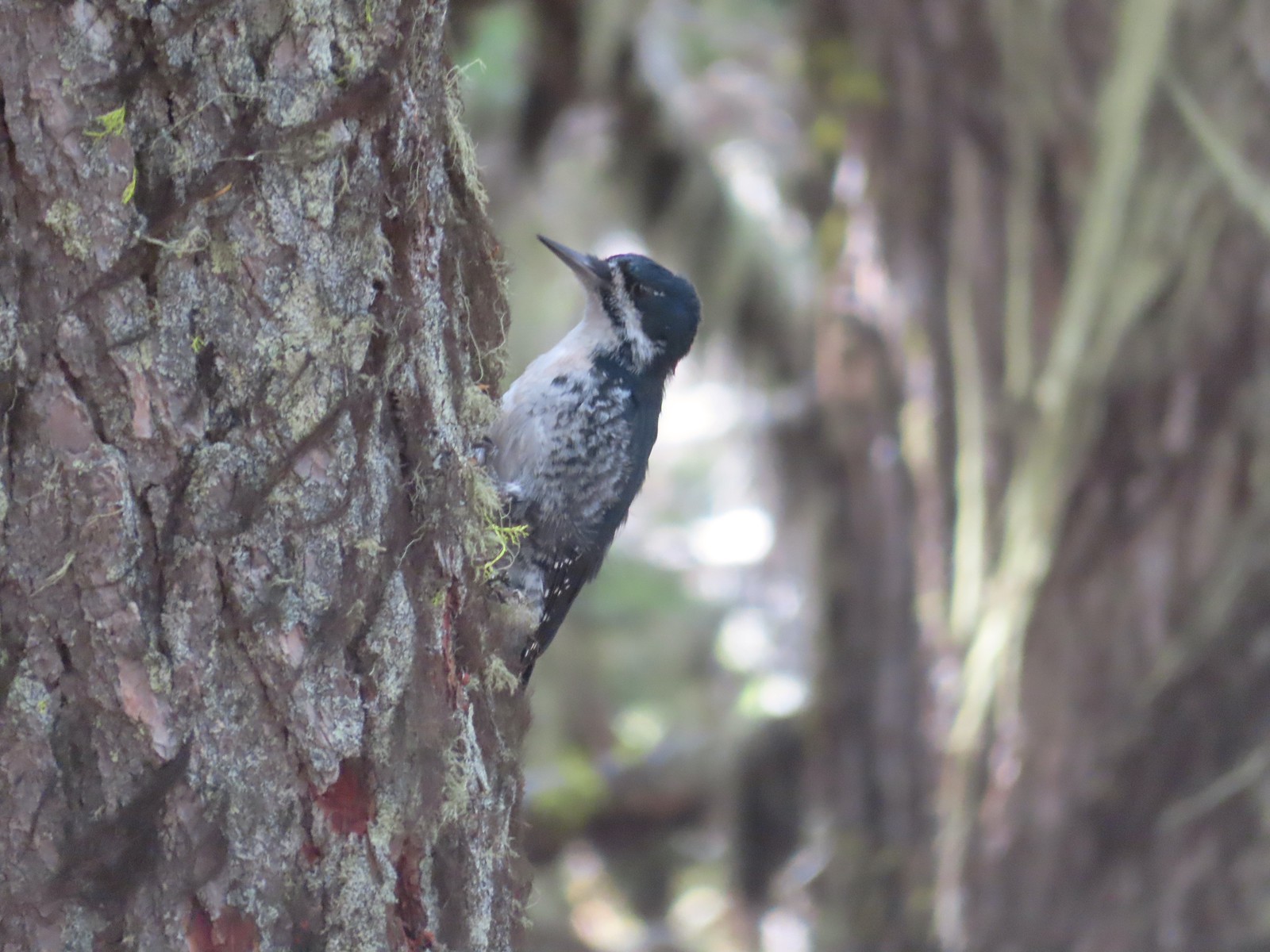 Black backed woodpecker
Black backed woodpecker Getting closer to Devil’s Peak.
Getting closer to Devil’s Peak. A much bigger Cascade toad.
A much bigger Cascade toad.


 Mt. Thielsen (
Mt. Thielsen ( Union Peak with Mt. Bailey (
Union Peak with Mt. Bailey ( Lots of neat rock formation on Devil’s Peak.
Lots of neat rock formation on Devil’s Peak. Western pasque flower seed heads.
Western pasque flower seed heads.
 Buckwheat
Buckwheat
 Views to the South opened up at the pass including Klamath Lake and Pelican Butte.
Views to the South opened up at the pass including Klamath Lake and Pelican Butte. Klamath Lake
Klamath Lake Devil’s Peak and the PCT coming up to the pass from the North.
Devil’s Peak and the PCT coming up to the pass from the North. Klamath Lake, Pelican Butte, Aspen Butte (
Klamath Lake, Pelican Butte, Aspen Butte ( Mt. McLoughlin
Mt. McLoughlin A faint Mt. Shasta which, given the wildfires burning in NW California was a bit of a surprise to be able to see.
A faint Mt. Shasta which, given the wildfires burning in NW California was a bit of a surprise to be able to see. The view North.
The view North. Goose Egg and Ethel Mountain in the forefront with Llao Rock, Mt. Thielsen, and Garfield Peak (
Goose Egg and Ethel Mountain in the forefront with Llao Rock, Mt. Thielsen, and Garfield Peak ( Devil’s Peak
Devil’s Peak We were a little concerned at first that it might be picking up water for a new fire but there wasn’t anything hanging from the helicopter so we have no idea what it was actually doing.
We were a little concerned at first that it might be picking up water for a new fire but there wasn’t anything hanging from the helicopter so we have no idea what it was actually doing. The use path to Devil’s Peak on the right and the PCT on the left.
The use path to Devil’s Peak on the right and the PCT on the left.
 The rather ominously named Lucifer from the use trail.
The rather ominously named Lucifer from the use trail. A second use trail coming up from the opposite side.
A second use trail coming up from the opposite side. Western pasque flowers on the hillside above the use trails.
Western pasque flowers on the hillside above the use trails. The summit of Devil’s Peak ahead.
The summit of Devil’s Peak ahead. Looking North toward Crater Lake and Mt. Thielsen
Looking North toward Crater Lake and Mt. Thielsen Lucifer, Jupiter, and Venus
Lucifer, Jupiter, and Venus Lee Peak above the pass.
Lee Peak above the pass. Luther Mountain (
Luther Mountain ( Remains of a former lookout.
Remains of a former lookout. The PCT below Devil’s and Lee Peaks.
The PCT below Devil’s and Lee Peaks.
 Goose Egg, Llao Rock, and Mt. Thielsen
Goose Egg, Llao Rock, and Mt. Thielsen Mt. Scott
Mt. Scott Mt. Shasta to South through a little smoke but again we felt fortunate to be able to see the mountain at all.
Mt. Shasta to South through a little smoke but again we felt fortunate to be able to see the mountain at all. Colorful grasshopper at the summit.
Colorful grasshopper at the summit. American pipit
American pipit The Seven Lakes Basin from the use trail down.
The Seven Lakes Basin from the use trail down. South, Middle, North, and Grass Lakes
South, Middle, North, and Grass Lakes Heading down the use trail.
Heading down the use trail. Looking back up the use trail.
Looking back up the use trail.
 Western snakeroot along the PCT.
Western snakeroot along the PCT. A comma butterfly on western snakeroot.
A comma butterfly on western snakeroot. Painted lady
Painted lady
 Venus from the Devil’s Peak Trail.
Venus from the Devil’s Peak Trail. Looking back at Devil’s Peak.
Looking back at Devil’s Peak. Looking North across the Seven Lakes Basin.
Looking North across the Seven Lakes Basin. Lake Alta in a bowl below Violet Hill.
Lake Alta in a bowl below Violet Hill.
 Pond along the Devil’s Peak Trail.
Pond along the Devil’s Peak Trail. Coming up to the Seven Lakes Trail junction. A rock cairn was the only marker.
Coming up to the Seven Lakes Trail junction. A rock cairn was the only marker.


 I was still only about halfway along the lake after the quarter mile. There used to be a campground at the North end.
I was still only about halfway along the lake after the quarter mile. There used to be a campground at the North end. Common merganser
Common merganser The southern end of Lake Alta.
The southern end of Lake Alta. Cliff Lake below Devil’s Peak and Middle Lake.
Cliff Lake below Devil’s Peak and Middle Lake. Middle and Grass Lakes
Middle and Grass Lakes I could hear several pikas in the rocks below the cliffs but the only thing I spotted was a chipmunk.
I could hear several pikas in the rocks below the cliffs but the only thing I spotted was a chipmunk. Chipmunk
Chipmunk Sulphur butterfly on aster.
Sulphur butterfly on aster.
 Gentian
Gentian Fireweed
Fireweed
 South Lake
South Lake
 Devil’s Peak from the trail. There were more pikas “meeping” from the rocks here but again we failed to spot any of them.
Devil’s Peak from the trail. There were more pikas “meeping” from the rocks here but again we failed to spot any of them.

 Devil’s Peak in the evening.
Devil’s Peak in the evening. So many fish in the evening.
So many fish in the evening.
 Devil’s Peak in the morning.
Devil’s Peak in the morning. Seven Lakes and Cliff Lake Trail junction.
Seven Lakes and Cliff Lake Trail junction.

 We detoured left at the northern end of the lake following a pointer for Lake Ivern to find a view back across Middle Lake.
We detoured left at the northern end of the lake following a pointer for Lake Ivern to find a view back across Middle Lake. Devil’s Peak from Middle Lake.
Devil’s Peak from Middle Lake. Stream crossing.
Stream crossing. Monkshood and grass-of-parnassus
Monkshood and grass-of-parnassus Grass Lake
Grass Lake
 Arriving at the PCT.
Arriving at the PCT.

 Golden-mantled ground squirrel
Golden-mantled ground squirrel Sevenmile Trail at the PCT to return to the Sevenmile Marsh Trailhead.
Sevenmile Trail at the PCT to return to the Sevenmile Marsh Trailhead. Exiting the Sky Lakes Wilderness.
Exiting the Sky Lakes Wilderness.



 Registration box and signboard at the Mt. Hood Wilderness boundary.
Registration box and signboard at the Mt. Hood Wilderness boundary. There were a few downed trees but nothing too difficult to navigate.
There were a few downed trees but nothing too difficult to navigate. The brush was mostly huckleberry bushes.
The brush was mostly huckleberry bushes. Trail side snacks.
Trail side snacks. McGee Creek Trail junction with the Timberline Trail.
McGee Creek Trail junction with the Timberline Trail.
 Blowdown from the September 2020 storms that also flamed the destructive wildfires across the state. For more information on the storms impact on Mt. Hood check out this Wy’East Blog
Blowdown from the September 2020 storms that also flamed the destructive wildfires across the state. For more information on the storms impact on Mt. Hood check out this Wy’East Blog  Looking through the trees at one of the areas that suffered severe blowdown.
Looking through the trees at one of the areas that suffered severe blowdown. It was a cloudy day. We got sprinkled on briefly a couple of times.
It was a cloudy day. We got sprinkled on briefly a couple of times. Fireweed
Fireweed Pinedrop
Pinedrop Avalanche lilies
Avalanche lilies Paintbrush
Paintbrush Valerian, spirea, and paintbrush
Valerian, spirea, and paintbrush Gentians
Gentians Yellow monkeyflower
Yellow monkeyflower A tributary of McGee Creek.
A tributary of McGee Creek. Spirea along the Timberline Trail.
Spirea along the Timberline Trail. Shooting star
Shooting star Pink monkeyflower
Pink monkeyflower Fleabane
Fleabane Beargrass
Beargrass False hellebore
False hellebore Partridge foot
Partridge foot
 Lupine
Lupine Lewis monkeyflower along a tributary of McGee Creek.
Lewis monkeyflower along a tributary of McGee Creek. Beardstongue
Beardstongue Lousewort
Lousewort
 Dry pond surrounded by beargrass.
Dry pond surrounded by beargrass. The idiots camped in the meadow. There is even an arrow on the “Do not camp in meadow” sign pointing at the meadow. Please DON’T be these people.
The idiots camped in the meadow. There is even an arrow on the “Do not camp in meadow” sign pointing at the meadow. Please DON’T be these people. The second pond still had some water in it.
The second pond still had some water in it. Junction with the Mazama Trail (
Junction with the Mazama Trail ( The butterflies weren’t out today but the bees were.
The butterflies weren’t out today but the bees were. The clouds just wouldn’t quite raise enough.
The clouds just wouldn’t quite raise enough. Mountain heather
Mountain heather Lupine and paintbrush
Lupine and paintbrush Beargrass along the Timberline Trail.
Beargrass along the Timberline Trail. Paintbrush, partridge foot and lupine
Paintbrush, partridge foot and lupine Signpost for the McNeil Point Trail.
Signpost for the McNeil Point Trail.

 We’d never seen a paint colored like this before.
We’d never seen a paint colored like this before.




 Western pasque flower
Western pasque flower Lupine and two types of monkeyflower
Lupine and two types of monkeyflower



 Pikas spend the Summer gathering greens for the rest of the year when they remain in their homes under the snows.
Pikas spend the Summer gathering greens for the rest of the year when they remain in their homes under the snows.

 Mountain heather and paintbrush.
Mountain heather and paintbrush. Saxifrage
Saxifrage A variety of flowers.
A variety of flowers. Avalanche lilies
Avalanche lilies Sub-alpine fleabane
Sub-alpine fleabane Western pasque flowers
Western pasque flowers Doe that was as surprised as we were when we spotted each other.
Doe that was as surprised as we were when we spotted each other.

 Lewis monkeyflower
Lewis monkeyflower The righthand fork.
The righthand fork. View from the plateau.
View from the plateau. Some low clouds to the East.
Some low clouds to the East. Dwarf lupine
Dwarf lupine A hiker on the righthand fork headed for the McNeil Point Shelter.
A hiker on the righthand fork headed for the McNeil Point Shelter.

 Caves below the Sandy Glacier.
Caves below the Sandy Glacier. Bluebells of Scotland
Bluebells of Scotland The shelter below to the right.
The shelter below to the right. Muddy Fork
Muddy Fork
 Goldenrod
Goldenrod
 With the clouds the view wouldn’t have been great from the ridge on this day.
With the clouds the view wouldn’t have been great from the ridge on this day.



 Patches of blowdown along Bald Mountain Ridge.
Patches of blowdown along Bald Mountain Ridge.

 Columbine
Columbine Valerian
Valerian Paintbrush and bistort
Paintbrush and bistort Aster
Aster Chipmunk snacking on huckleberries.
Chipmunk snacking on huckleberries. Meadow near the Timberline Trail.
Meadow near the Timberline Trail.
 Arriving back at the Timberline Trail.
Arriving back at the Timberline Trail. Every once in awhile the trail was clear of other users.
Every once in awhile the trail was clear of other users.
 We’re always drawn to this rock fin above the Muddy Fork.
We’re always drawn to this rock fin above the Muddy Fork.
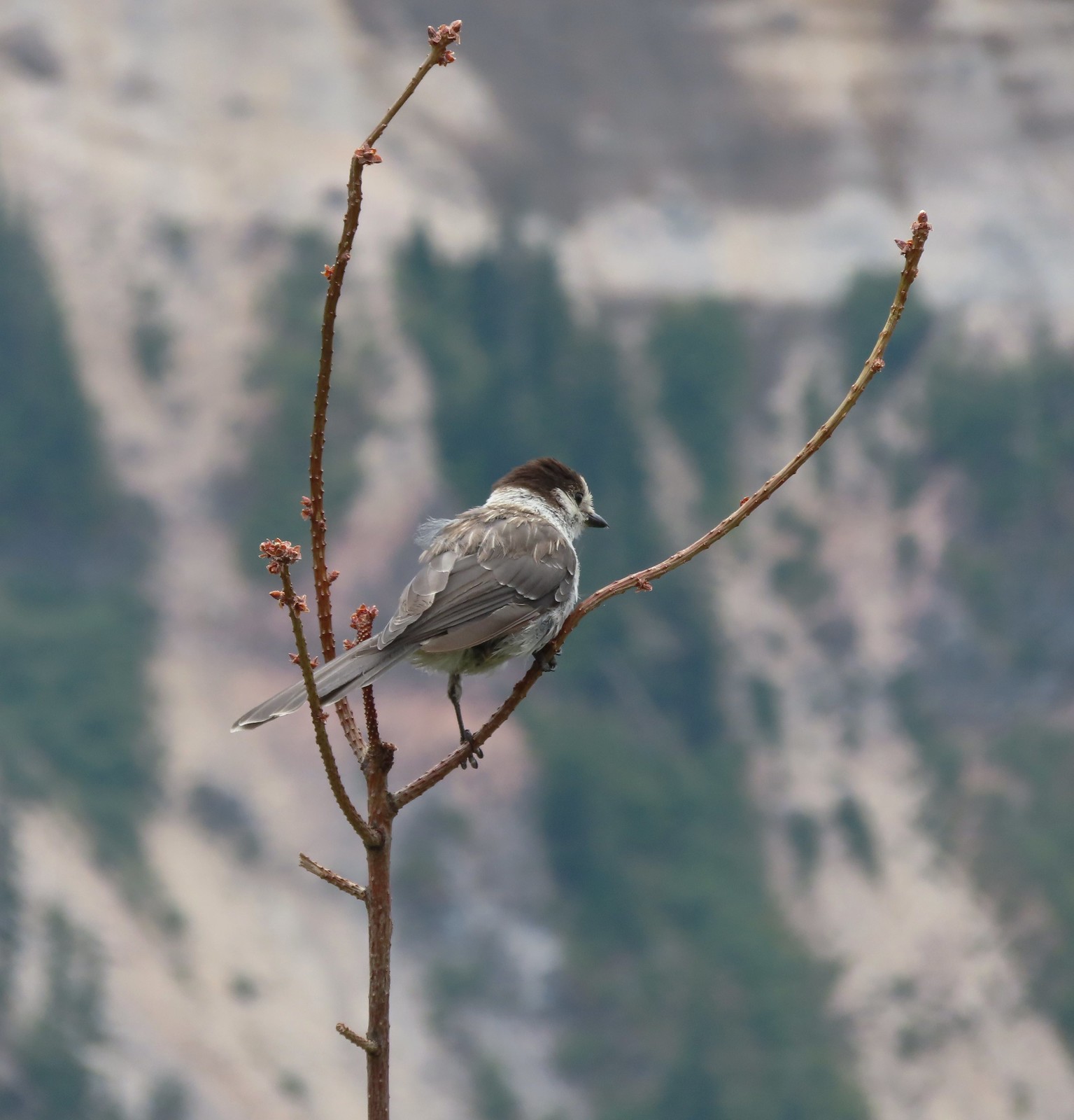 Canada jay
Canada jay
 McGee Creek Trail junction.
McGee Creek Trail junction.
 Bunchberry
Bunchberry Is that sunlight?
Is that sunlight? While the clouds never lifted from Mt. Hood we did experience a window of blue sky near the end of our hike.
While the clouds never lifted from Mt. Hood we did experience a window of blue sky near the end of our hike.
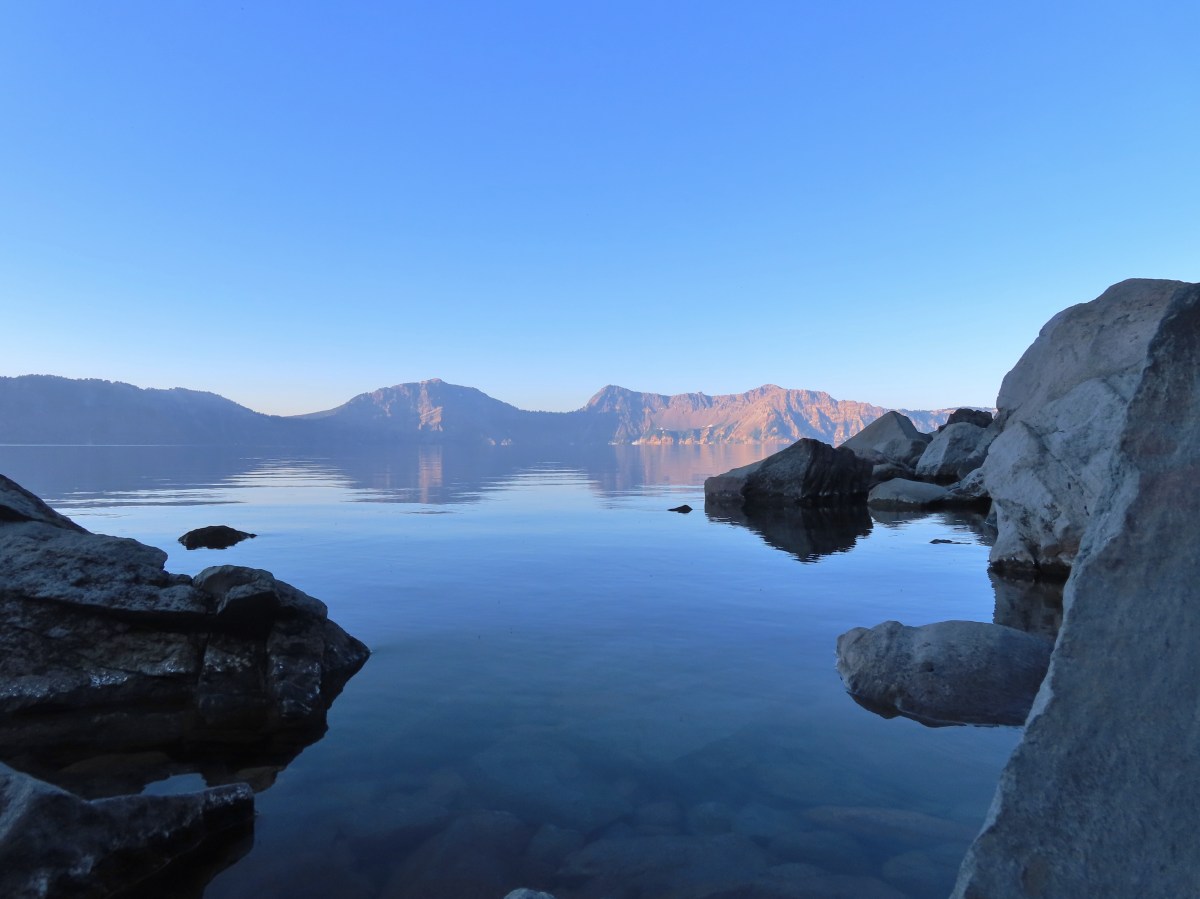
 Sunrise behind Llao Rock on the way to the trailhead.
Sunrise behind Llao Rock on the way to the trailhead. Crater Lake at sunrise.
Crater Lake at sunrise. Mt. Bailey, Diamond Peak, and Mt. Thielsen behind Red Cone.
Mt. Bailey, Diamond Peak, and Mt. Thielsen behind Red Cone. Cowhorn Mountain (
Cowhorn Mountain (

 Mt. Scott (
Mt. Scott (

 Dutton Cliffs, Sun Notch (
Dutton Cliffs, Sun Notch ( Looking down at the turnaround point.
Looking down at the turnaround point. Wouldn’t want a rock like this to come down on you.
Wouldn’t want a rock like this to come down on you. Breakfast time.
Breakfast time. There were “no stopping” signs at areas where the danger of rock fall was the greatest.
There were “no stopping” signs at areas where the danger of rock fall was the greatest. One of the tour boats.
One of the tour boats.

 Looking back at the dock area.
Looking back at the dock area. Couldn’t get an actual fish in a photo but I barely missed this one.
Couldn’t get an actual fish in a photo but I barely missed this one.
 The dock at Cleetwood Cove.
The dock at Cleetwood Cove. Not a hiker or fisherman.
Not a hiker or fisherman.
 Llao Rock from East Rim Drive.
Llao Rock from East Rim Drive.





 Bog Orchid
Bog Orchid Bistort and monkeyflower
Bistort and monkeyflower

 Some sort of orchid?
Some sort of orchid? Yellow monkeyflower
Yellow monkeyflower Monkshood
Monkshood


 Bistort
Bistort Not sure if this is a robin or ?
Not sure if this is a robin or ?
 Crater Lake Lodge
Crater Lake Lodge

 Garfield Peak from behind the lodge.
Garfield Peak from behind the lodge. The Watchman and Hillman Peak
The Watchman and Hillman Peak Golden-mantled ground squirrel with a mouth full.
Golden-mantled ground squirrel with a mouth full.









 Mt. McLoughlin (
Mt. McLoughlin ( Mt. McLoughlin
Mt. McLoughlin Union Peak
Union Peak Paintbrush
Paintbrush Reservoir structure (built 1931).
Reservoir structure (built 1931).
 Mt. Bailey (
Mt. Bailey ( Mt. Bailey
Mt. Bailey Deer below the trail.
Deer below the trail. Western pasque flowers
Western pasque flowers
 Arnica
Arnica One of several patches of snow at the higher elevations.
One of several patches of snow at the higher elevations. Crater Lake Lodge below to the left.
Crater Lake Lodge below to the left. Mt. Scott (
Mt. Scott (
 Clark’s nutcracker
Clark’s nutcracker Buckwheat
Buckwheat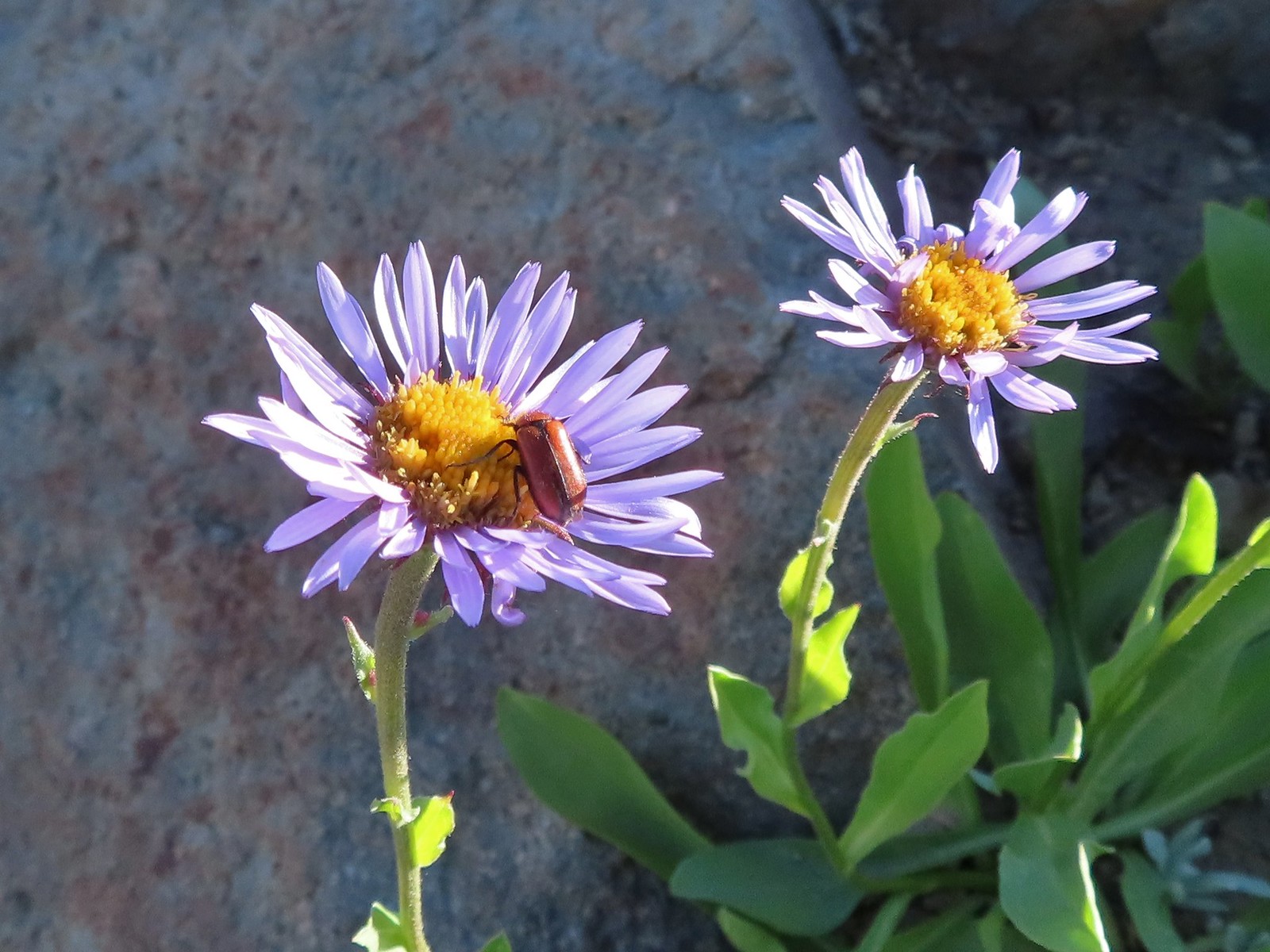 Beetle on sub-alpine fleabane.
Beetle on sub-alpine fleabane.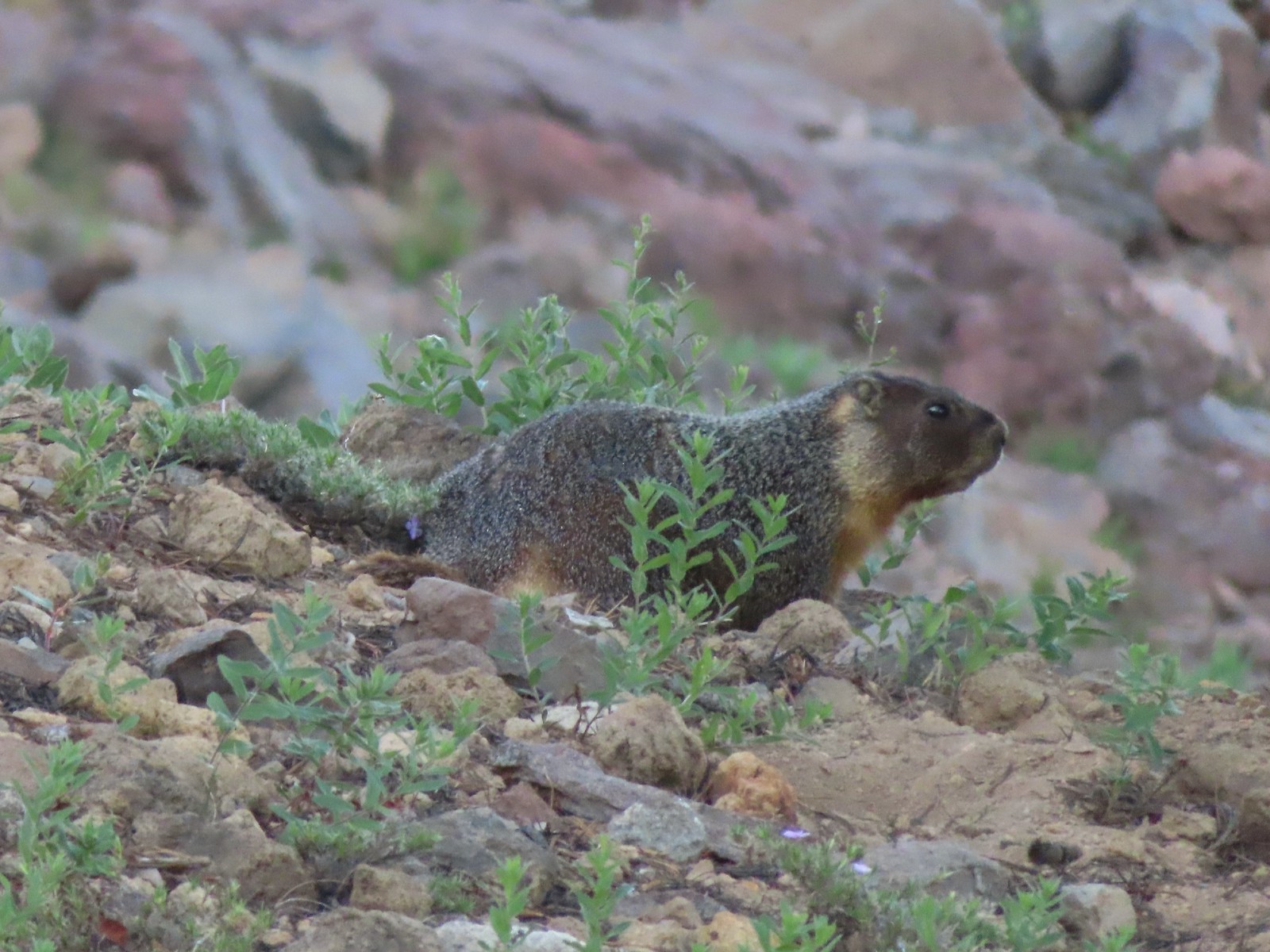 Yellow-bellied marmot
Yellow-bellied marmot Bench below the summit of Garfield Peak.
Bench below the summit of Garfield Peak. Partridge foot
Partridge foot Applegate Peak to the left and Crater Peak (
Applegate Peak to the left and Crater Peak ( Arriving at the summit.
Arriving at the summit. Mt. Scott above the Phantom Ship.
Mt. Scott above the Phantom Ship.

 It was a bit hard to make out but Mt. Shasta was visible to the south.
It was a bit hard to make out but Mt. Shasta was visible to the south. Cowhorn Mountain (
Cowhorn Mountain ( Crater Lake from the summit of Garfield Peak.
Crater Lake from the summit of Garfield Peak.
 Blurry photo due to the sheer distance away it was but it looked big.
Blurry photo due to the sheer distance away it was but it looked big. Union Peak behind a marmot.
Union Peak behind a marmot.
 Penstemon
Penstemon
 Painted lady
Painted lady There were a lot of marmots out.
There were a lot of marmots out. Paintbrush, phlox and buckwheat.
Paintbrush, phlox and buckwheat. Stonecrop, paintbrush and pearly everlasting.
Stonecrop, paintbrush and pearly everlasting. The clear blue water of the deepest lake in the United States.
The clear blue water of the deepest lake in the United States. Yellow-rumped warbler
Yellow-rumped warbler

 False hellebore
False hellebore Viewpoint and The Watchman from the trailhead.
Viewpoint and The Watchman from the trailhead.
 Western pasque flowers above Crater Lake.
Western pasque flowers above Crater Lake.
 Hillman Peak ahead.
Hillman Peak ahead.



 Lounging on a rock.
Lounging on a rock. Shasta knotweed
Shasta knotweed Rim Drive below the Rim Trail.
Rim Drive below the Rim Trail. Mt. Bailey and Diamond Peak with Diamond Lake (
Mt. Bailey and Diamond Peak with Diamond Lake ( Red Cone with Sawtooth Mountain (
Red Cone with Sawtooth Mountain ( Silvery Raillardella
Silvery Raillardella Snow patch on Hillman Peak.
Snow patch on Hillman Peak. Penstemon
Penstemon Llao Rock
Llao Rock It took us a moment to notice the two deer ahead along the tree line.
It took us a moment to notice the two deer ahead along the tree line. We spotted the doe but she also had a pair of fawns nearby that bounded off.
We spotted the doe but she also had a pair of fawns nearby that bounded off.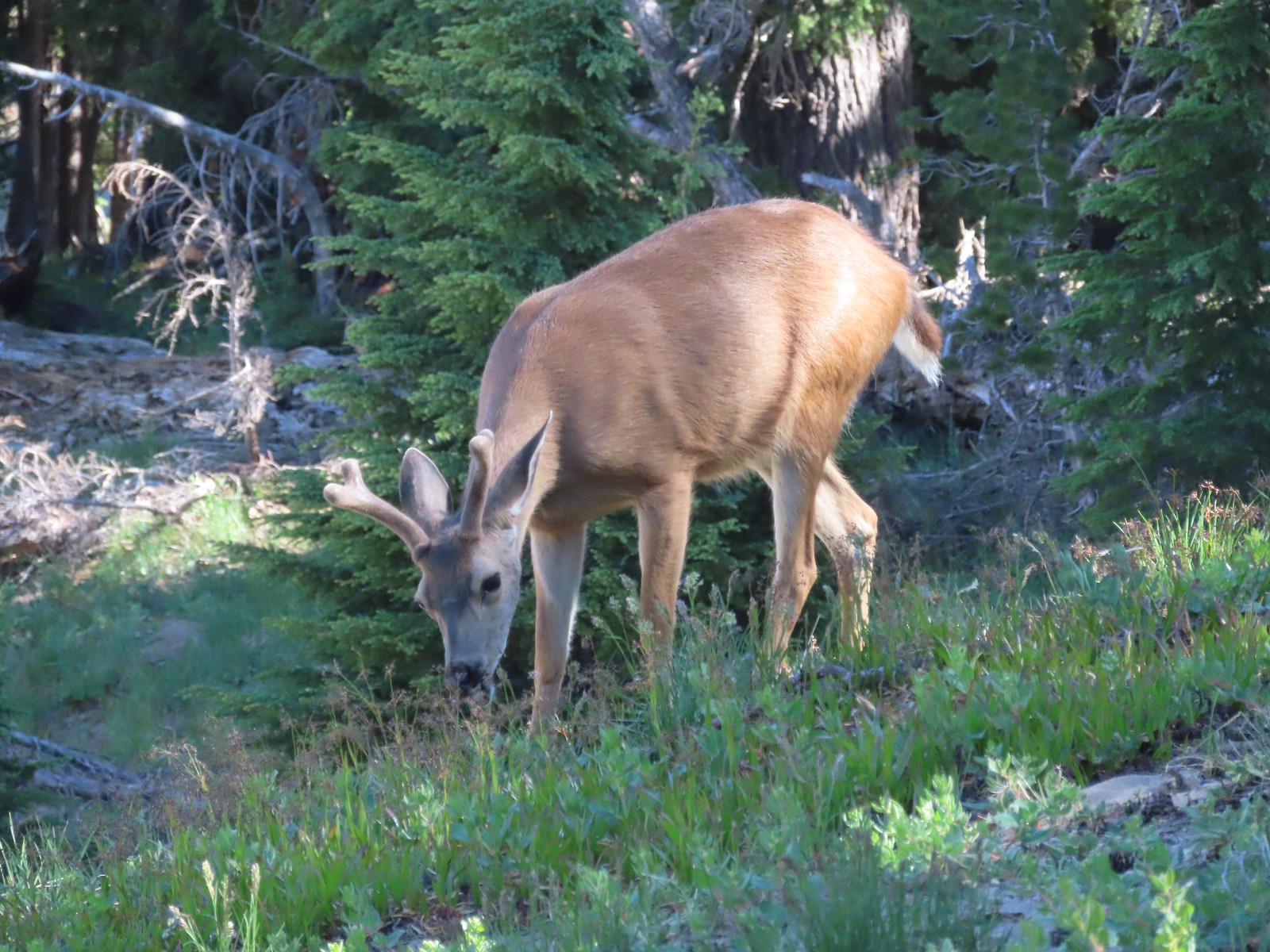 This buck had zero concern with us as we passed by.
This buck had zero concern with us as we passed by. Phlox
Phlox Dwarf lupine
Dwarf lupine Devil’s Backbone with Mt. Scott behind.
Devil’s Backbone with Mt. Scott behind. Wizard Island
Wizard Island Devil’s Backbone
Devil’s Backbone Hillman Peak from Devil’s Backbone.
Hillman Peak from Devil’s Backbone. Garfield Peak across Crater Lake.
Garfield Peak across Crater Lake.

 Saxifrage
Saxifrage The Watchman
The Watchman If I stand perfectly still, they won’t see me.
If I stand perfectly still, they won’t see me. Hillman Peak and Llao Rock from the viewpoint at The Watchman Trailhead.
Hillman Peak and Llao Rock from the viewpoint at The Watchman Trailhead. Rock formations below Hillman Peak.
Rock formations below Hillman Peak. Godfrey Glen Trailhead
Godfrey Glen Trailhead
 The ADA accessible trail made for a nice easy walk.
The ADA accessible trail made for a nice easy walk.
 Super-heated volcanic gas fused ash creating these pinnacles.
Super-heated volcanic gas fused ash creating these pinnacles.
 First viewpoint of Godfrey Glen above Munson Creek.
First viewpoint of Godfrey Glen above Munson Creek. Godfrey Glen
Godfrey Glen
 Another viewpoint.
Another viewpoint. We could hear Munson Creek but it wasn’t visible in the canyon below.
We could hear Munson Creek but it wasn’t visible in the canyon below.
 One waterfall.
One waterfall. Another waterfall in the canyon.
Another waterfall in the canyon. The end of the loop.
The end of the loop.
 Sinnott Memorial Overlook on the rim to the left.
Sinnott Memorial Overlook on the rim to the left. View from the overlook.
View from the overlook. Mt. Scott and Garfield Peak from the overlook.
Mt. Scott and Garfield Peak from the overlook. These numbers blew our minds.
These numbers blew our minds.

 Swallowtail and a painted lady on penstemon.
Swallowtail and a painted lady on penstemon.






 There were pikas out there in the rocks but we only heard them this time.
There were pikas out there in the rocks but we only heard them this time. We did spot this western tanager though.
We did spot this western tanager though. Pink monkeyflowers. One of our favorite wildflowers.
Pink monkeyflowers. One of our favorite wildflowers.
 The trail climbed gradually along Sand Creek before rounding a corner to a view of Plaikni Falls.
The trail climbed gradually along Sand Creek before rounding a corner to a view of Plaikni Falls. Paintbrush and columbine along with lupine and groundsel.
Paintbrush and columbine along with lupine and groundsel.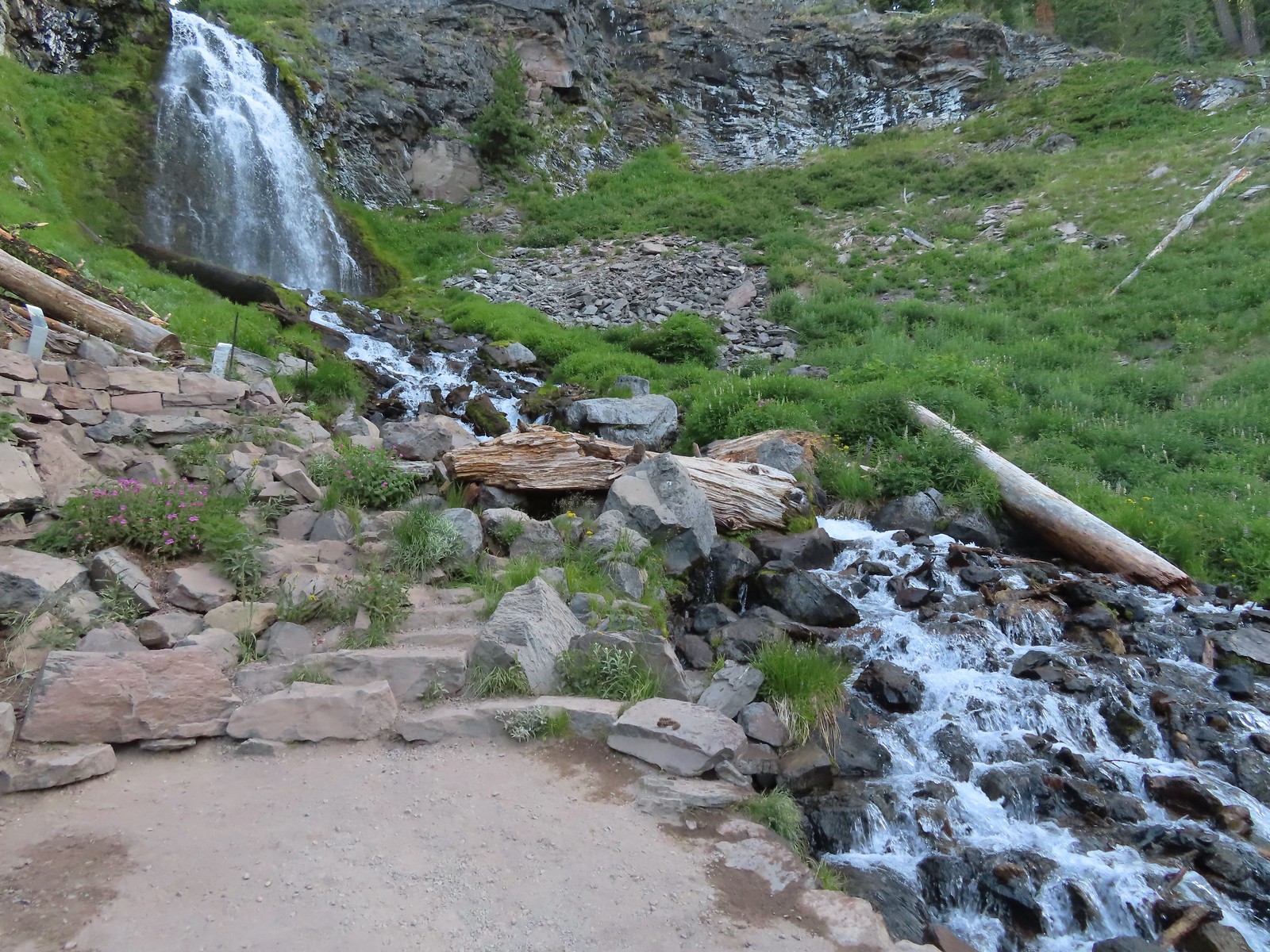

 Hummingbird visiting a paintbrush.
Hummingbird visiting a paintbrush. Monkshood
Monkshood Yellow monkeyflower
Yellow monkeyflower
 Applegate Peak from the Sun Notch Trailhead.
Applegate Peak from the Sun Notch Trailhead.

 There is a nice green meadow in the center of the loop.
There is a nice green meadow in the center of the loop.

 The Phantom Ship.
The Phantom Ship. Diamond Peak (
Diamond Peak (
 The Watchman (
The Watchman (

 Garfield Peak, The Watchman, and Hillman Peak.
Garfield Peak, The Watchman, and Hillman Peak. Heading back down to the start of the loop.
Heading back down to the start of the loop. Marmot
Marmot

 Vidae Creek
Vidae Creek East Rim Drive was up above the trail.
East Rim Drive was up above the trail. Crater Peak through the trees on the left.
Crater Peak through the trees on the left. Paintbrush
Paintbrush Stonecrop
Stonecrop
 Setting off on the broad ridge.
Setting off on the broad ridge.

 There was a very short steep climb to reach this small meadow with a view ahead to Crater Peak.
There was a very short steep climb to reach this small meadow with a view ahead to Crater Peak. Female western tanager
Female western tanager
 Looking up Crater Peak.
Looking up Crater Peak. Little prince’s pine
Little prince’s pine Union Peak (
Union Peak ( Mt. McLoughlin (
Mt. McLoughlin ( Mt. McLoughlin behind Lee & Devil’s Peaks.
Mt. McLoughlin behind Lee & Devil’s Peaks. Mt. Shasta was visible, barely, through wildfire smoke.
Mt. Shasta was visible, barely, through wildfire smoke. Arriving at the crater.
Arriving at the crater. Scarlet gilia lining the trail around the crater.
Scarlet gilia lining the trail around the crater. The Watchman to the left and Garfield Peak.
The Watchman to the left and Garfield Peak. Applegate Peak and Mt. Thielsen
Applegate Peak and Mt. Thielsen View south to Mt. McLoughlin with the Goose Nest to the closer to the right.
View south to Mt. McLoughlin with the Goose Nest to the closer to the right. Dutton Cliffs and Mt. Scott (
Dutton Cliffs and Mt. Scott ( Pussytoes
Pussytoes Paintbrush
Paintbrush
 Western pasque flowers
Western pasque flowers Klamath Basin with haze from (most likely) the Golden Fire near Bonanza.
Klamath Basin with haze from (most likely) the Golden Fire near Bonanza. The Rabbitt Ears and Hershberger Mountain (
The Rabbitt Ears and Hershberger Mountain (





 Signboard at the loop.
Signboard at the loop. Crater Peak from the trail.
Crater Peak from the trail.
 Ash pinnacles
Ash pinnacles Getting ready to drop into the canyon.
Getting ready to drop into the canyon. The trail had been closed for hazard tree removal and we could see that there had been some big trees that had to be cleared.
The trail had been closed for hazard tree removal and we could see that there had been some big trees that had to be cleared.
 Wildflowers in the meadows below.
Wildflowers in the meadows below. Annie Creek
Annie Creek




 Monkeyflower and lupine
Monkeyflower and lupine Final pitch to end the loop.
Final pitch to end the loop. The Annie Creek Restaurant.
The Annie Creek Restaurant.

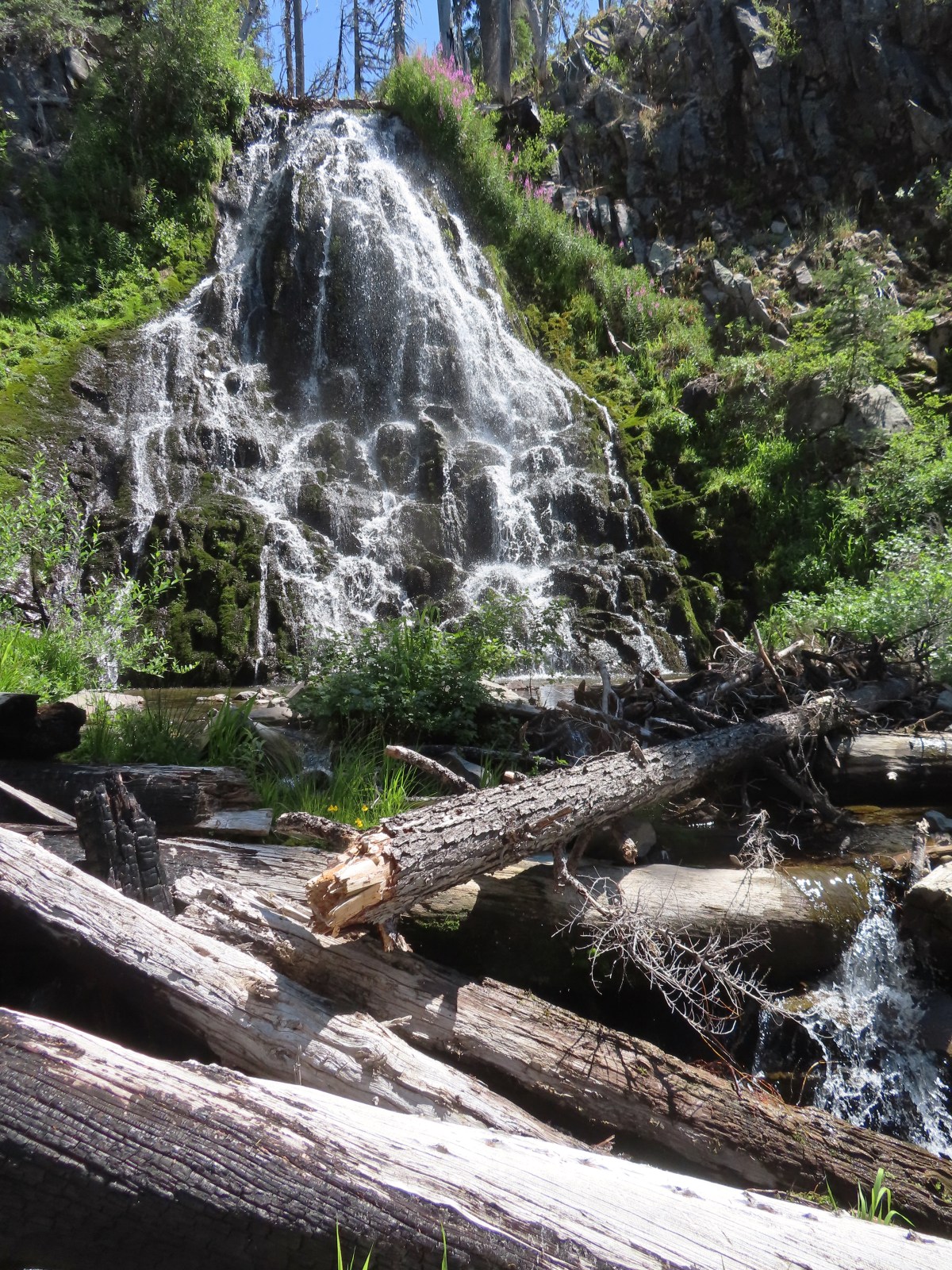

 Arriving at the highway.
Arriving at the highway. Trail on the far side of Hwy 62.
Trail on the far side of Hwy 62.

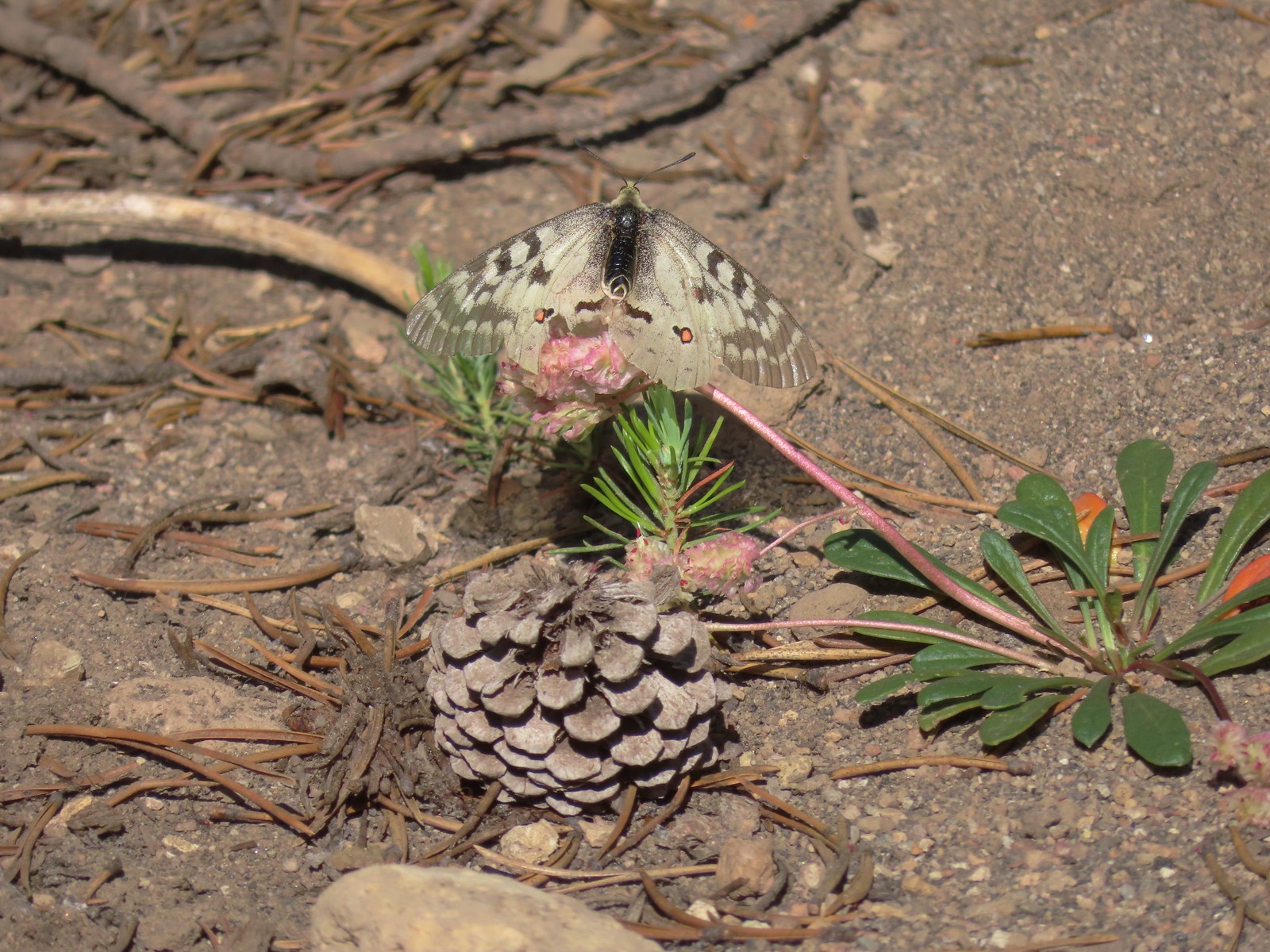 Clodius parnassian on a pussy paw.
Clodius parnassian on a pussy paw. Much of the trail followed an old roadbed.
Much of the trail followed an old roadbed.
 PCT junction.
PCT junction. Butterfly on the Crater Lake PCT register. While I was working on getting the butterfly photo a northbound thru hiker arrived. He mentioned not having had a shower in 10 days and being really excited to reach
Butterfly on the Crater Lake PCT register. While I was working on getting the butterfly photo a northbound thru hiker arrived. He mentioned not having had a shower in 10 days and being really excited to reach 

 Older cut logs helped us locate the trail at times.
Older cut logs helped us locate the trail at times. Union Peak from the trail (
Union Peak from the trail (
 It took a second to find the tread in this meadow.
It took a second to find the tread in this meadow. Once we found it though it was easy to follow.
Once we found it though it was easy to follow.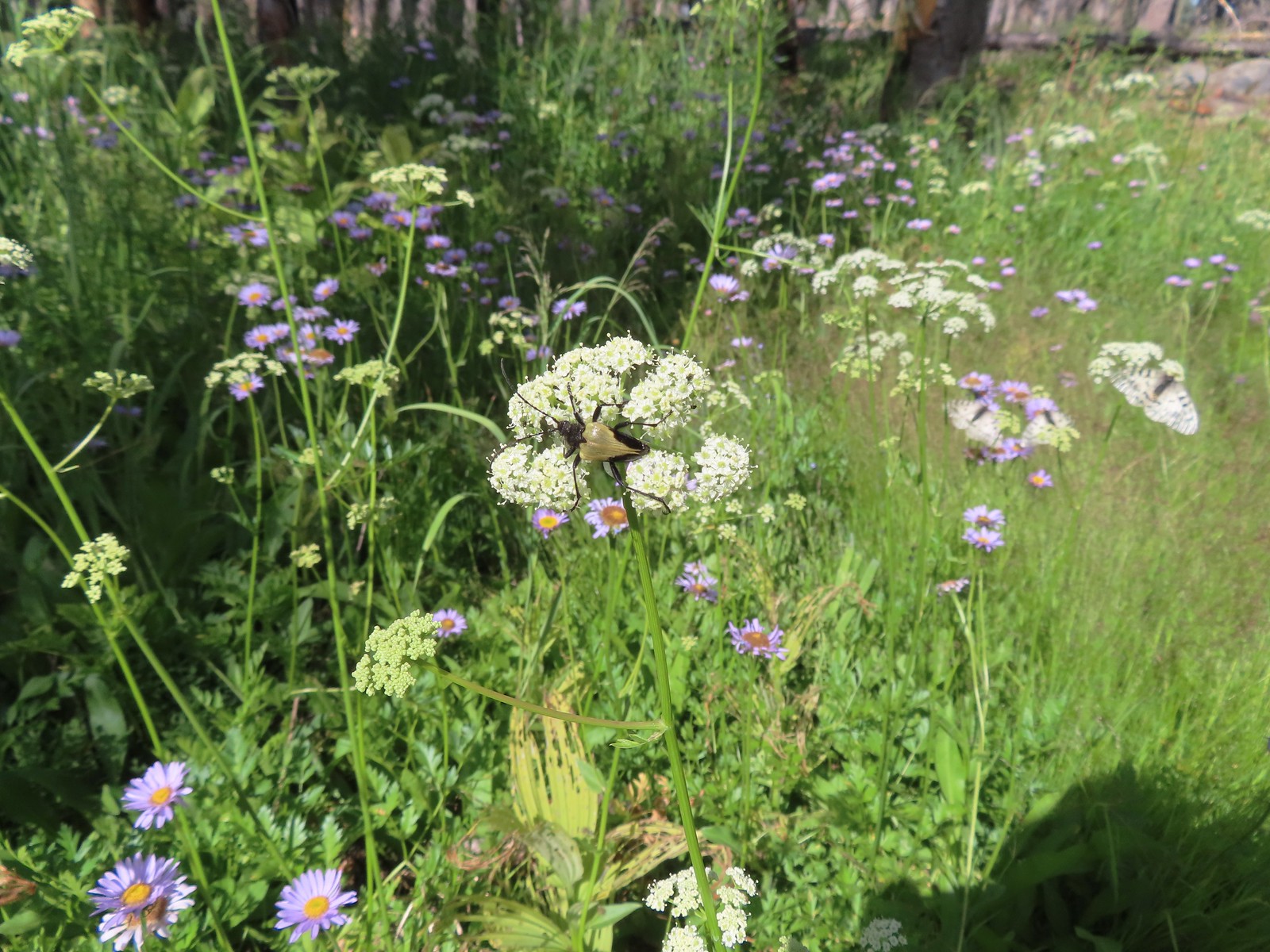 Big beetle. There are also three clodius parnassian butterflies behind to the right.
Big beetle. There are also three clodius parnassian butterflies behind to the right. Typical trail conditions. I spent a good deal of time removing limbs from the larger trees and pulled some of the smaller ones off the trail.
Typical trail conditions. I spent a good deal of time removing limbs from the larger trees and pulled some of the smaller ones off the trail. Doe below the trail.
Doe below the trail. More messy trail.
More messy trail. There was one small stand of unburned forest which provided a brief break from the blowdown.
There was one small stand of unburned forest which provided a brief break from the blowdown.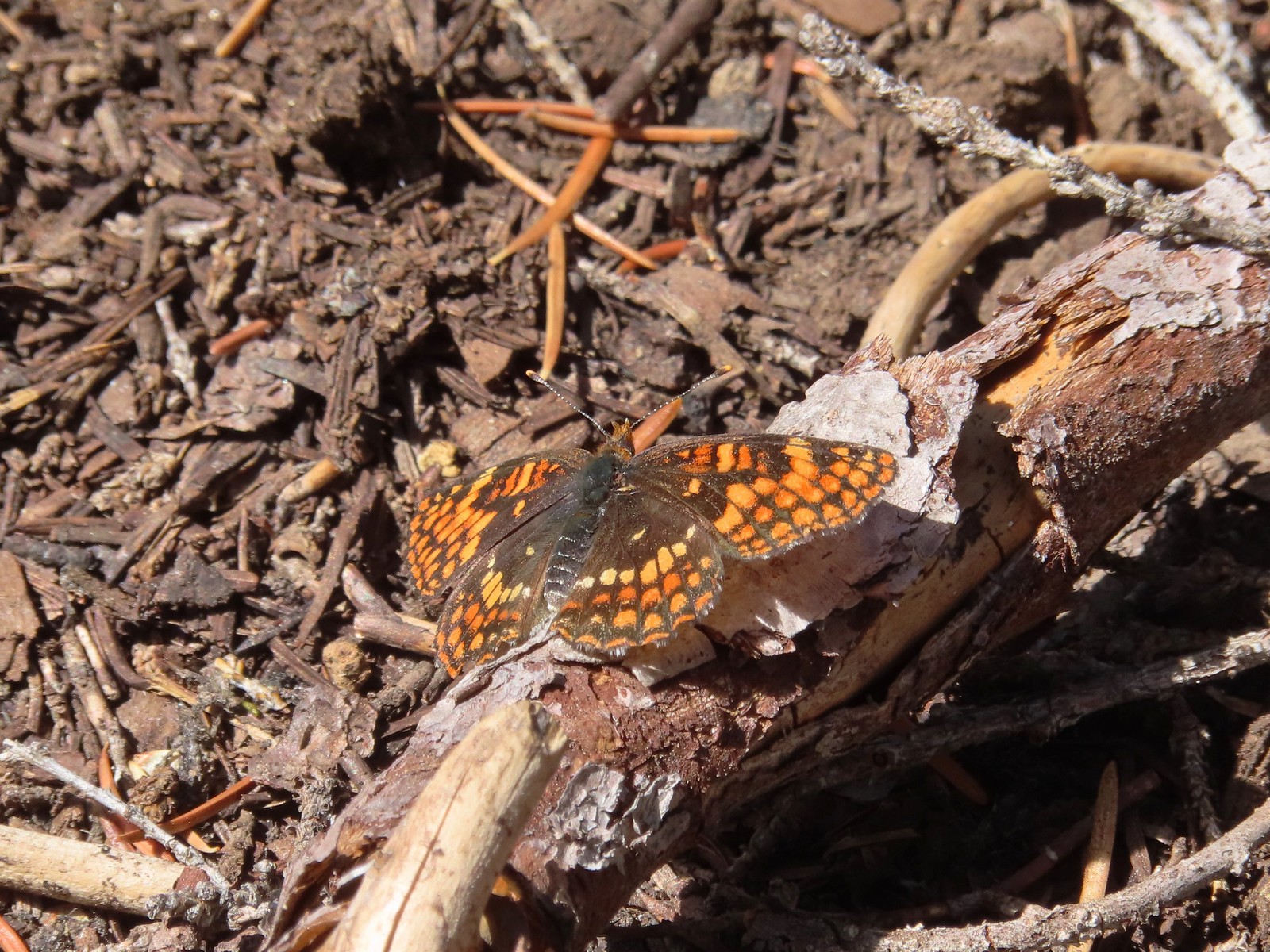 Checkerspot butterfly
Checkerspot butterfly Mylitta crescent and a hoary comma on spreading dogbane.
Mylitta crescent and a hoary comma on spreading dogbane. Paintbrush
Paintbrush I believe that is Tom Mountain and Jerry Mountain.
I believe that is Tom Mountain and Jerry Mountain. Bald Top to the right.
Bald Top to the right. Skipper
Skipper
 Mt. McLoughlin
Mt. McLoughlin Lorquin’s admiral
Lorquin’s admiral This was the worst of the obstacles.
This was the worst of the obstacles. We hadn’t seen a blue diamond since before the PCT but near the SW corner of the Park boundary we spotted a couple.
We hadn’t seen a blue diamond since before the PCT but near the SW corner of the Park boundary we spotted a couple. Post ahead marking the boundary. The trail passed through a narrow gap here where the blowdown was heavy.
Post ahead marking the boundary. The trail passed through a narrow gap here where the blowdown was heavy.





 Arnica below the falls and fireweed above the falls added some nice color to the scene.
Arnica below the falls and fireweed above the falls added some nice color to the scene. One-sided wintergreen
One-sided wintergreen



 Small falls on Red Blanket Creek.
Small falls on Red Blanket Creek. Pink monkeyflower
Pink monkeyflower I’d lost the trail here but headed for the patch of bright orange wildflowers to see what they were.
I’d lost the trail here but headed for the patch of bright orange wildflowers to see what they were.






 Red Blanket Falls
Red Blanket Falls View down Red Blanket Creek
View down Red Blanket Creek A spring fed waterfall along Red Blanket Creek below the falls.
A spring fed waterfall along Red Blanket Creek below the falls. A second and third tier of Red Blanket Falls just below the upper fall. I wasn’t able to get a clearer view of these two drops. I hiked a short distance down the creek but decided the poor trail conditions and loss of elevation weren’t worth going further down the trail with no guarantee of a better view.
A second and third tier of Red Blanket Falls just below the upper fall. I wasn’t able to get a clearer view of these two drops. I hiked a short distance down the creek but decided the poor trail conditions and loss of elevation weren’t worth going further down the trail with no guarantee of a better view. The three drops of Red Blanket Falls
The three drops of Red Blanket Falls One more of Red Blanket Falls.
One more of Red Blanket Falls. Another little cascade.
Another little cascade.

 Along this rock outcrop I found switchbacks that I’d missed on the way to the falls.
Along this rock outcrop I found switchbacks that I’d missed on the way to the falls. This might be a black backed woodpecker.
This might be a black backed woodpecker. This cairn was new to me as well. At this point I was quite a bit below our track from the morning and I was afraid that I might pass Heather without knowing it if she was sticking to the earlier route.
This cairn was new to me as well. At this point I was quite a bit below our track from the morning and I was afraid that I might pass Heather without knowing it if she was sticking to the earlier route. Hummingbird
Hummingbird Goose egg on the left.
Goose egg on the left.
 Painted lady
Painted lady A checkerspot and a copper on sub-alpine fleabane.
A checkerspot and a copper on sub-alpine fleabane. Arriving back at the PCT. We again crossed paths with a thru hiker on the way to Mazama Village.
Arriving back at the PCT. We again crossed paths with a thru hiker on the way to Mazama Village.
 Pussypaws
Pussypaws Dwarf lupine
Dwarf lupine